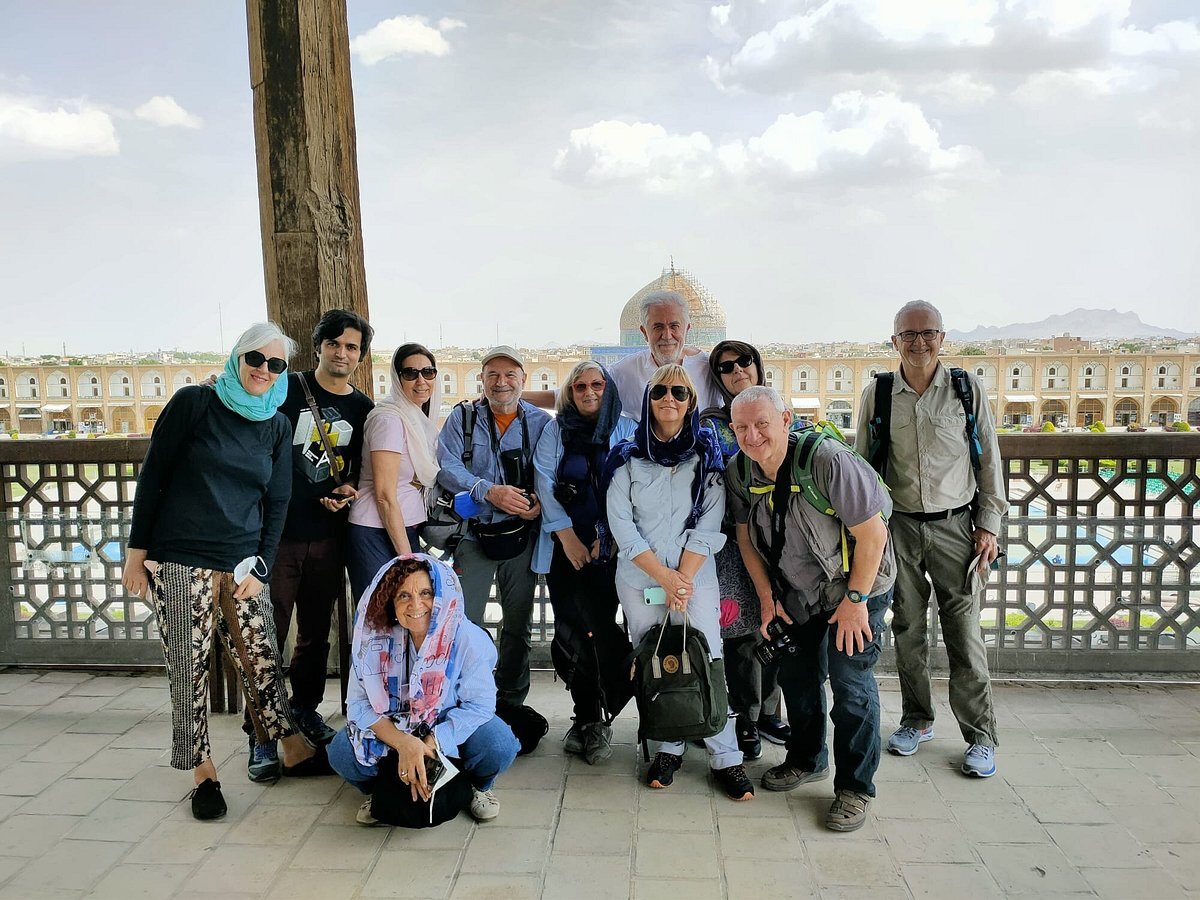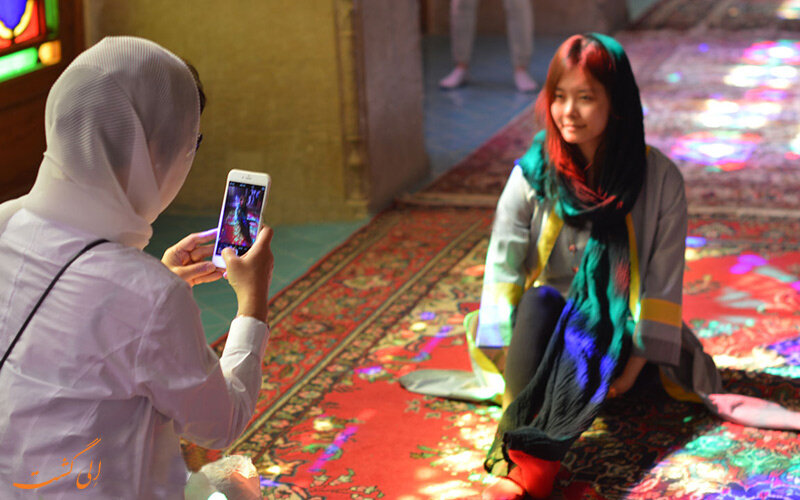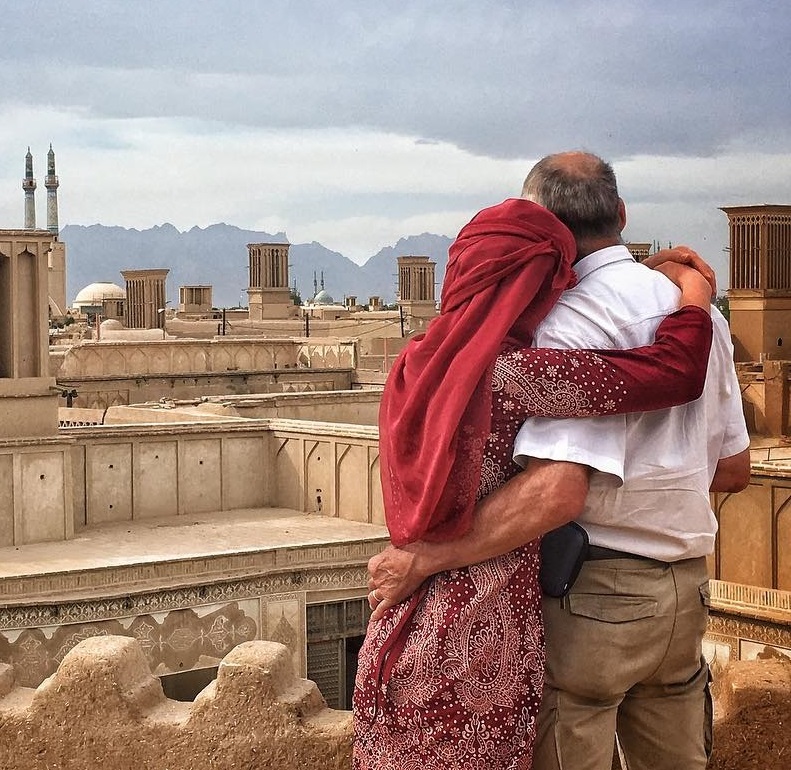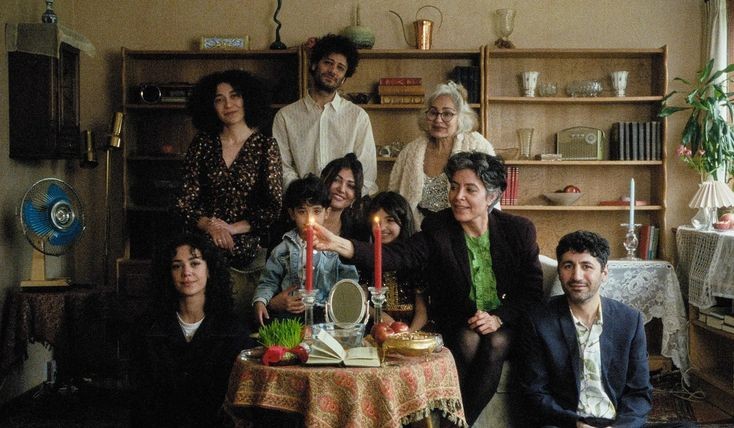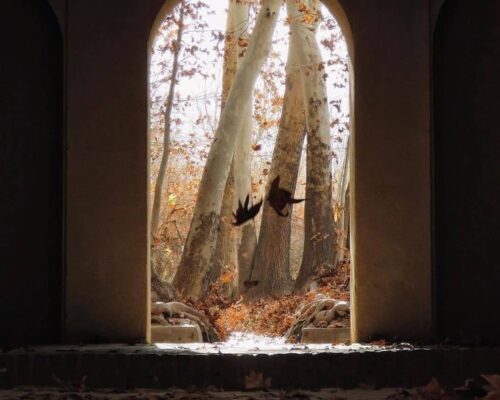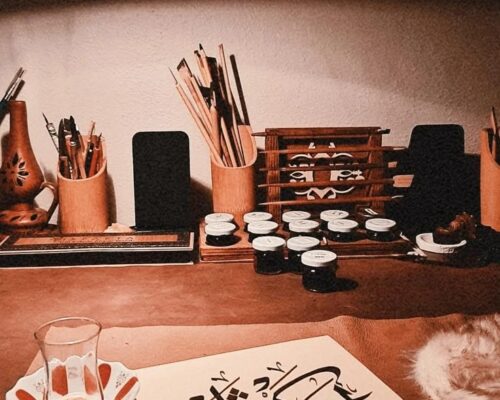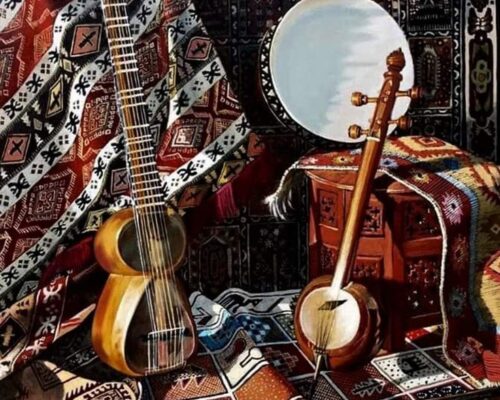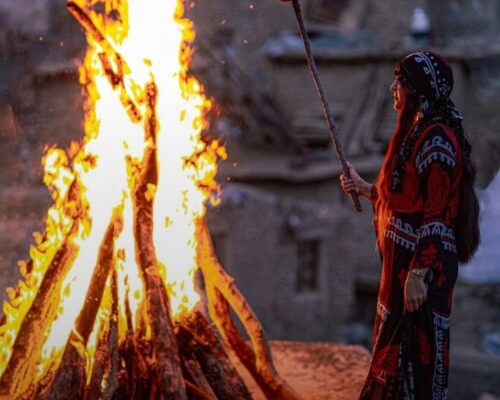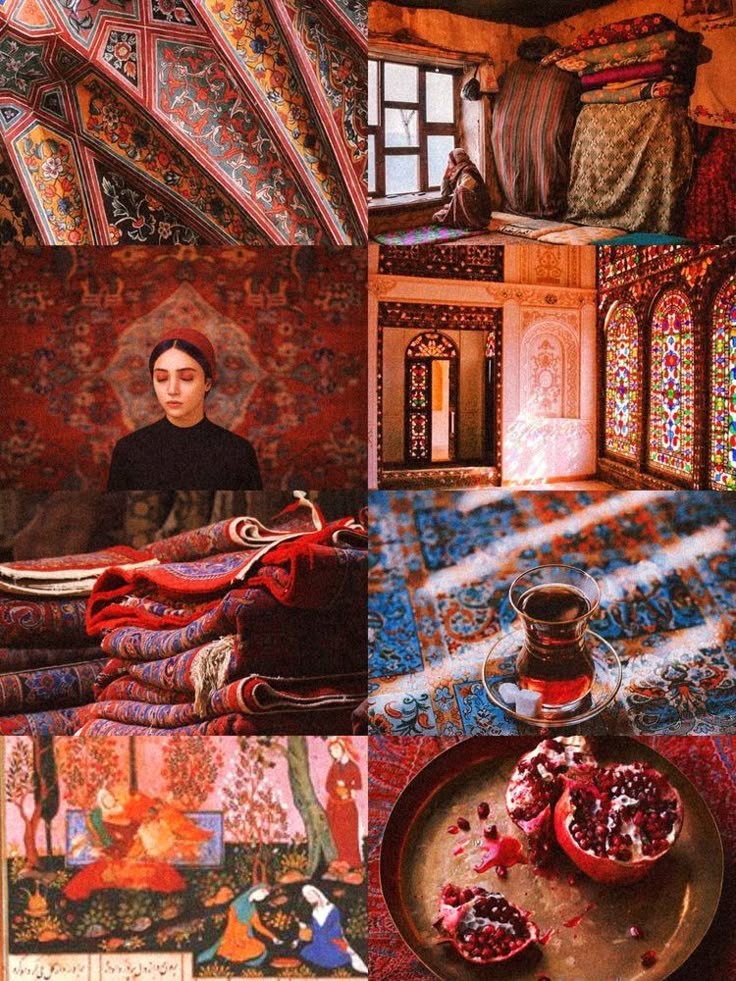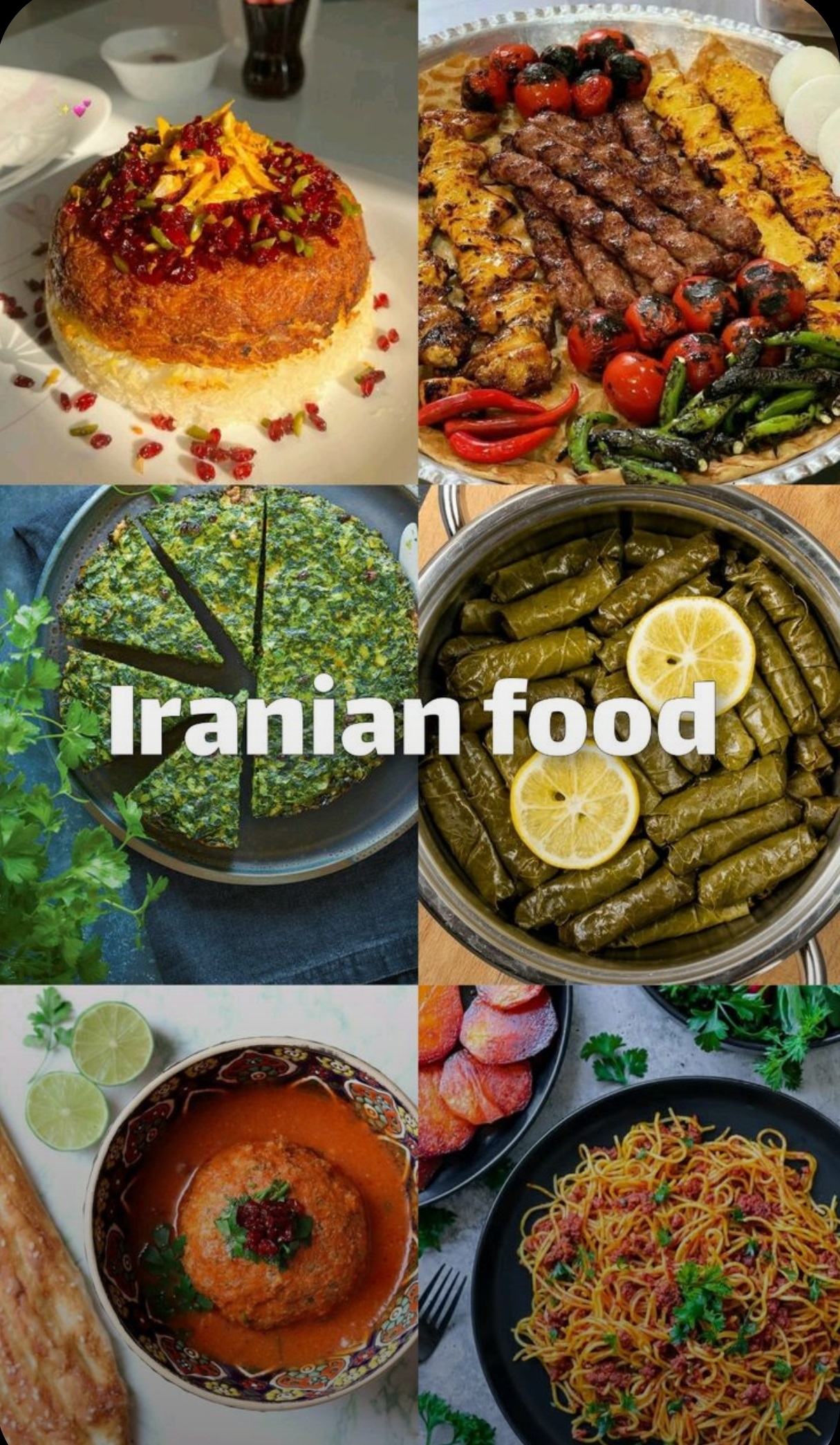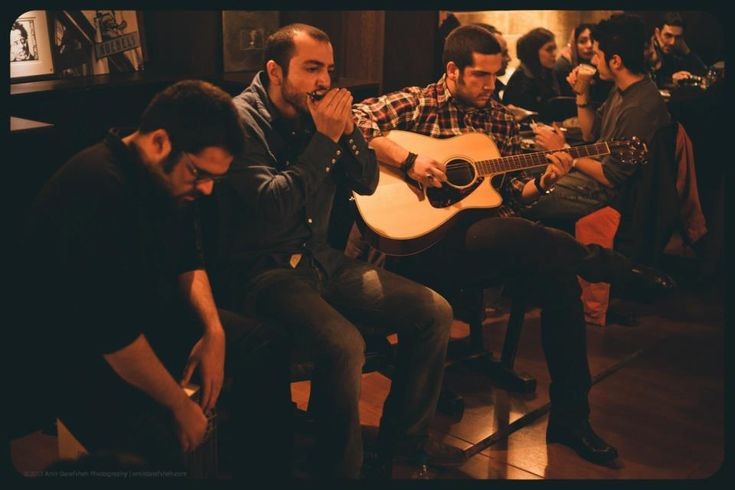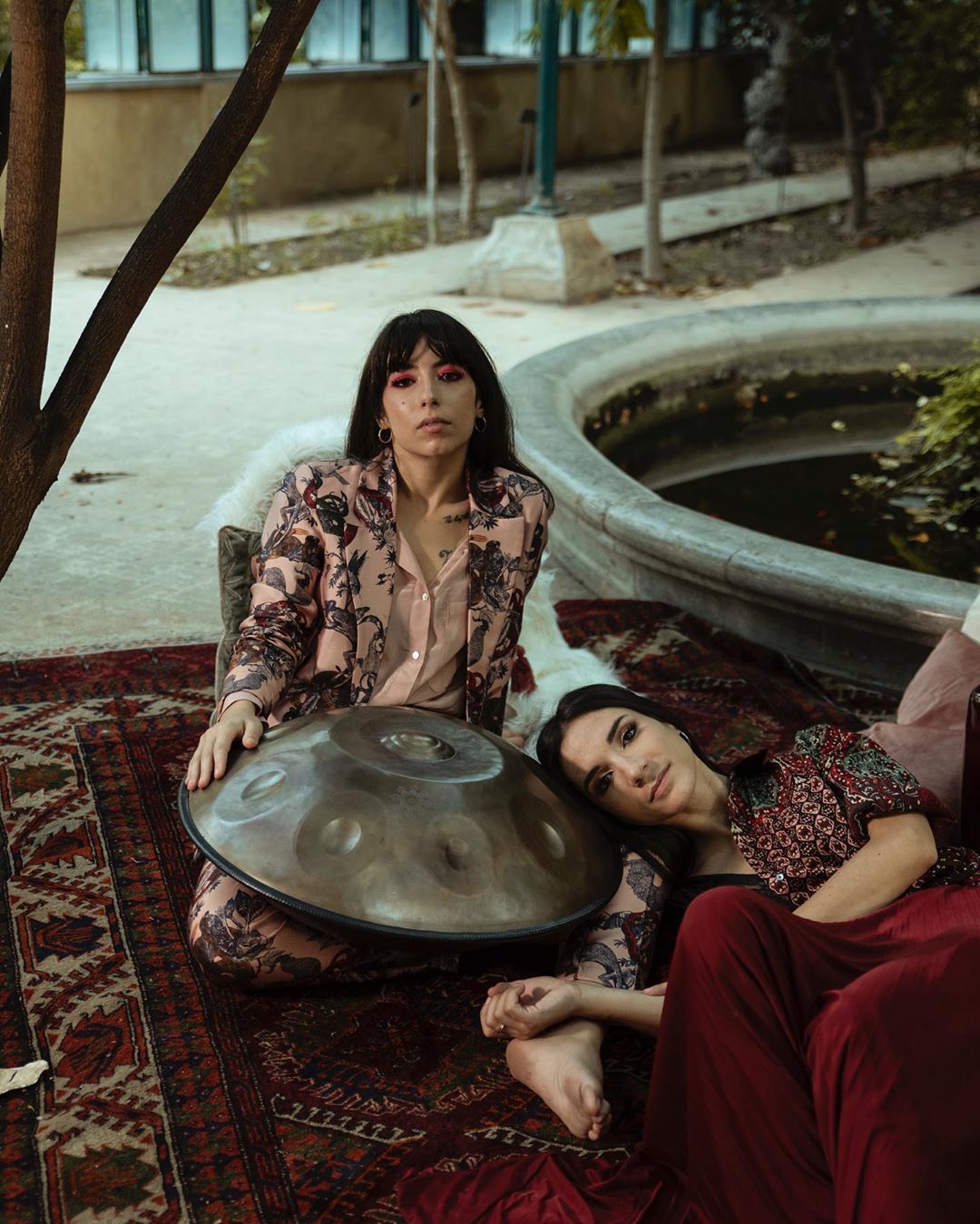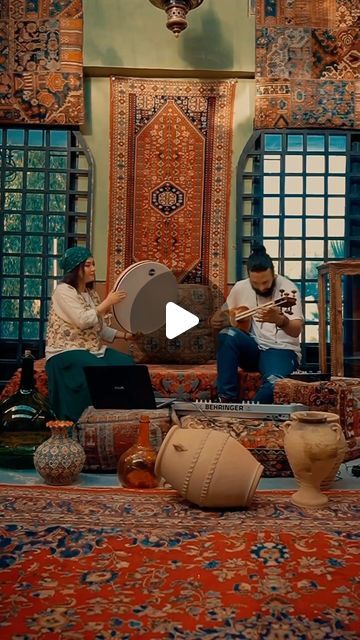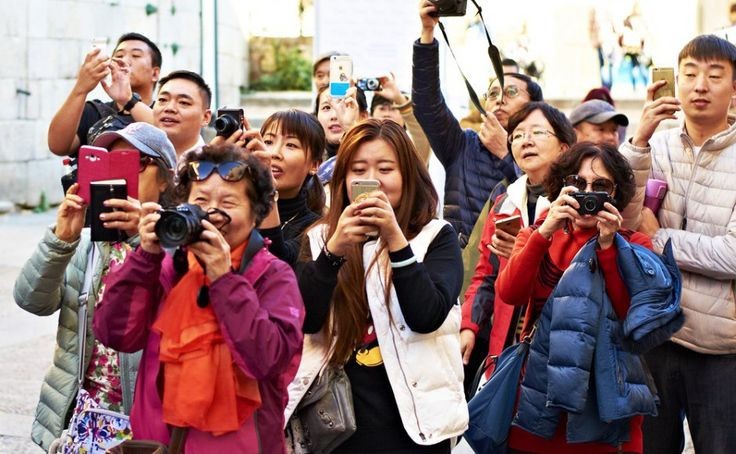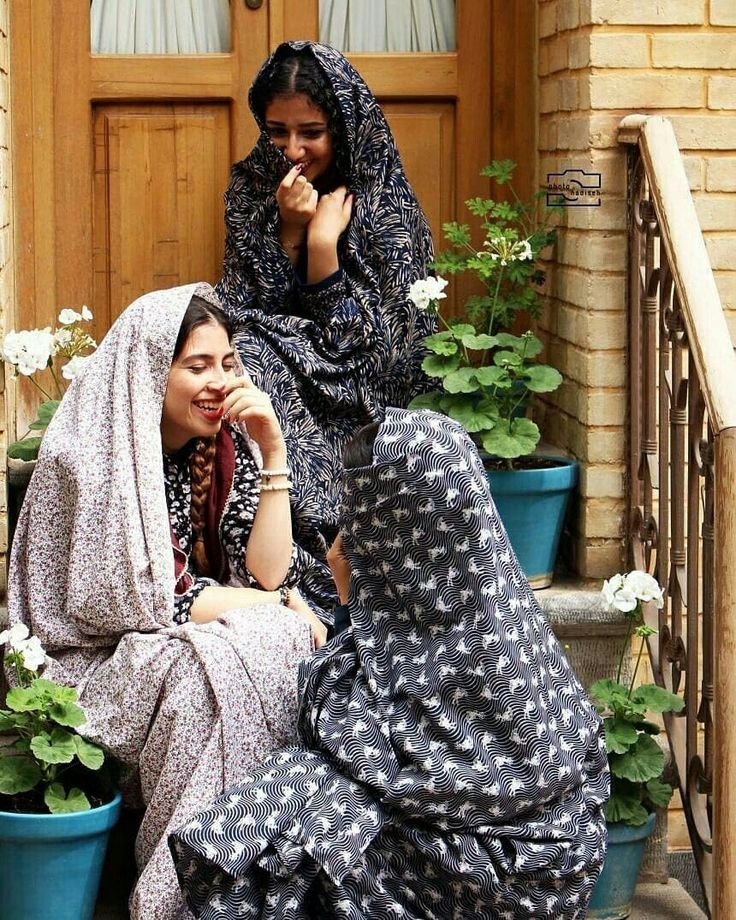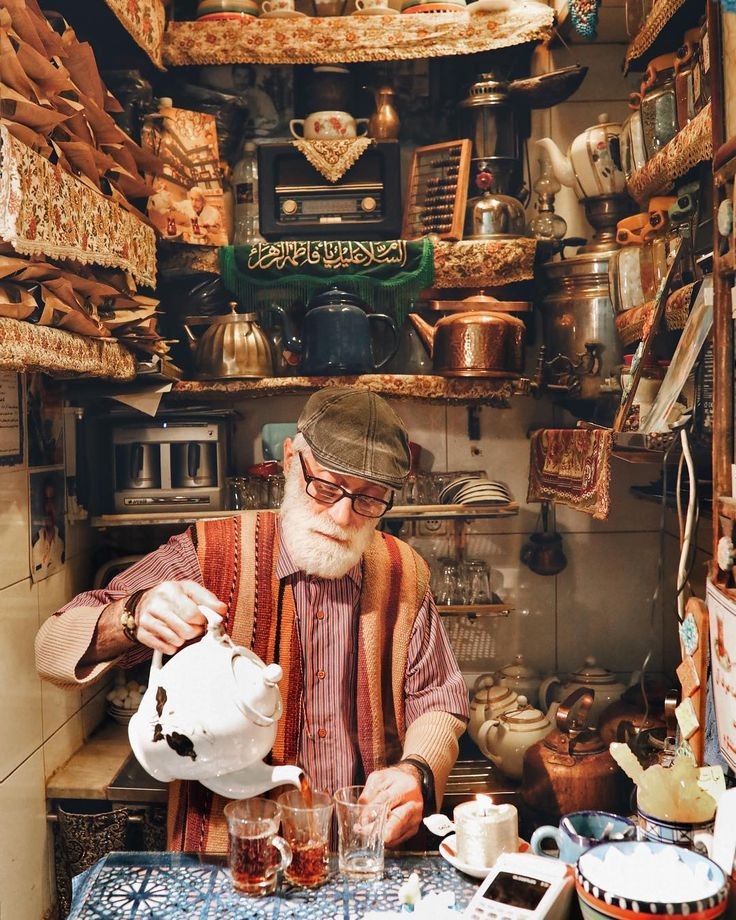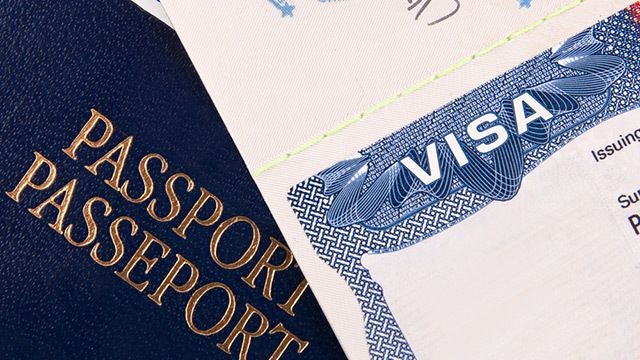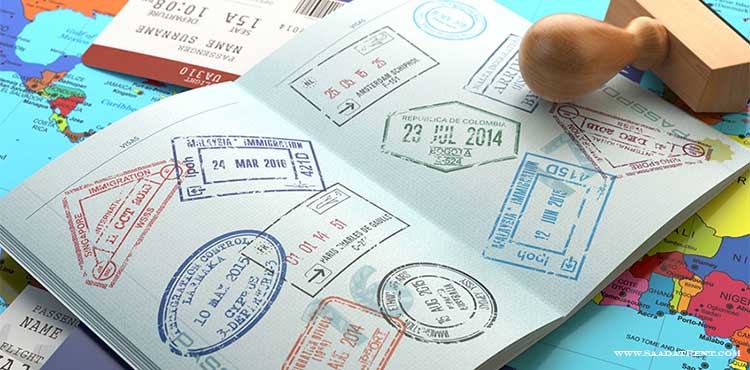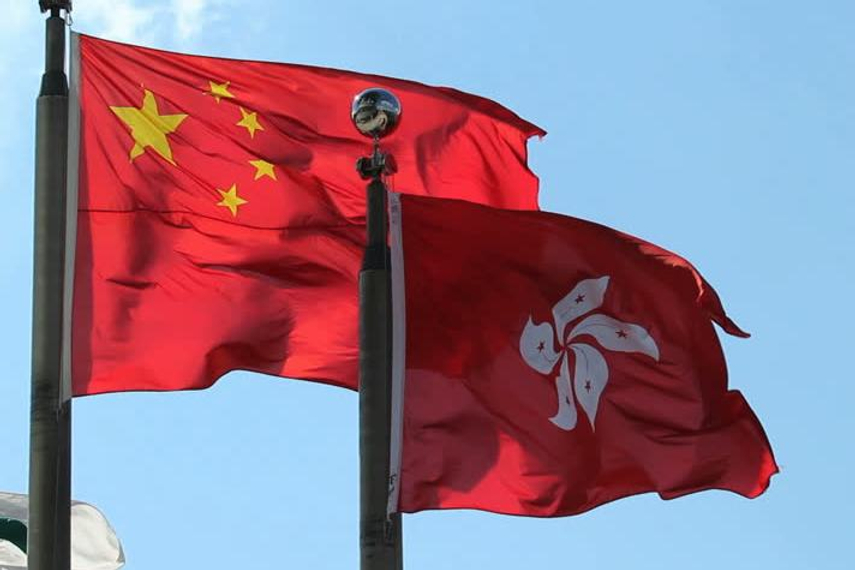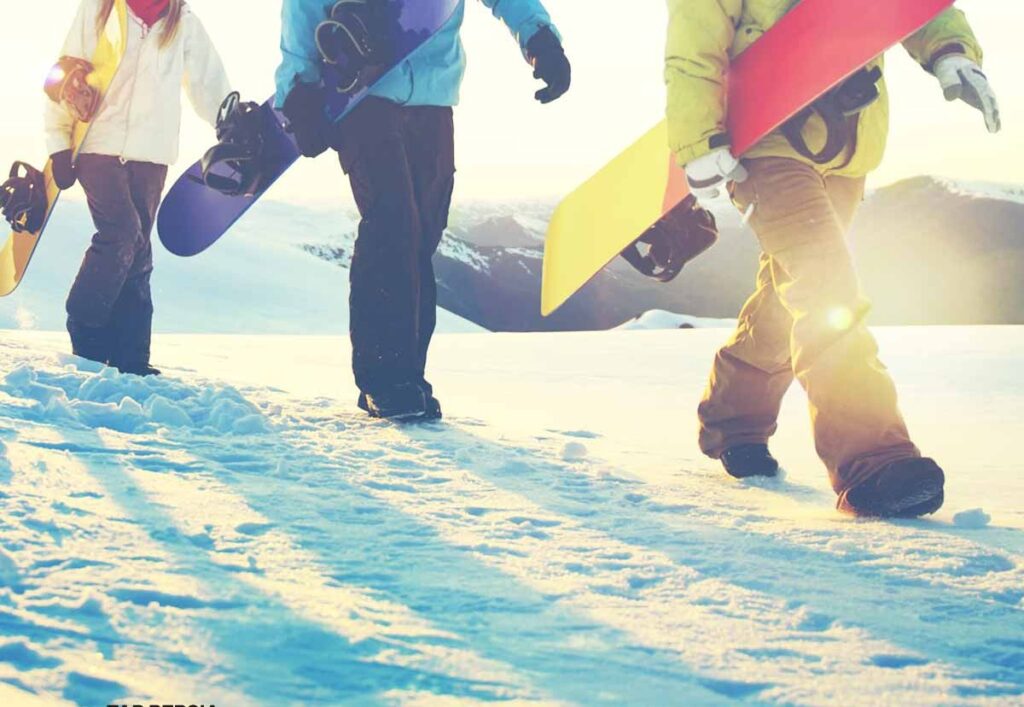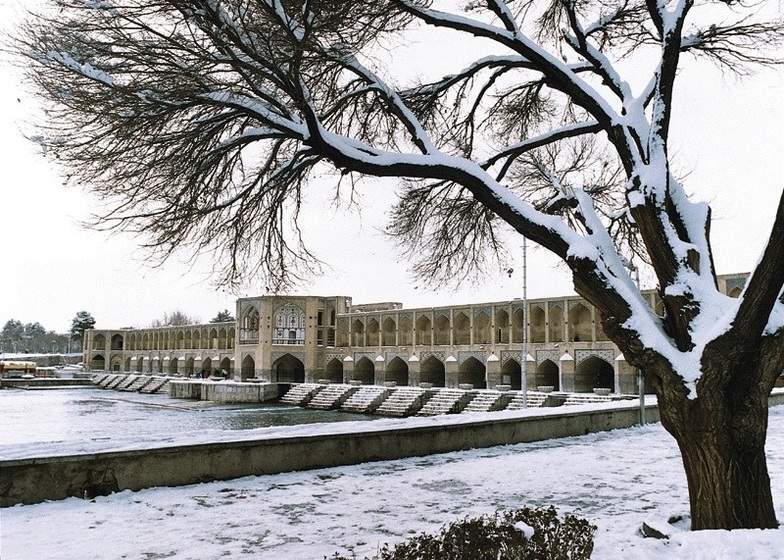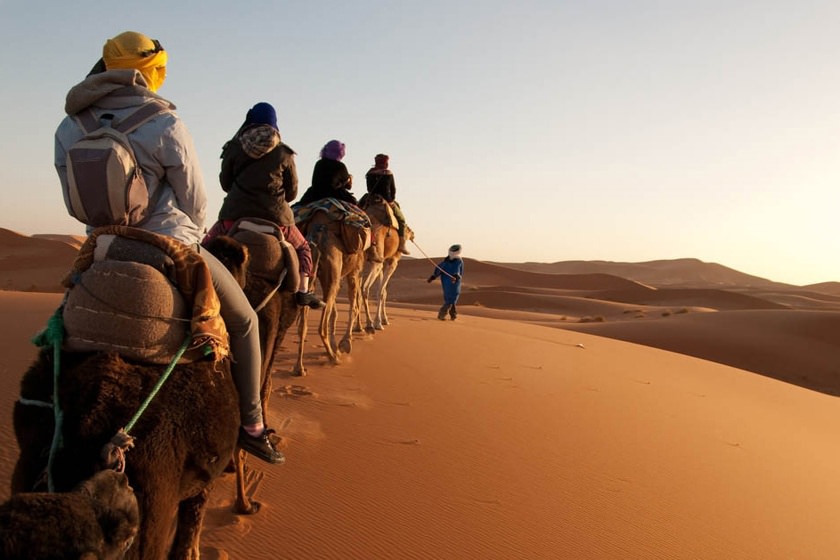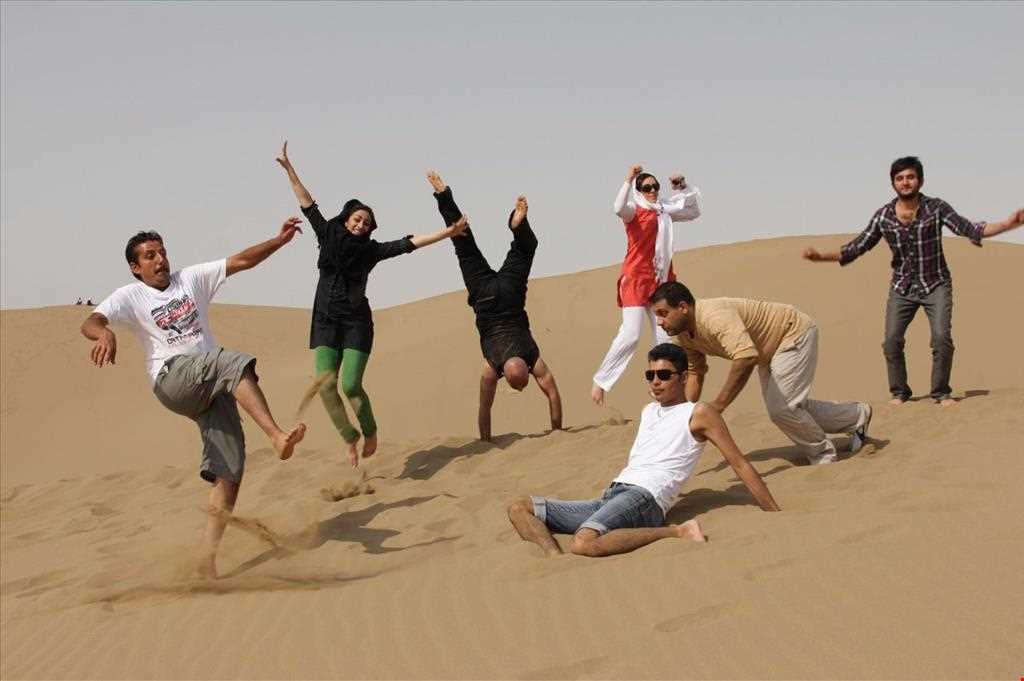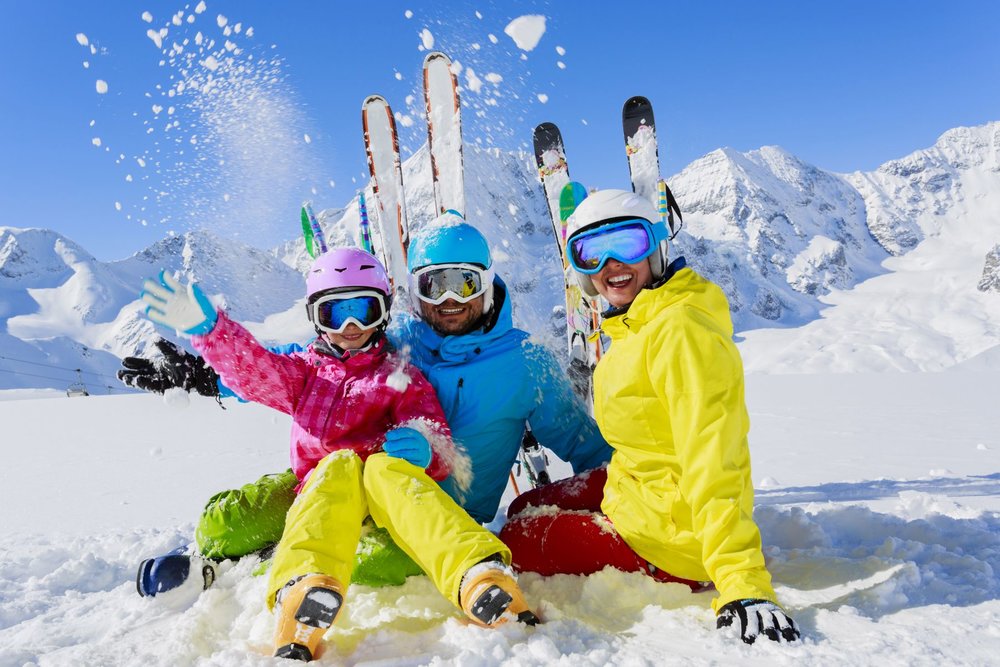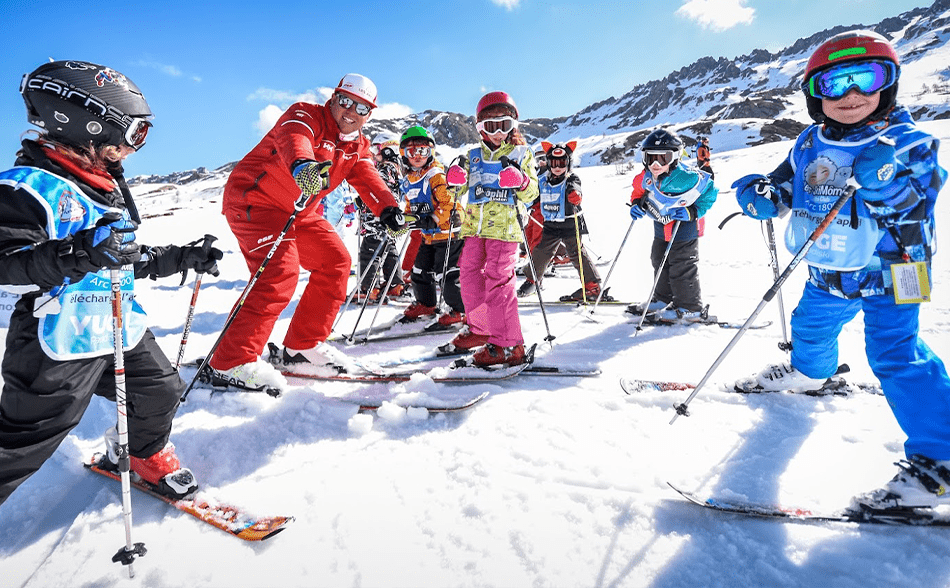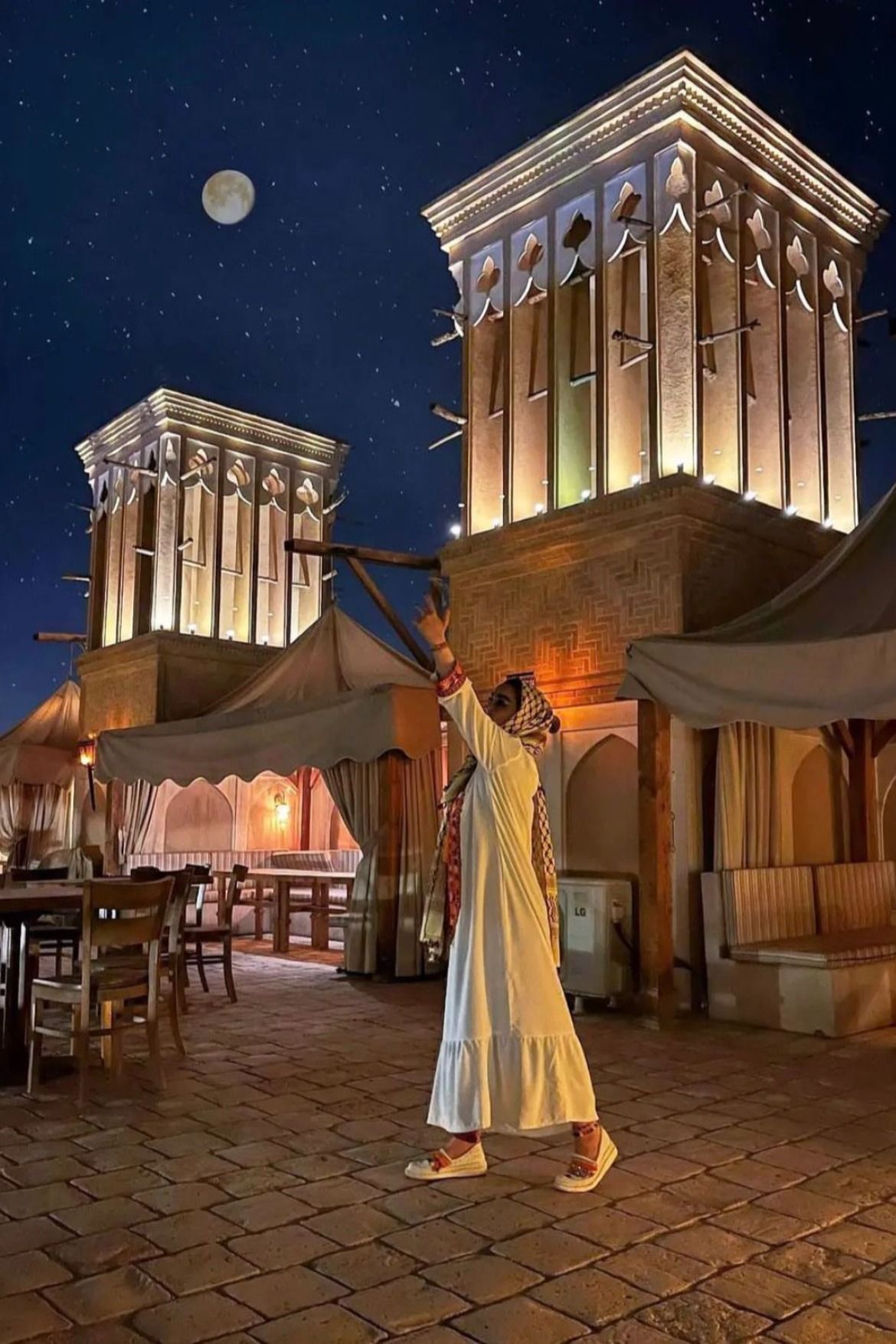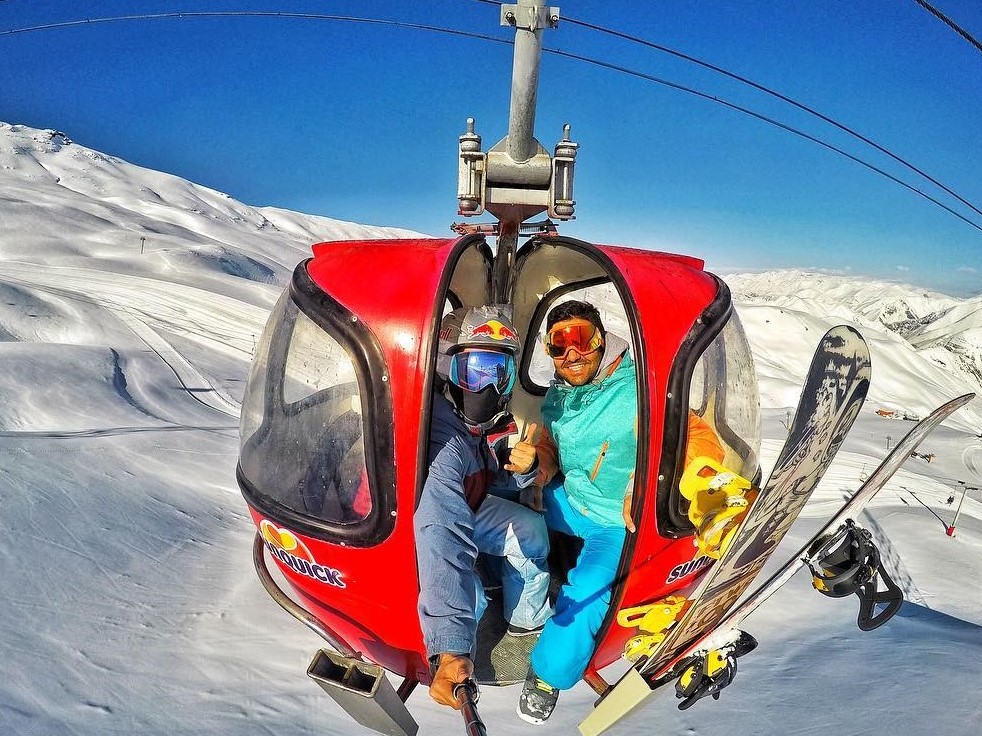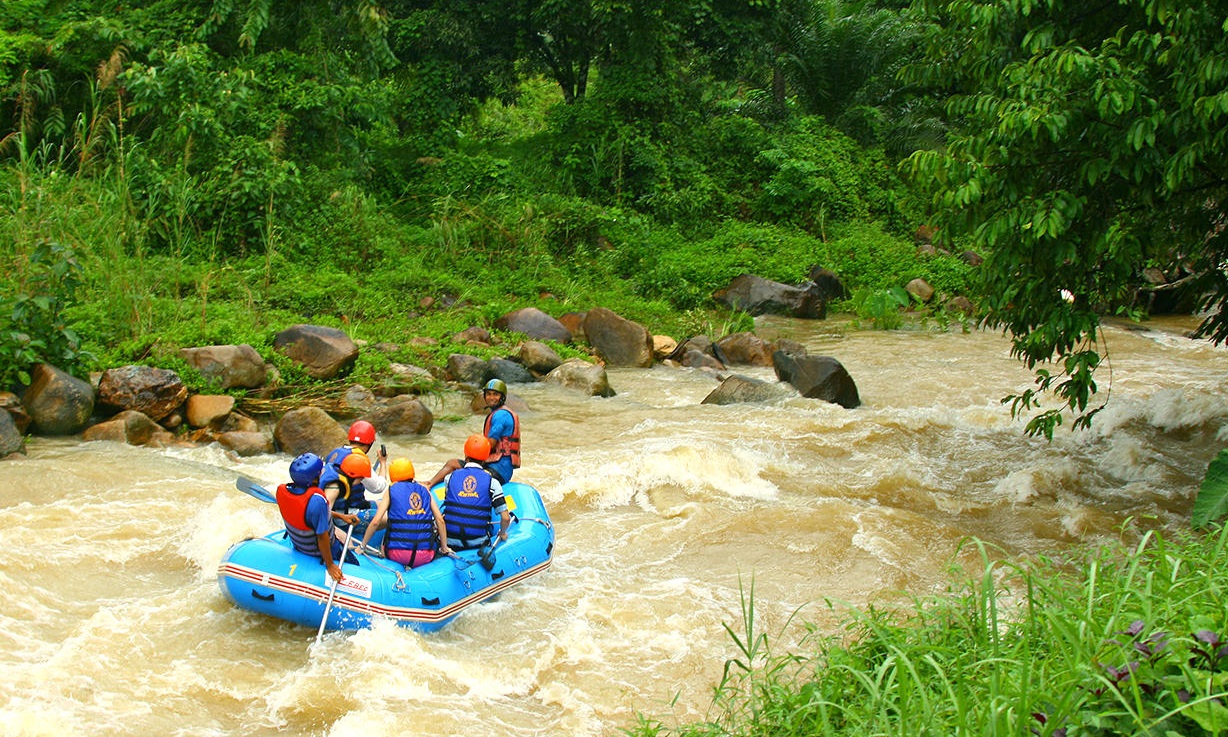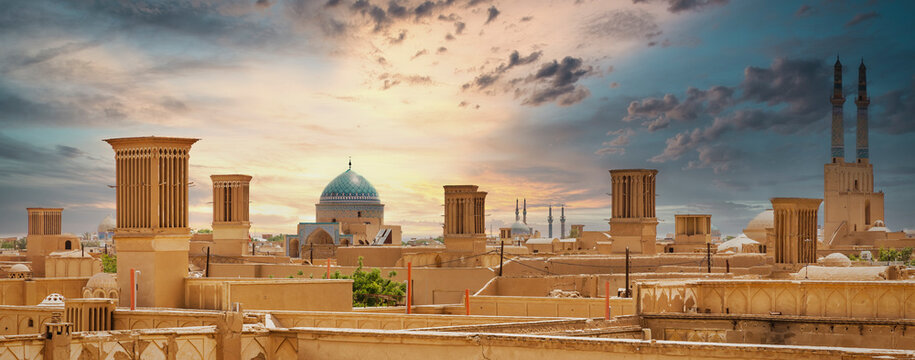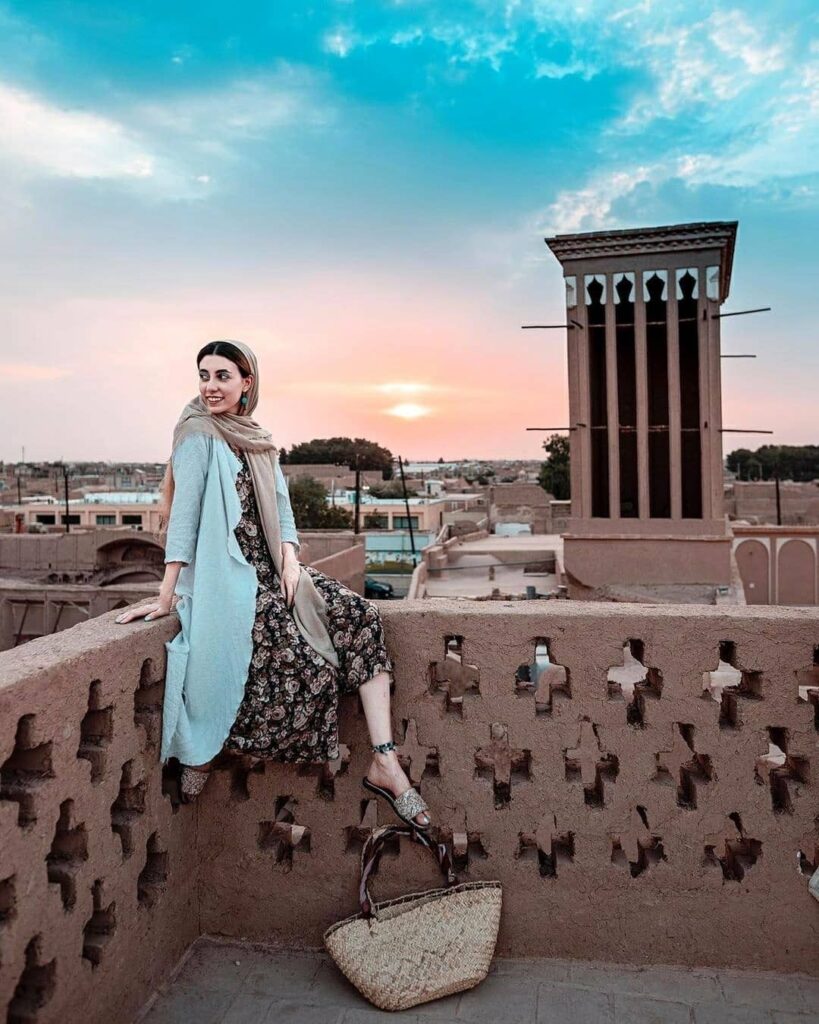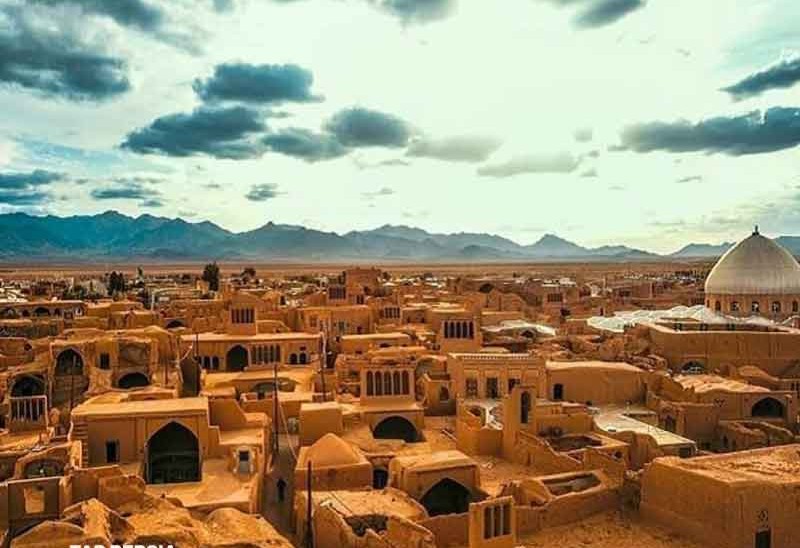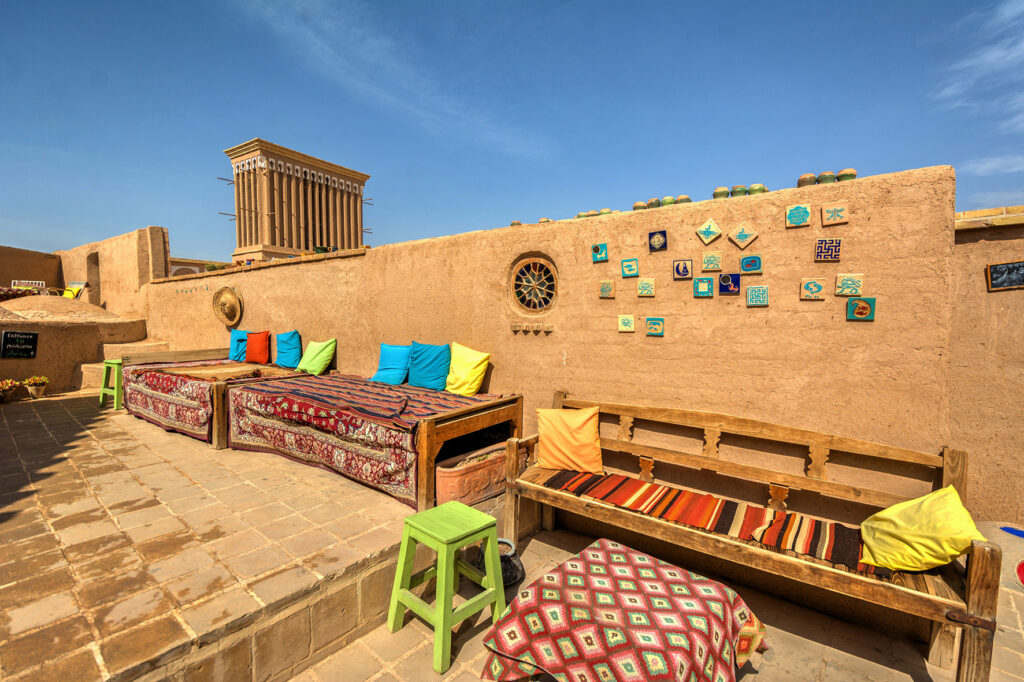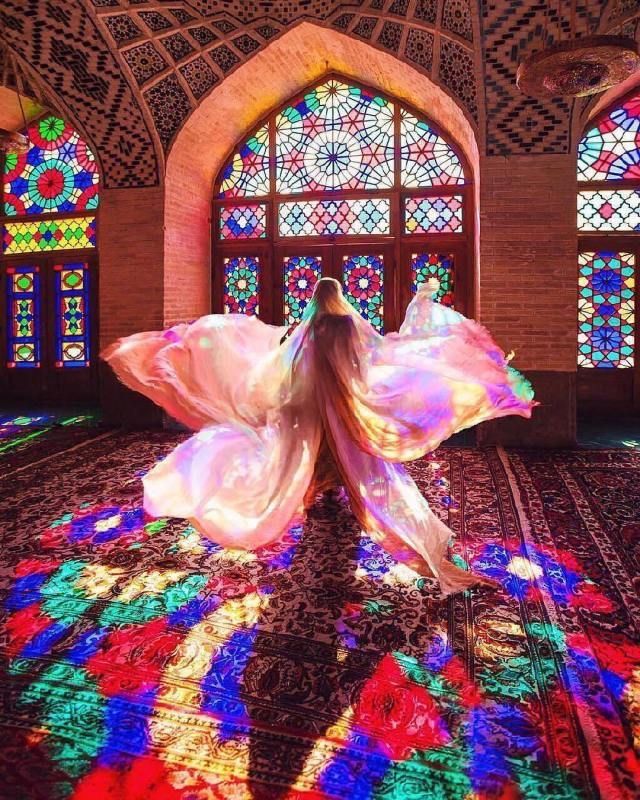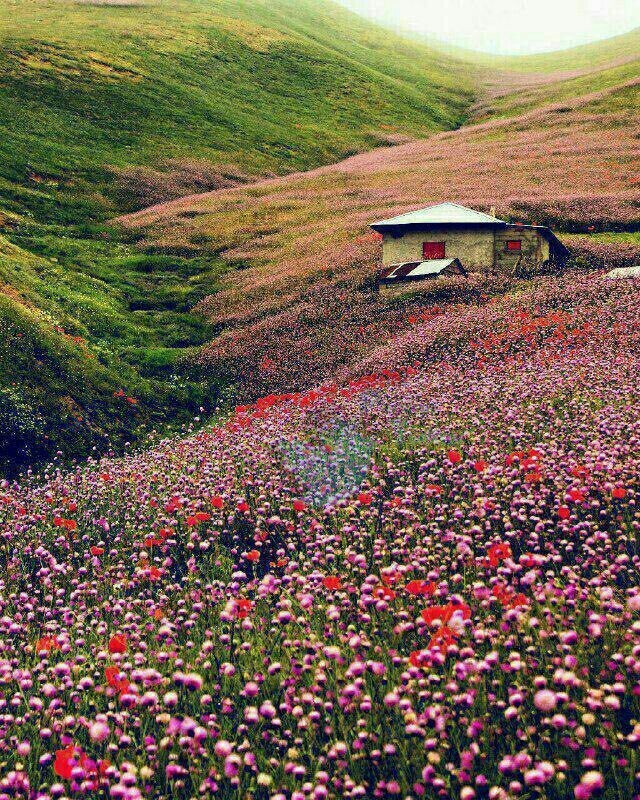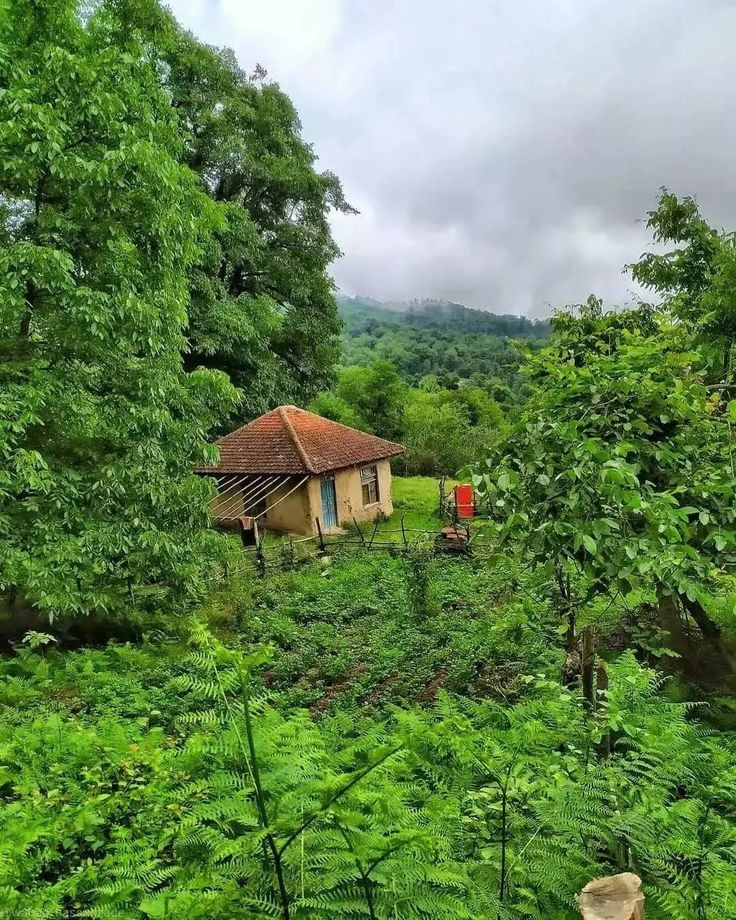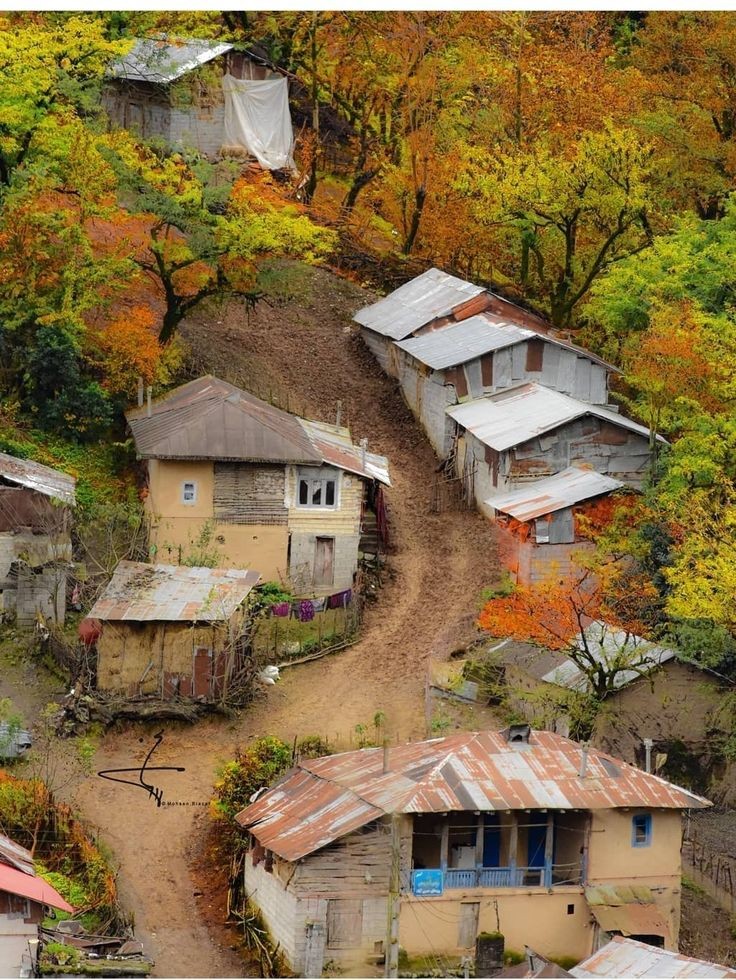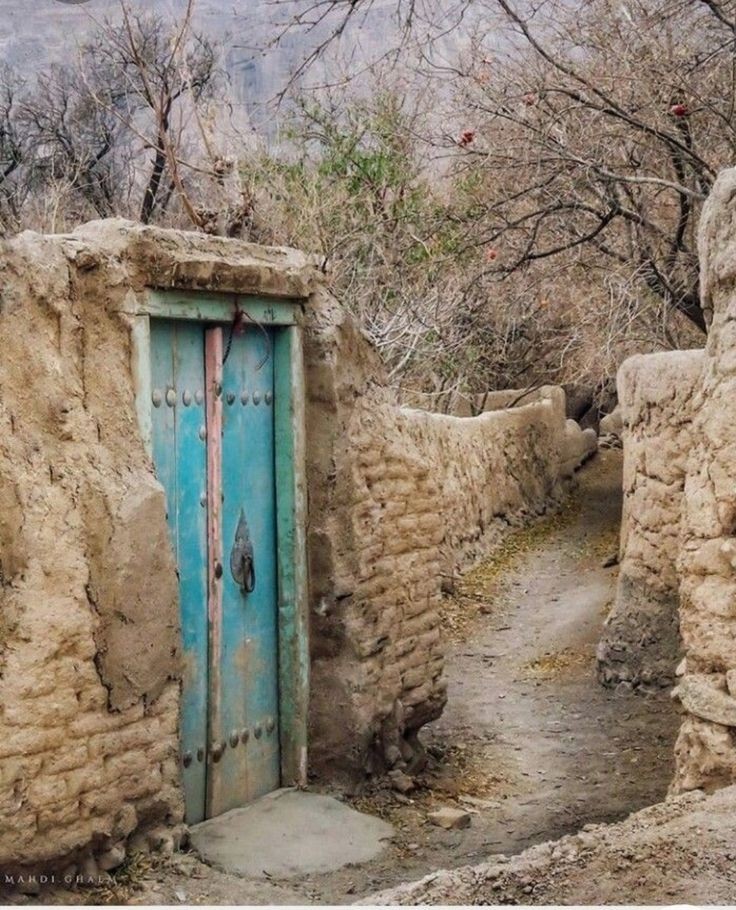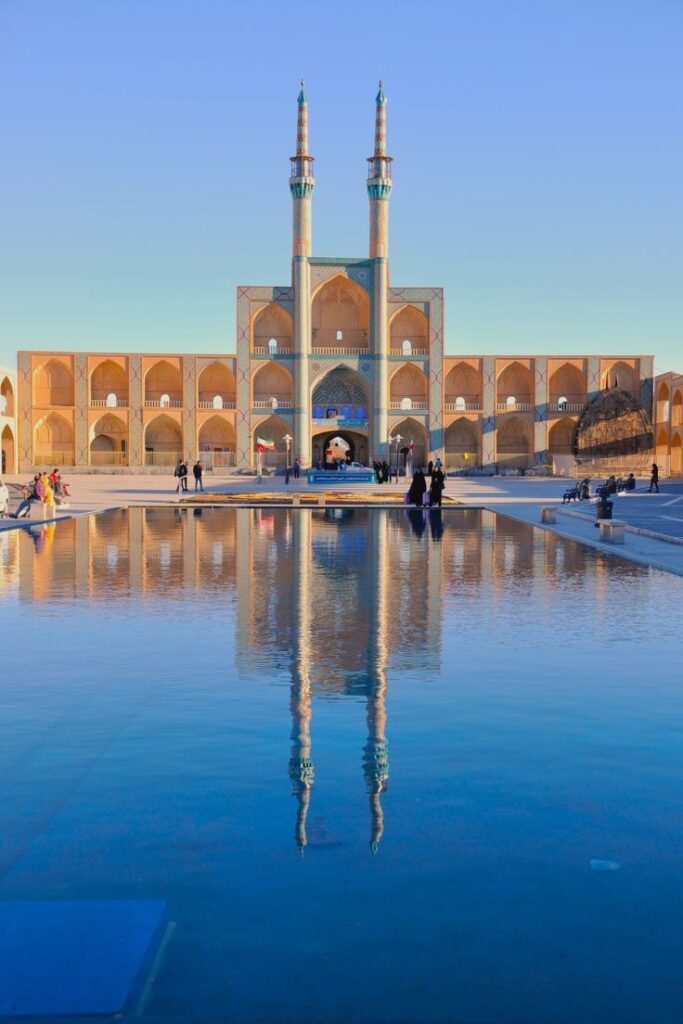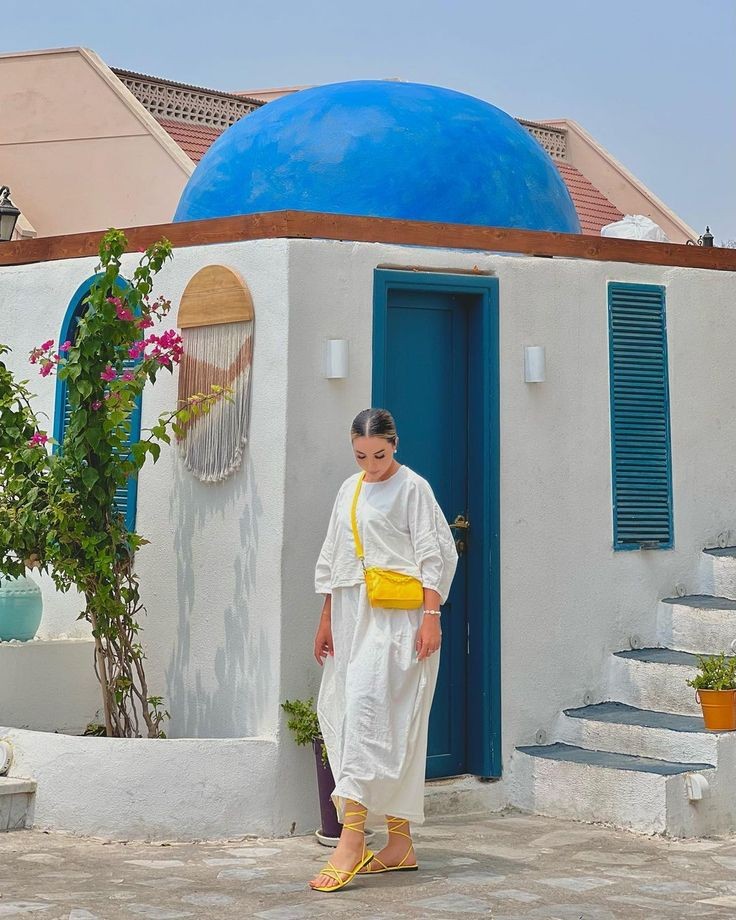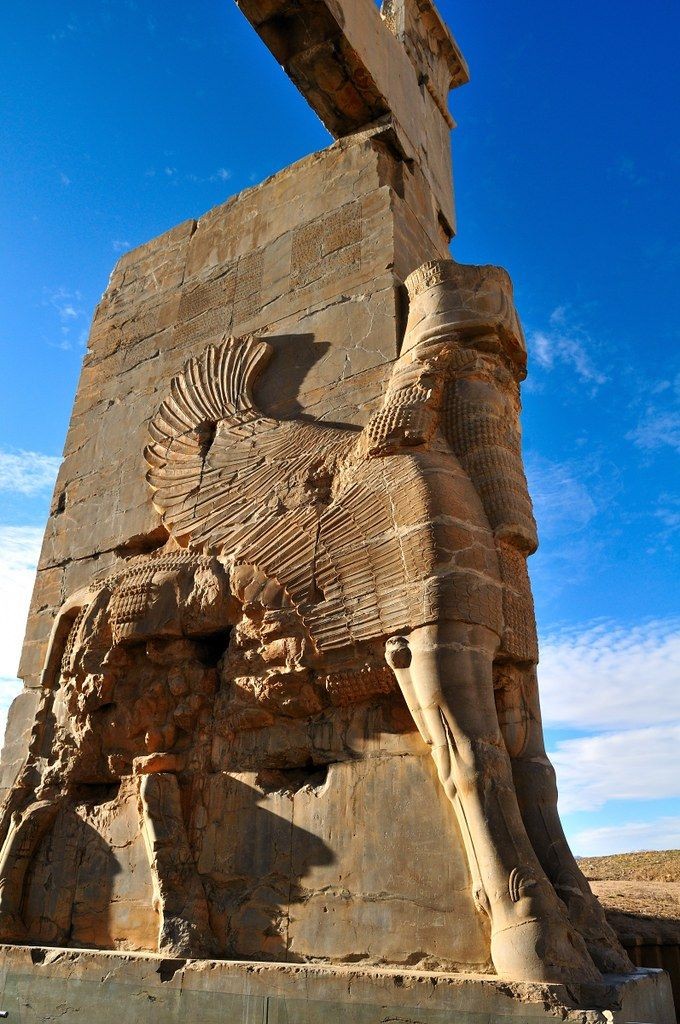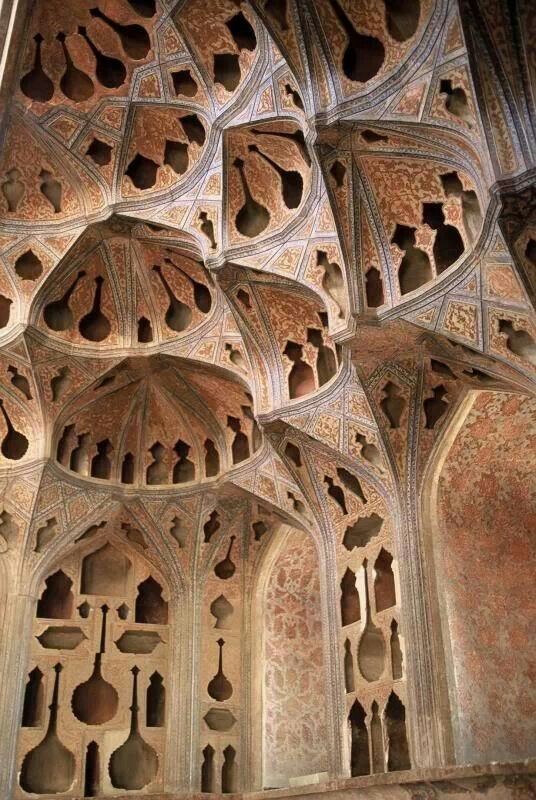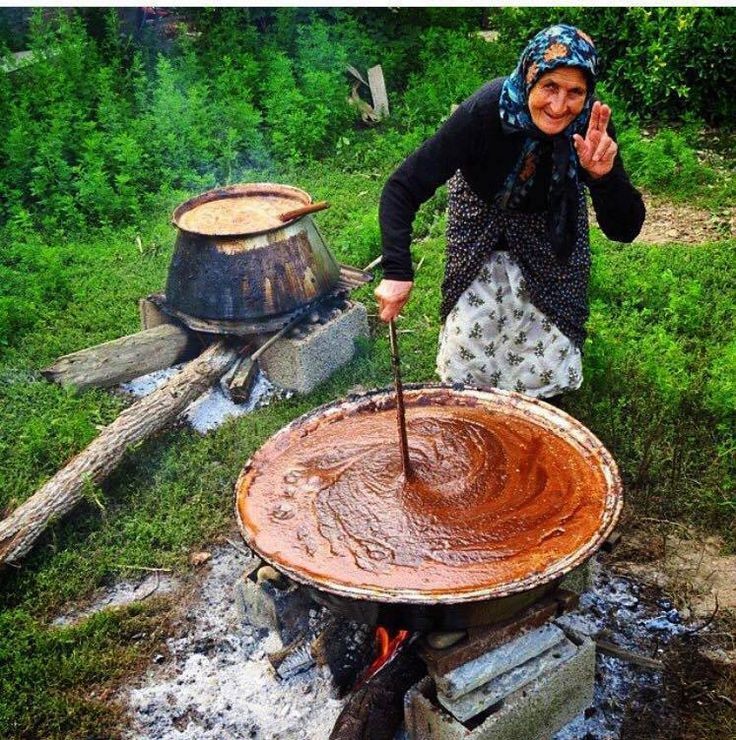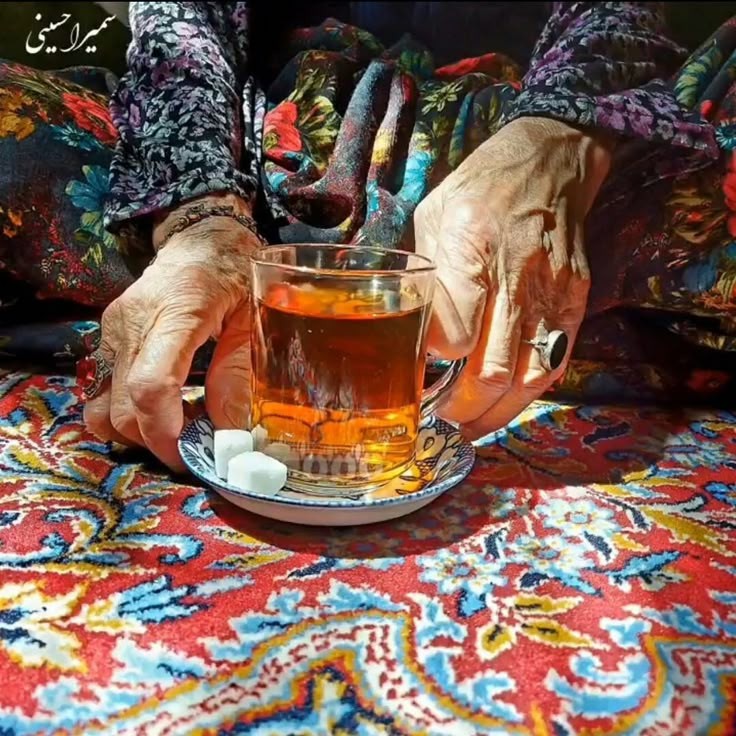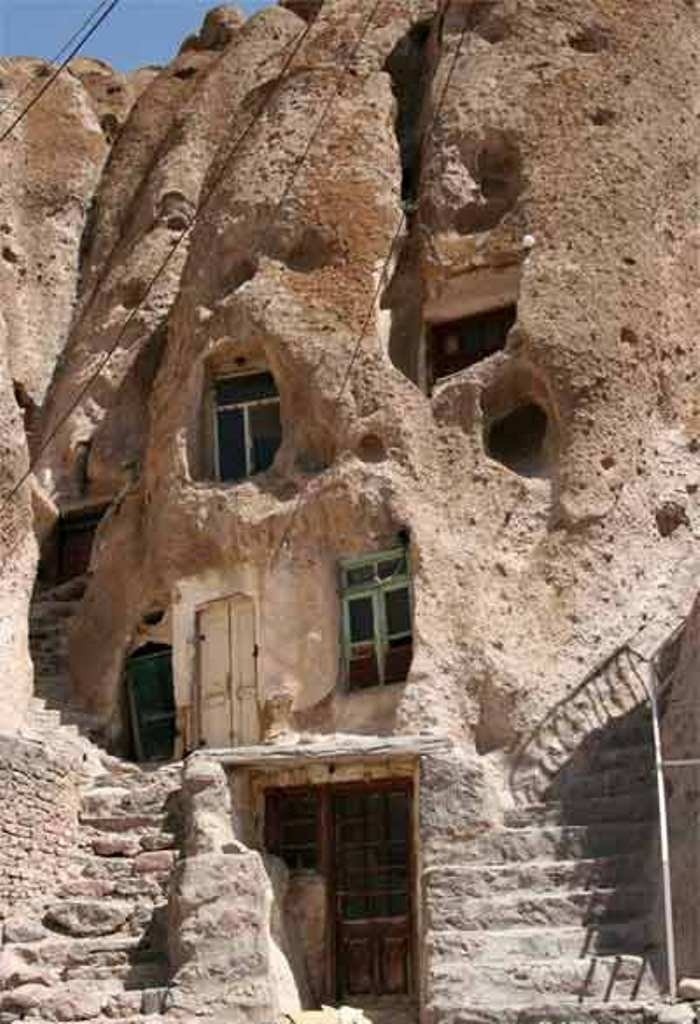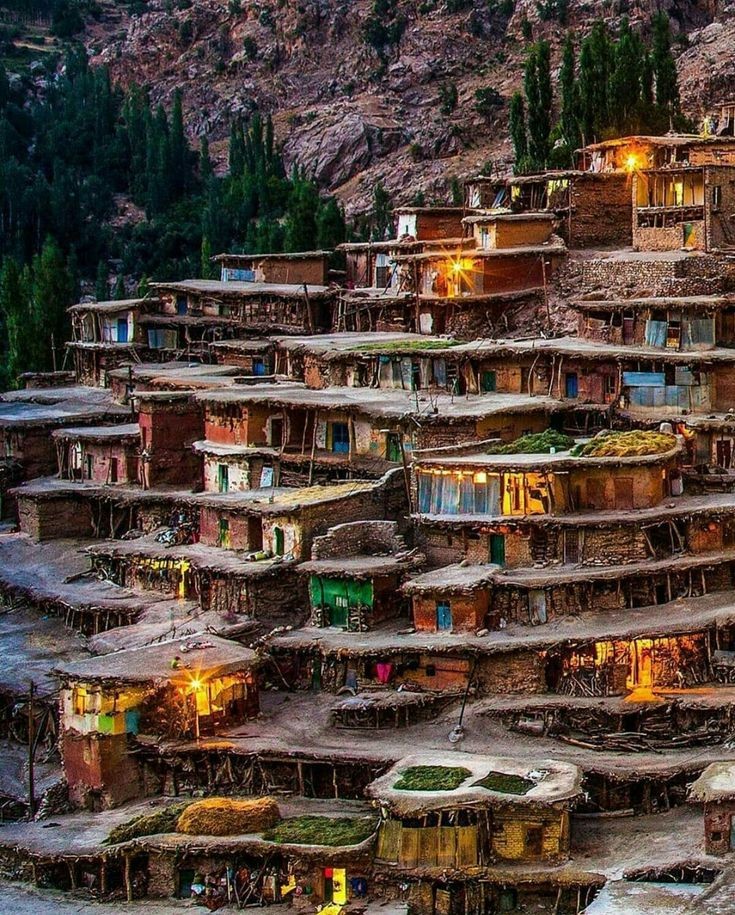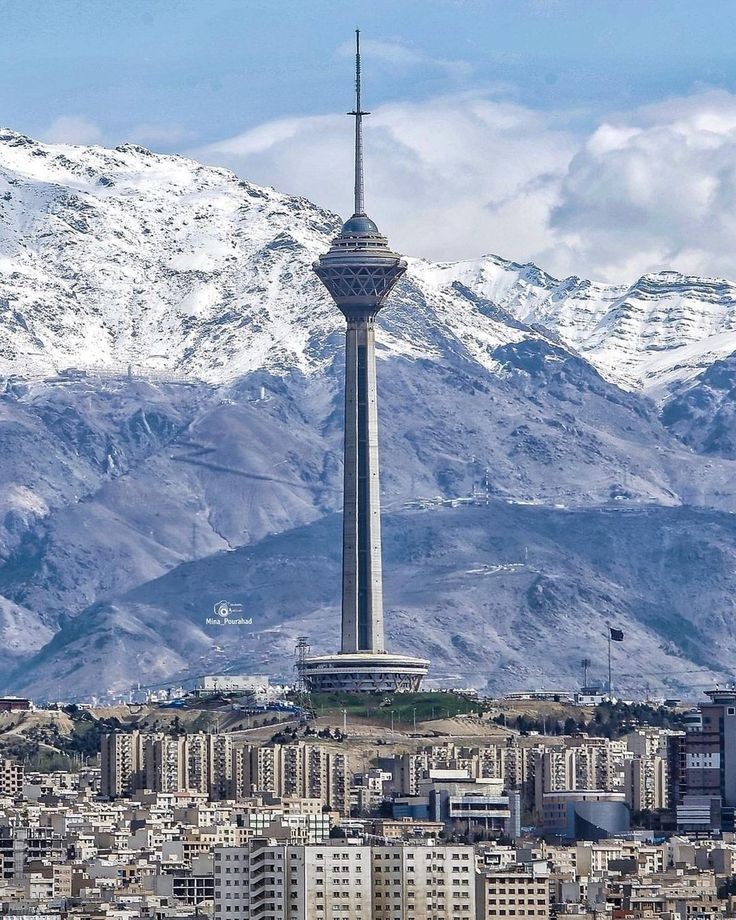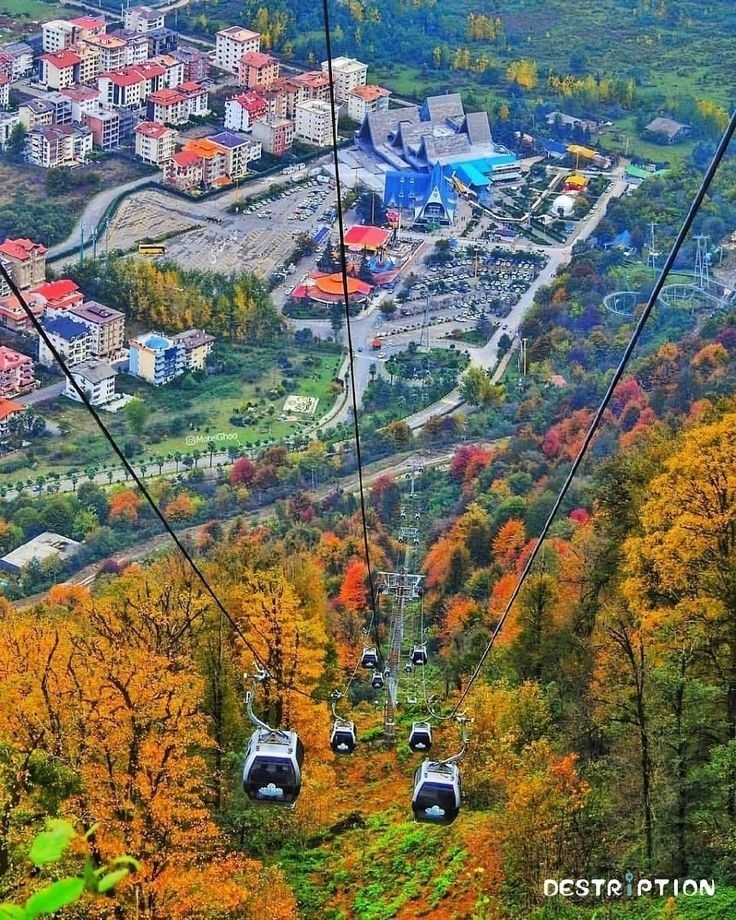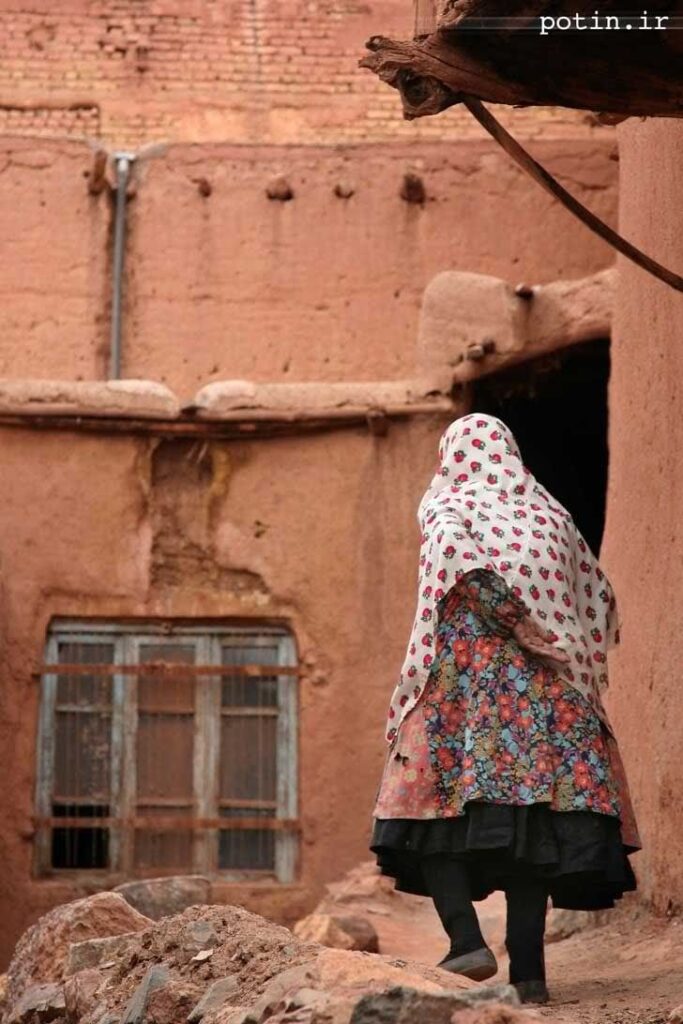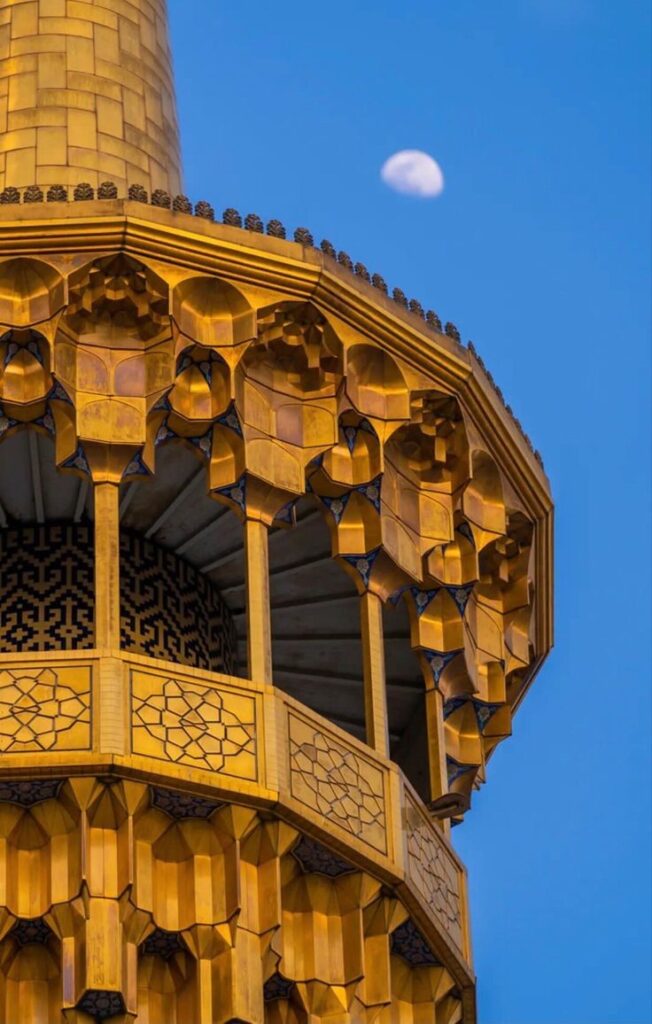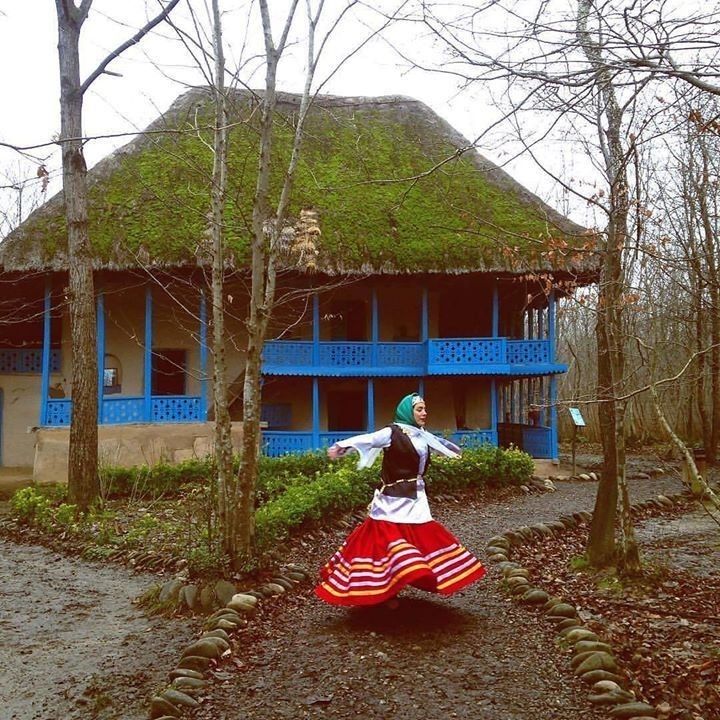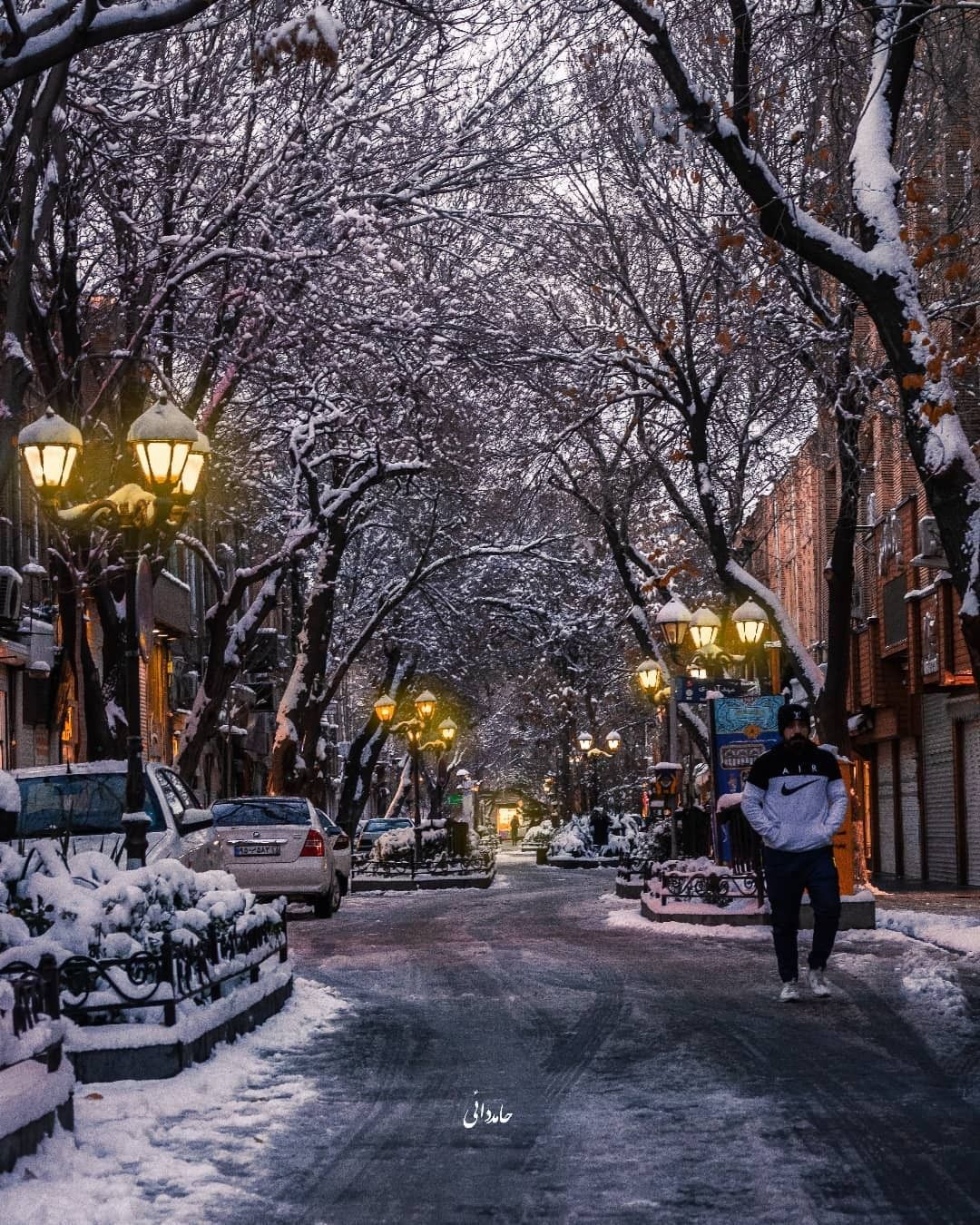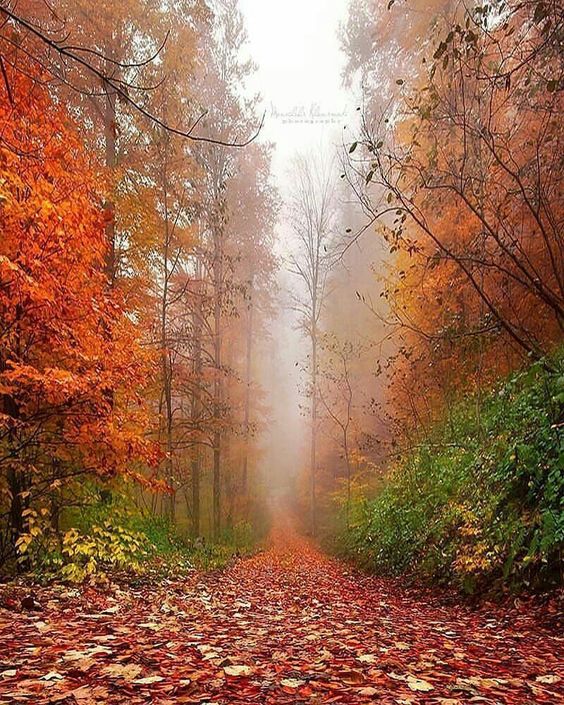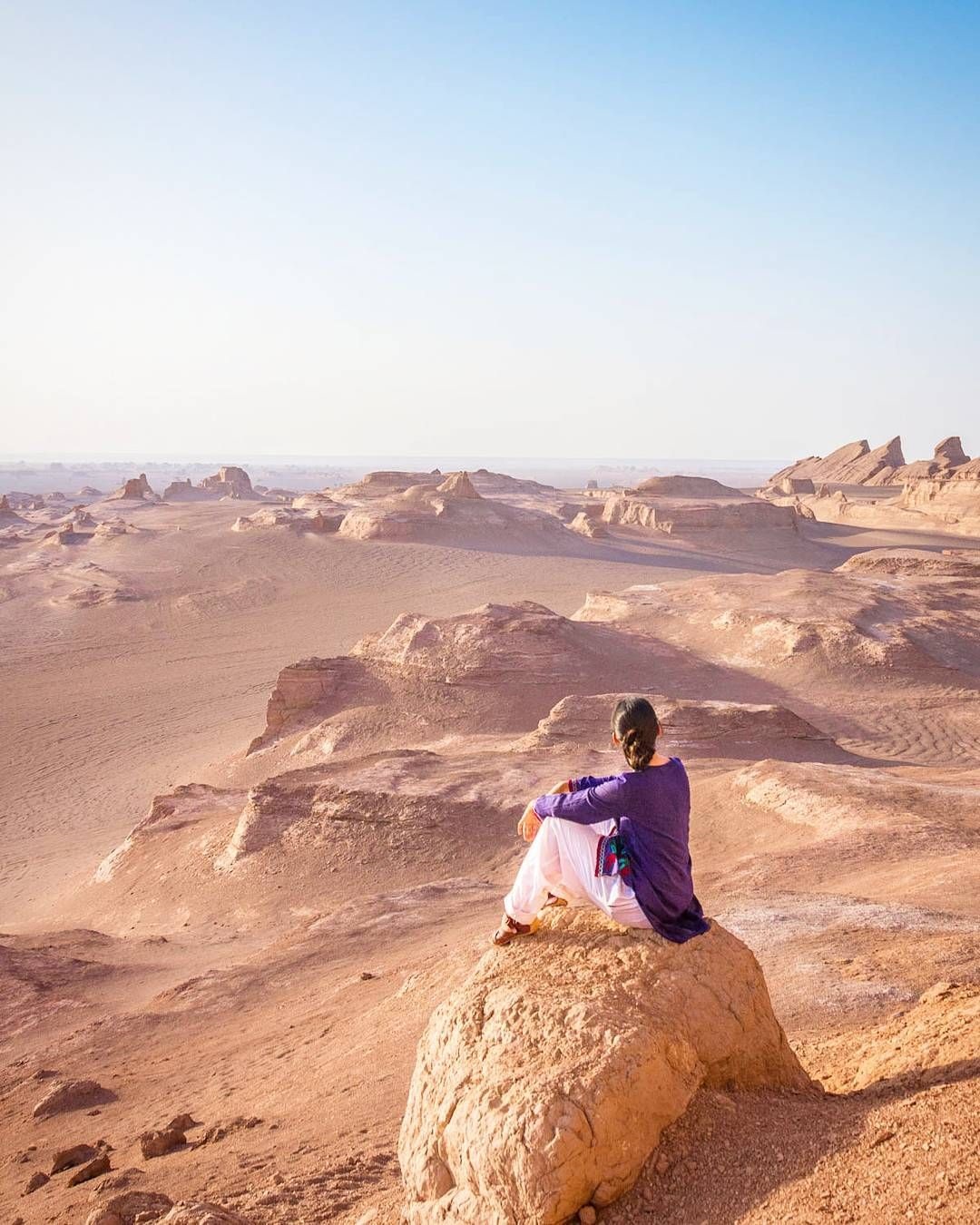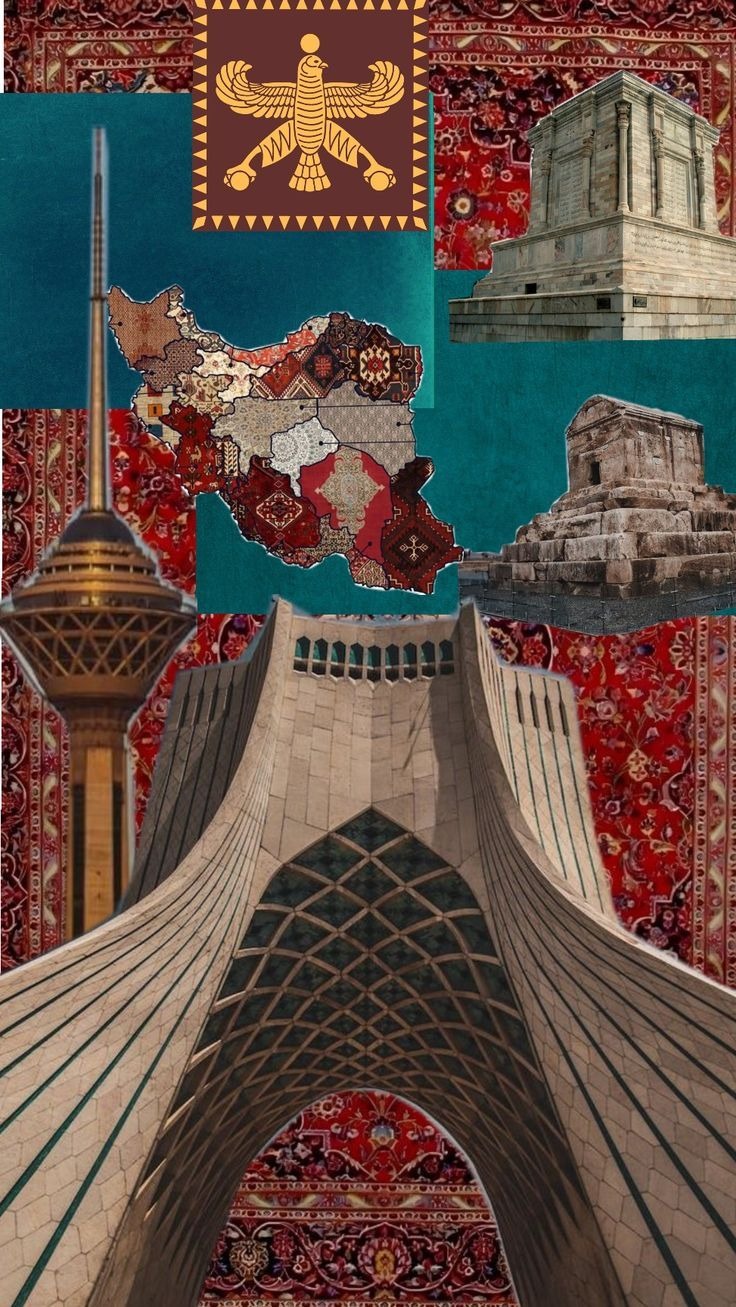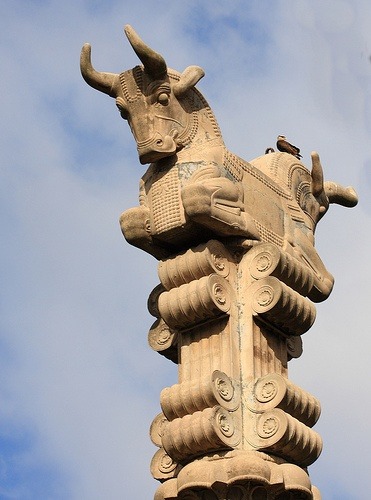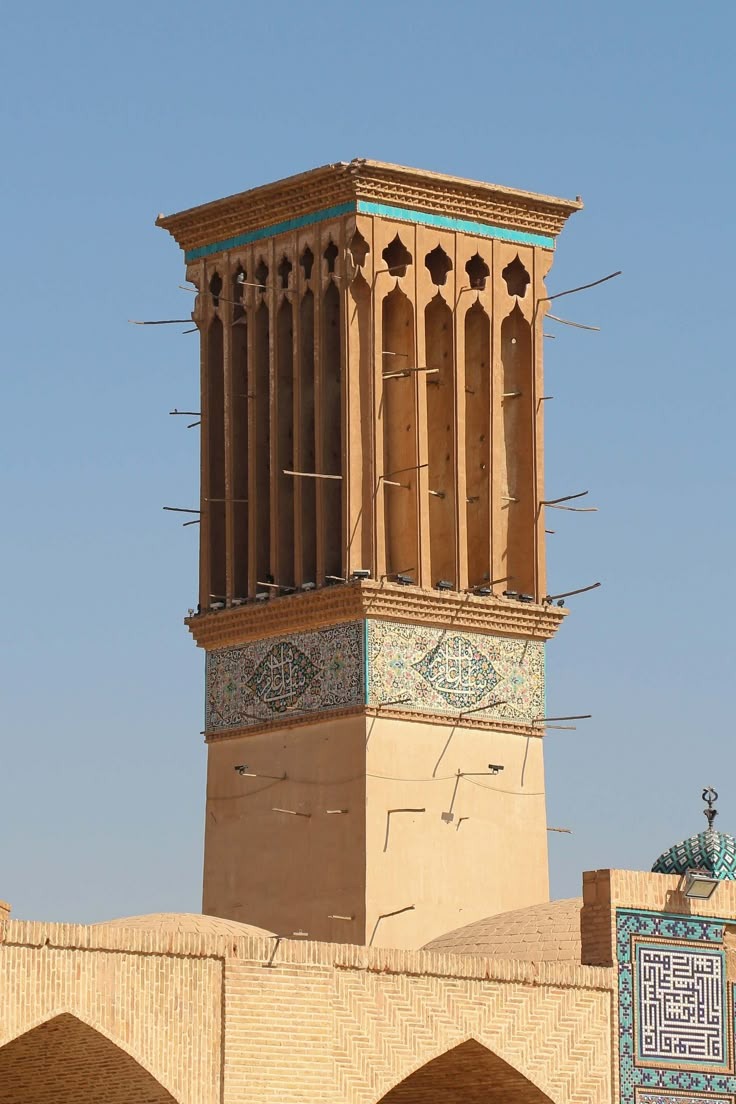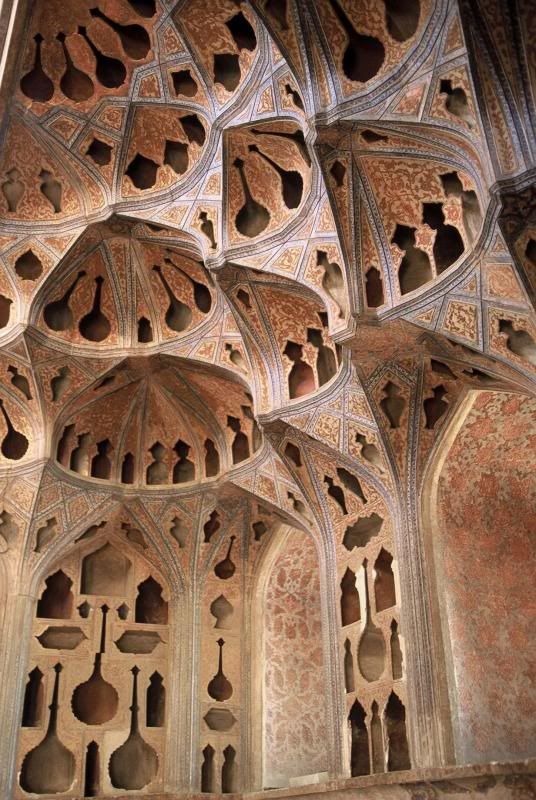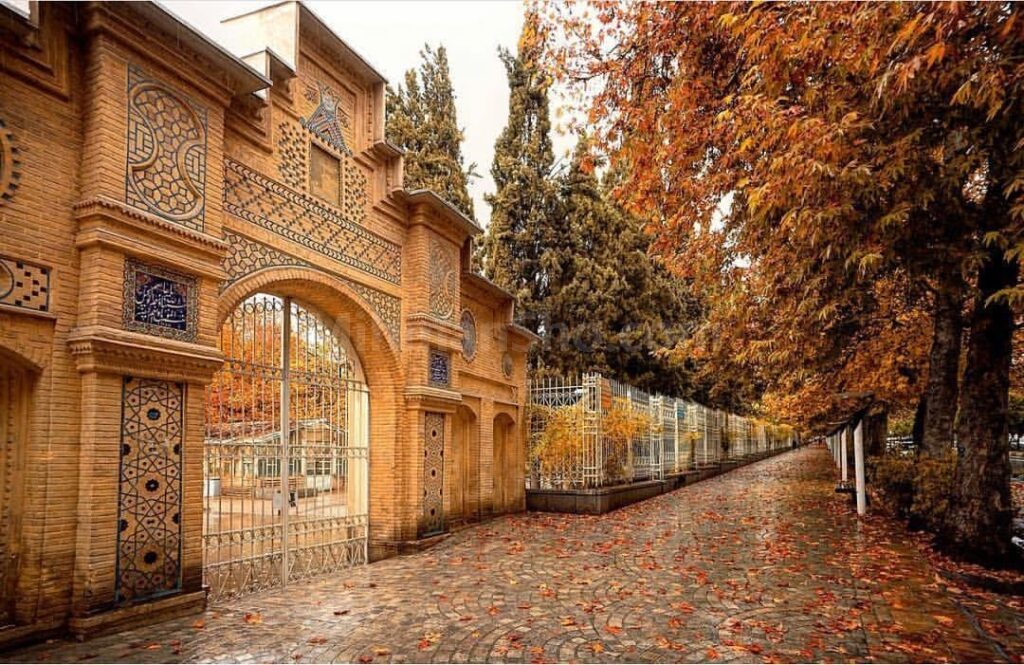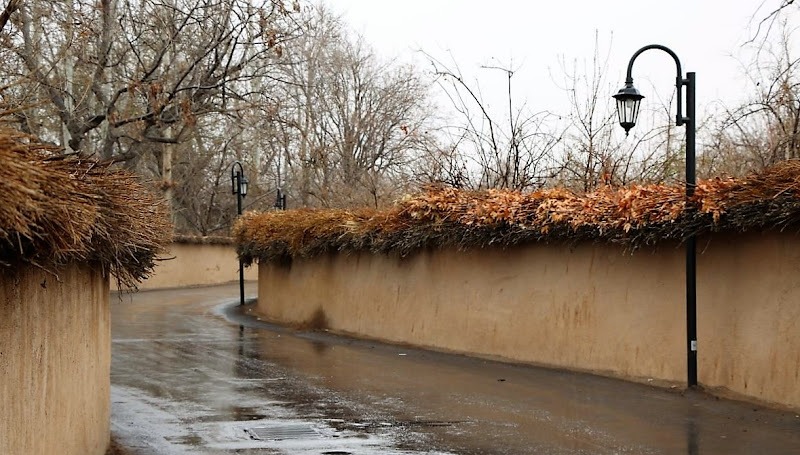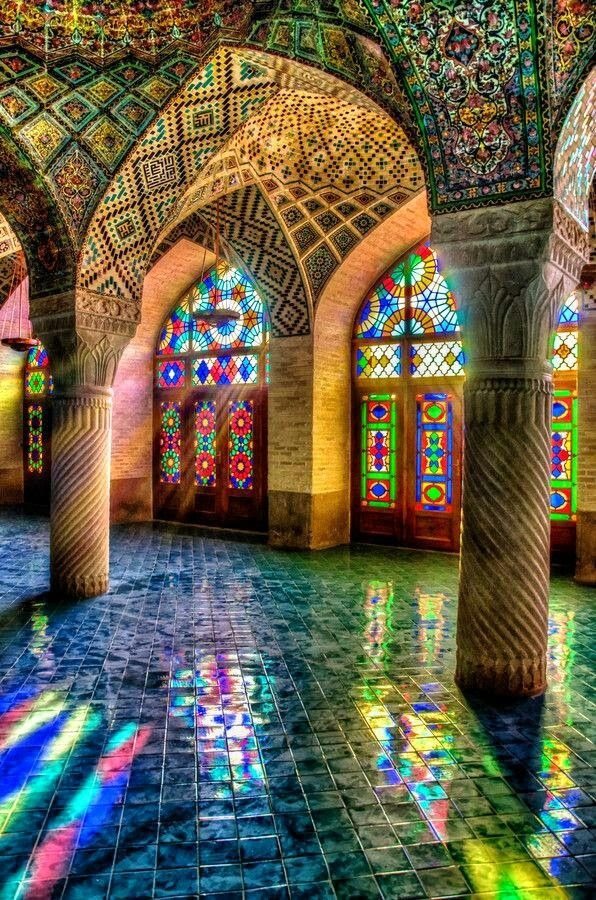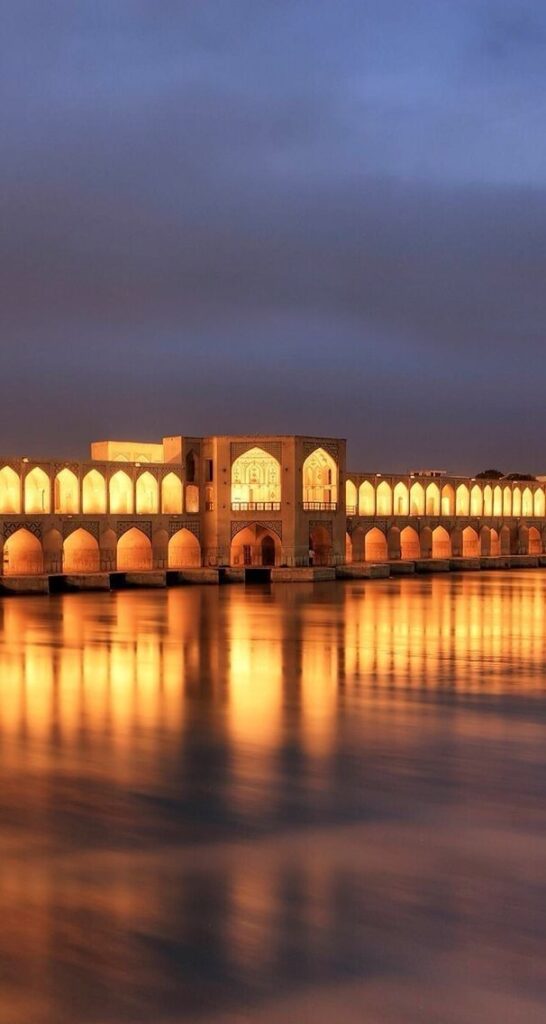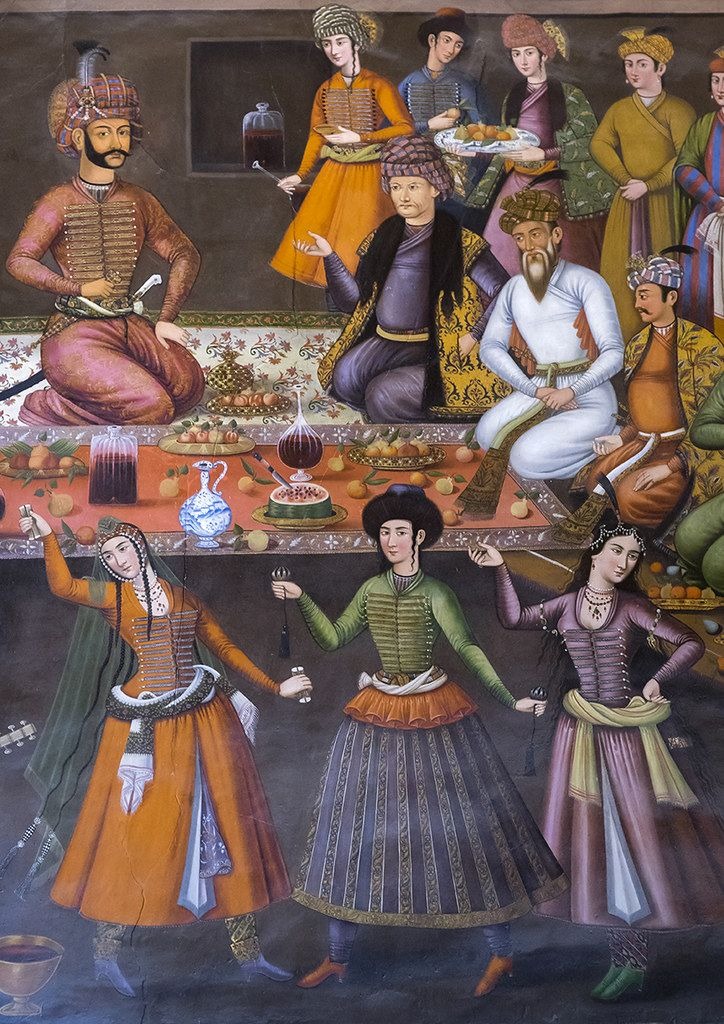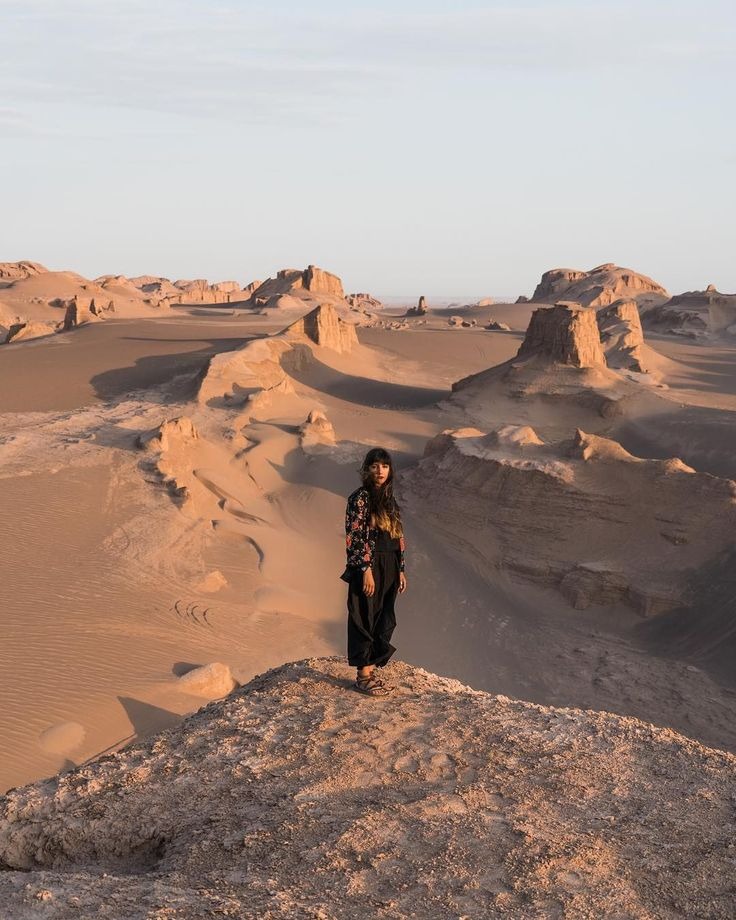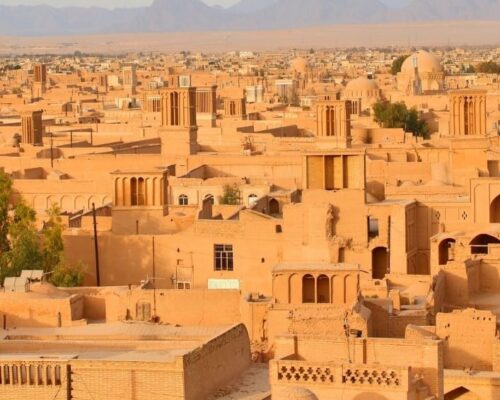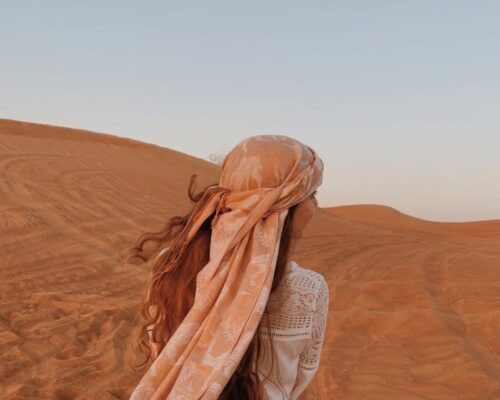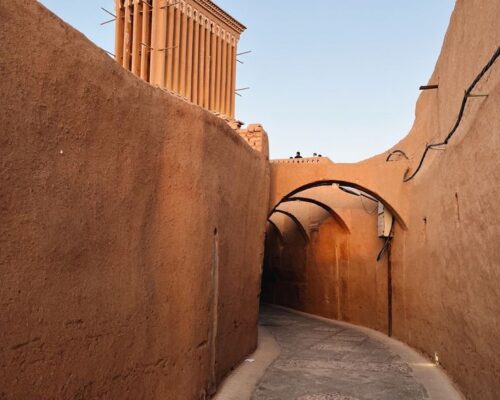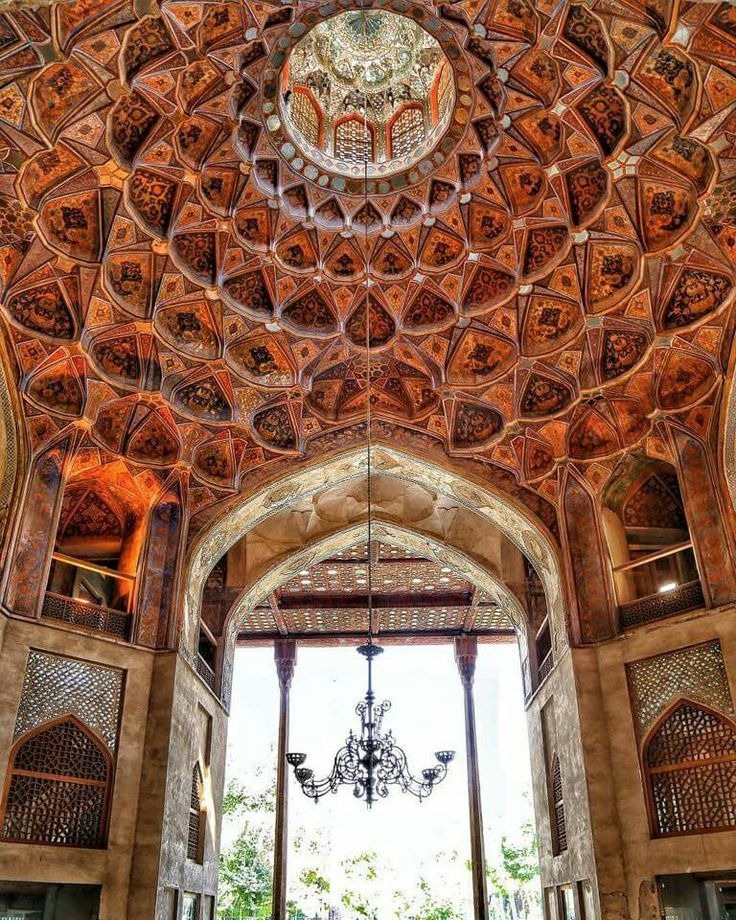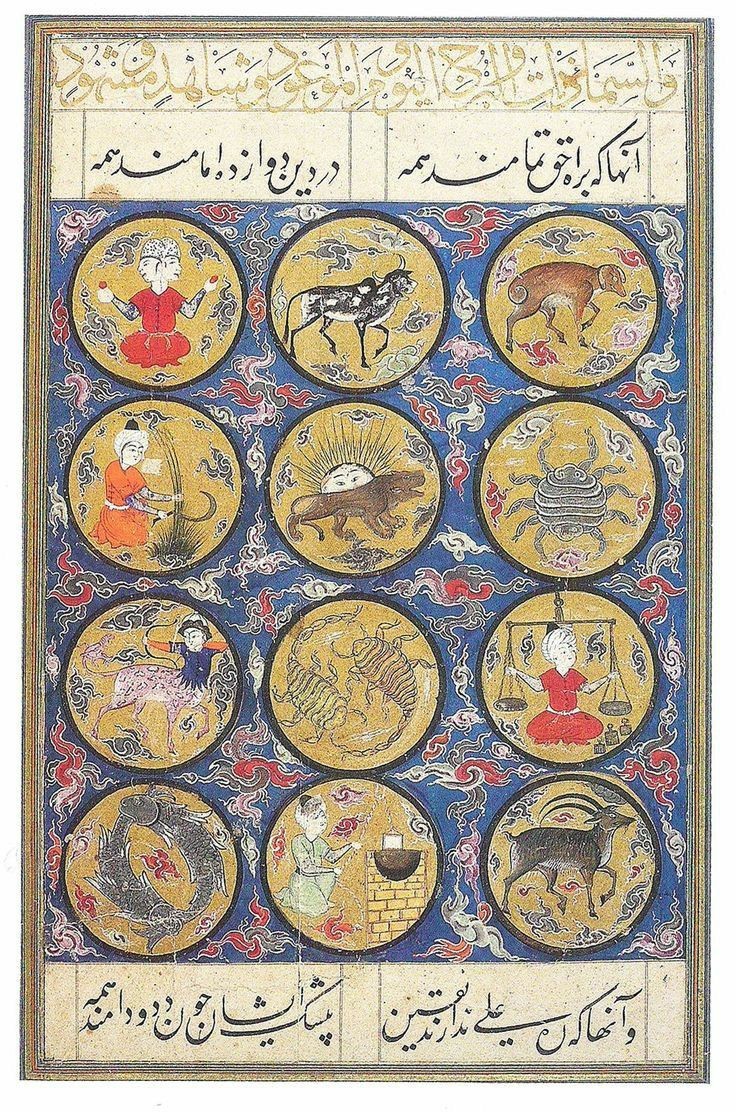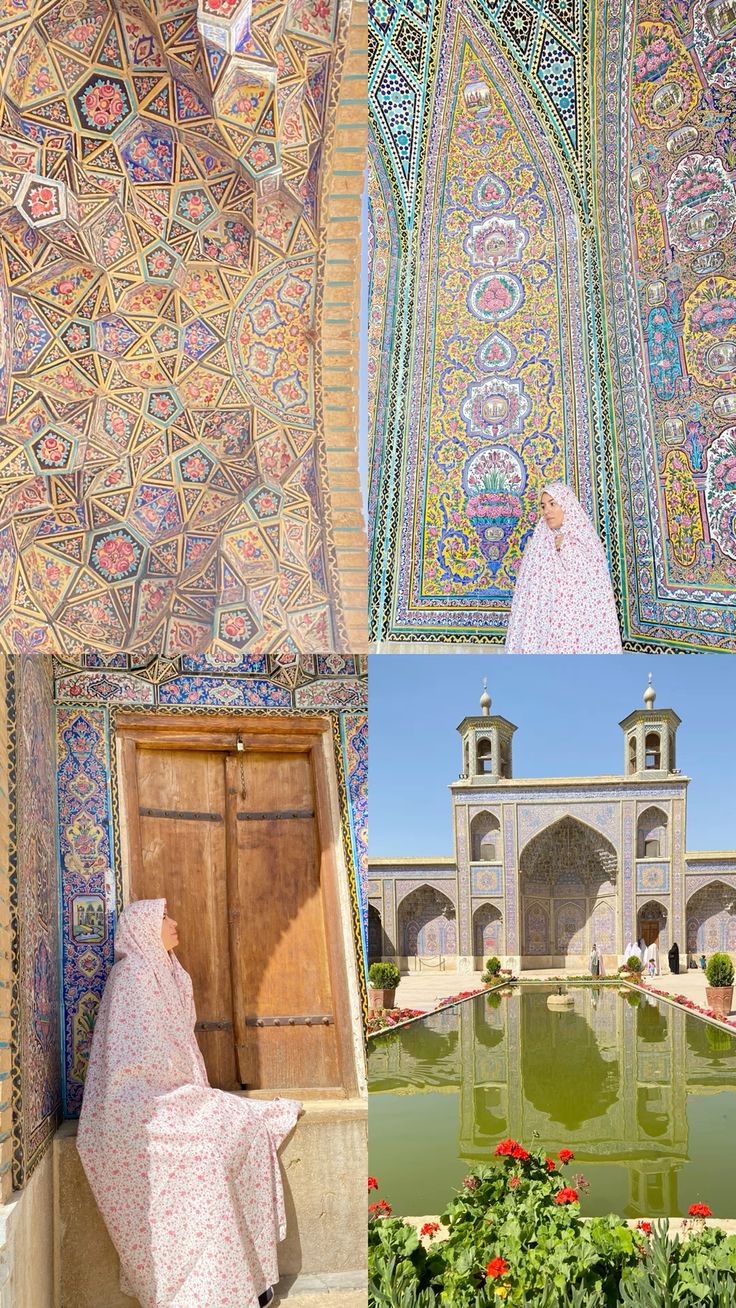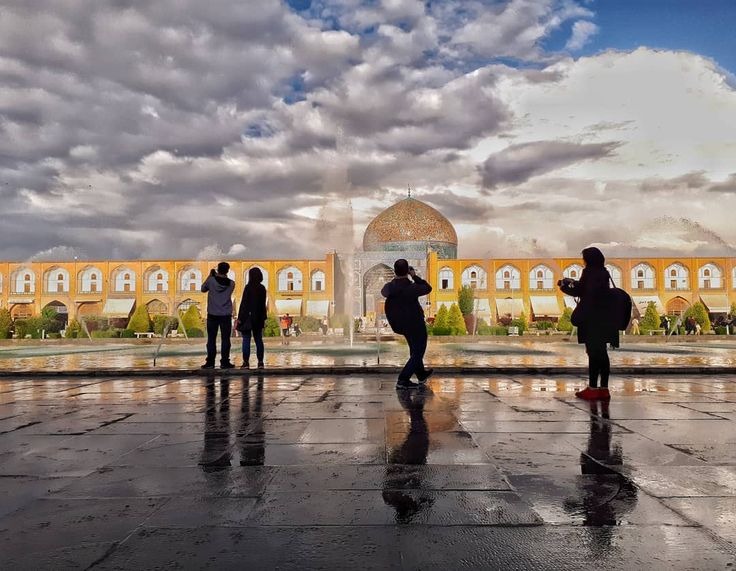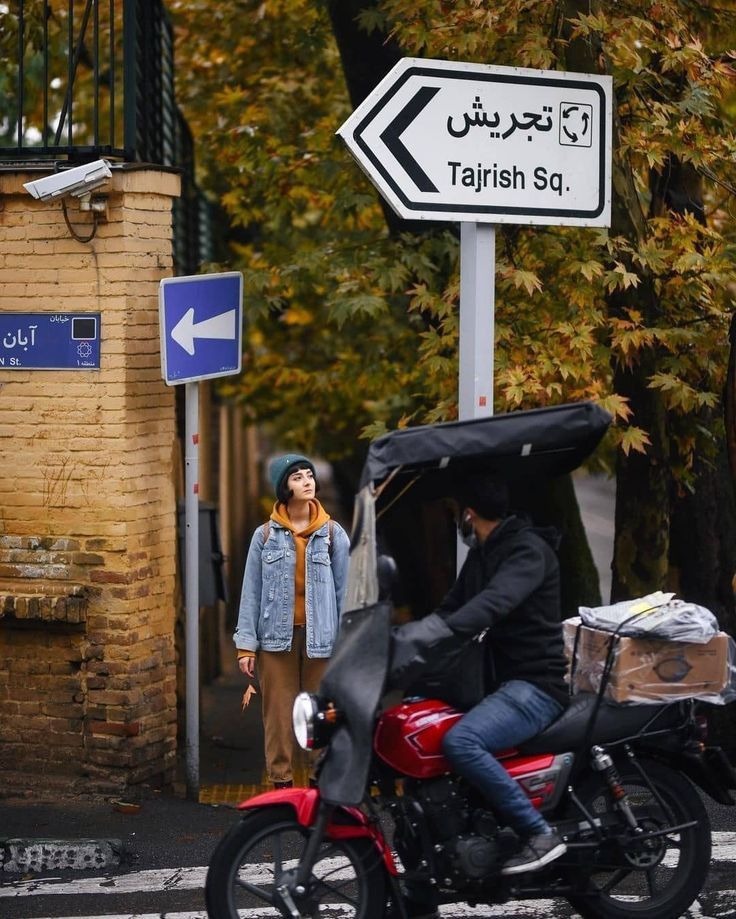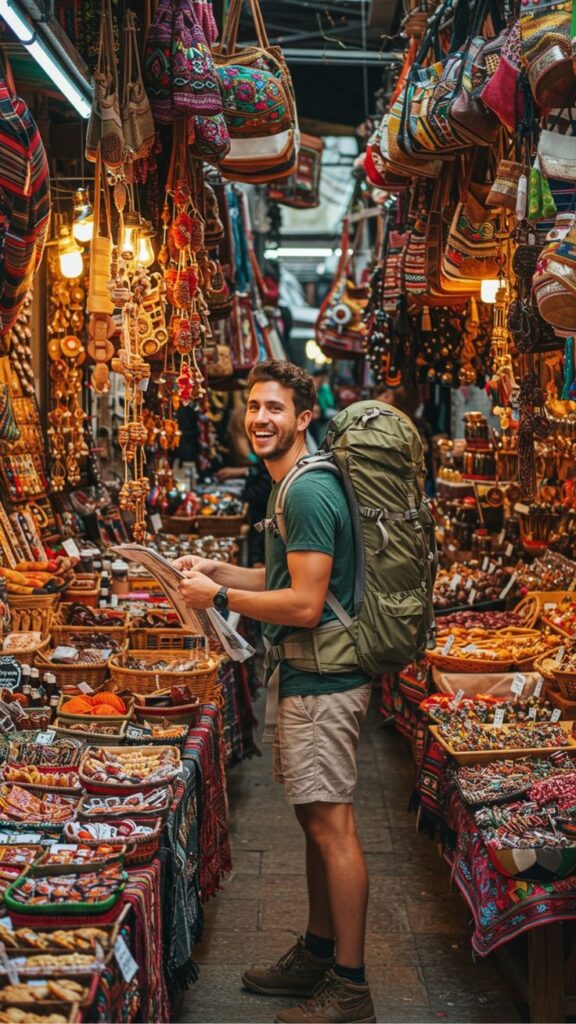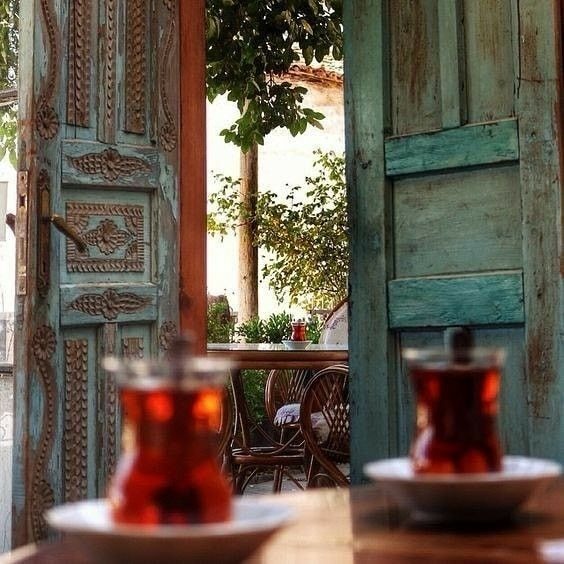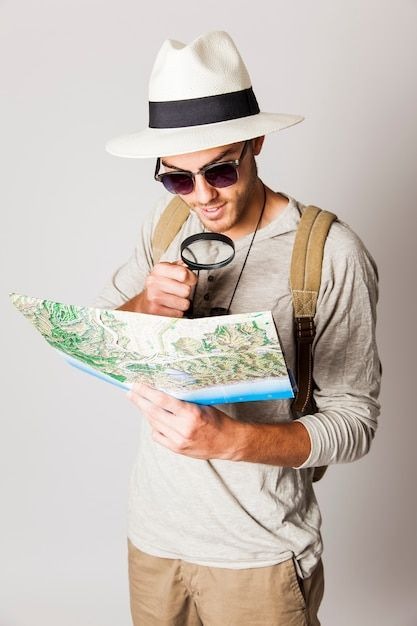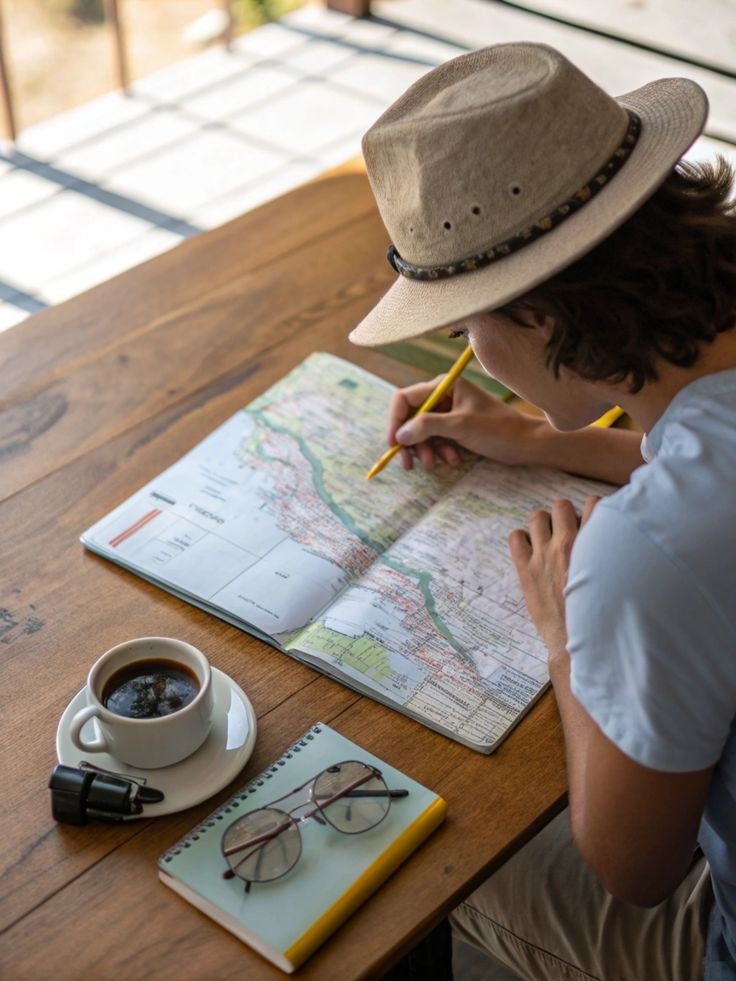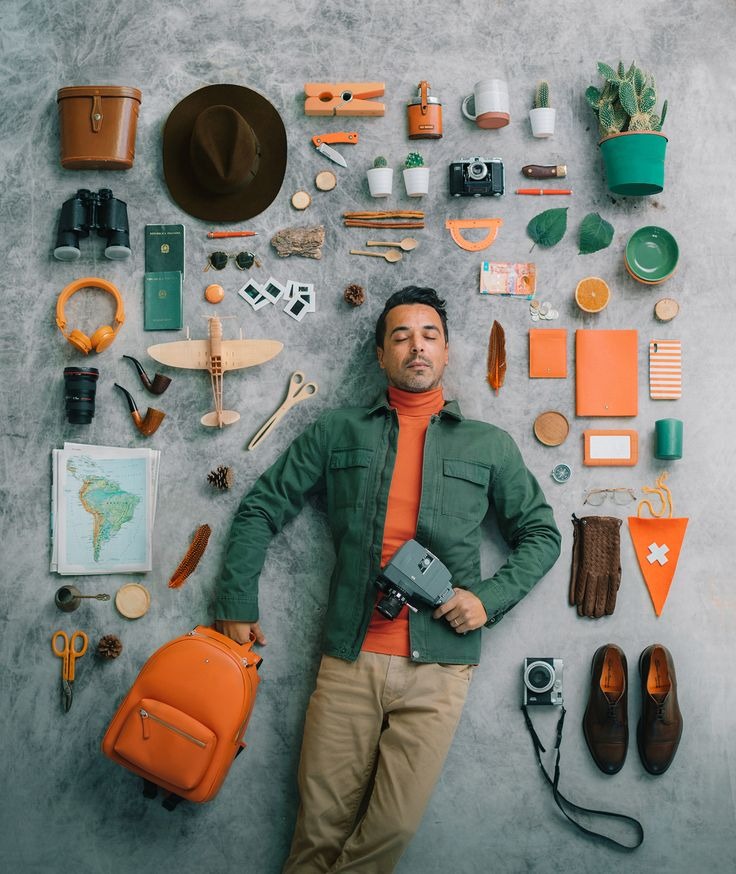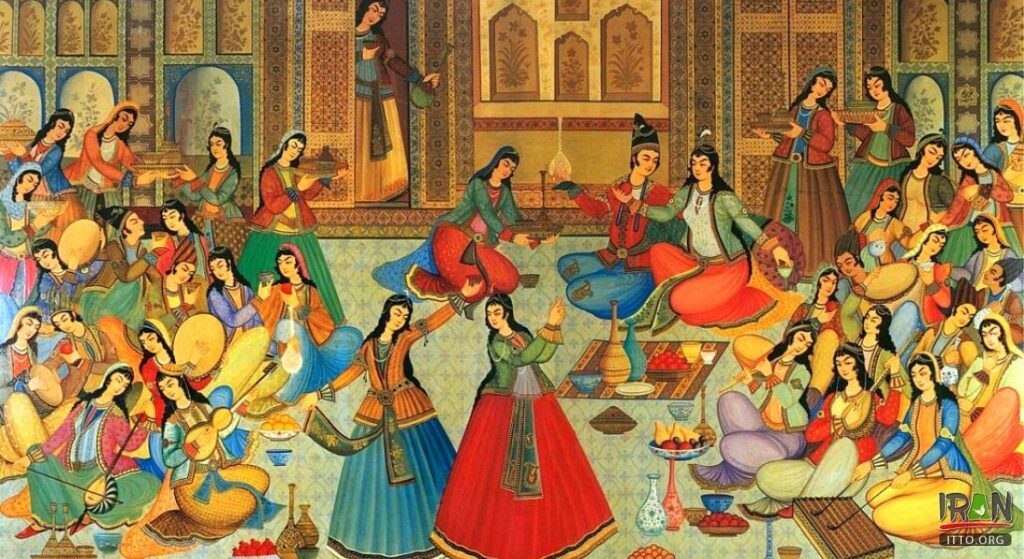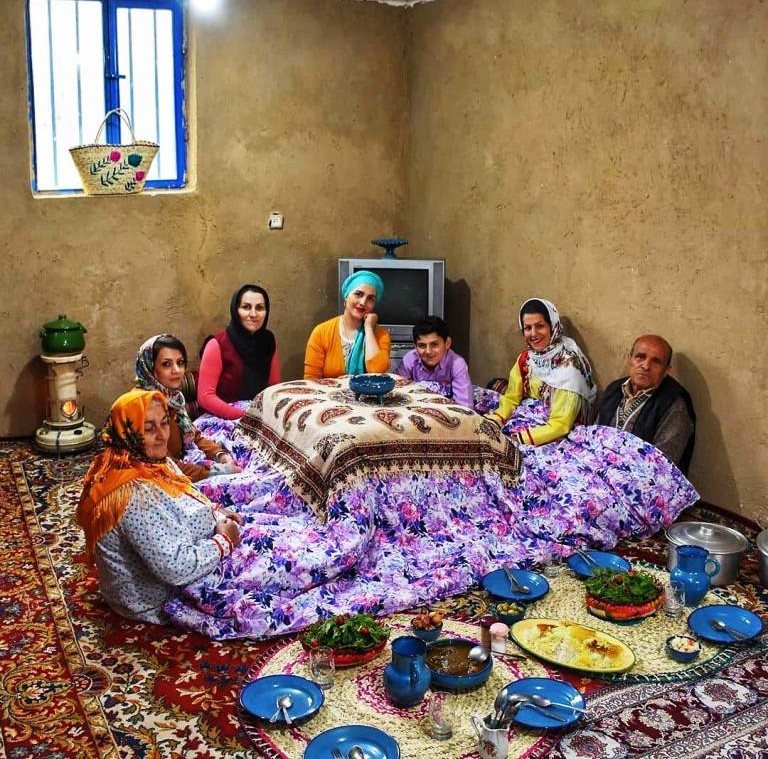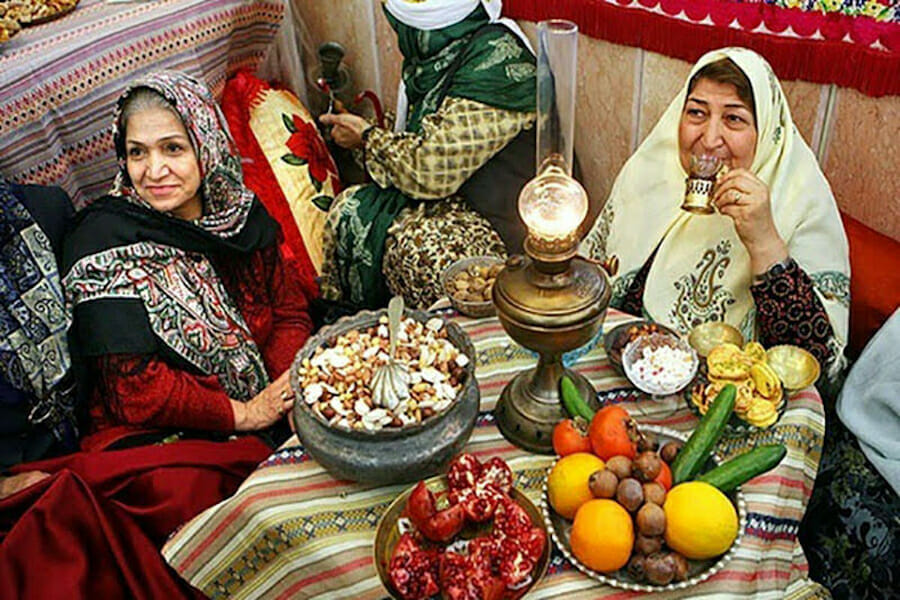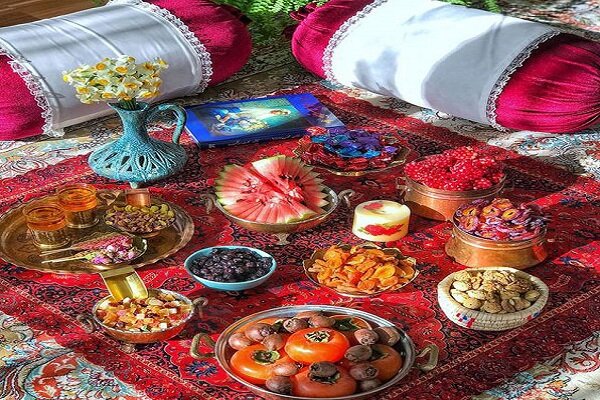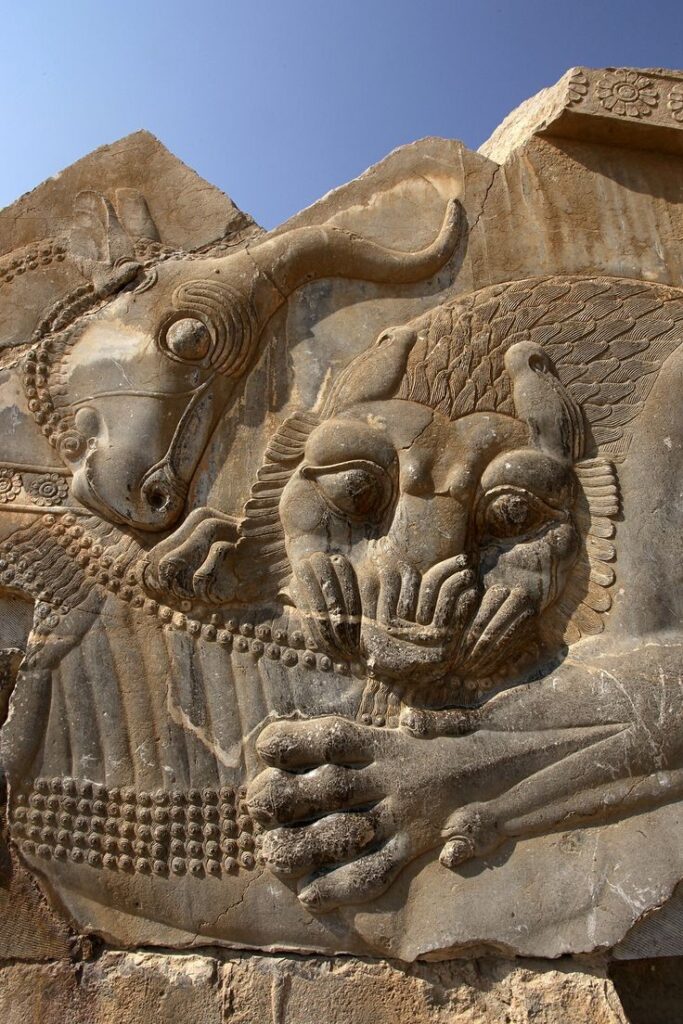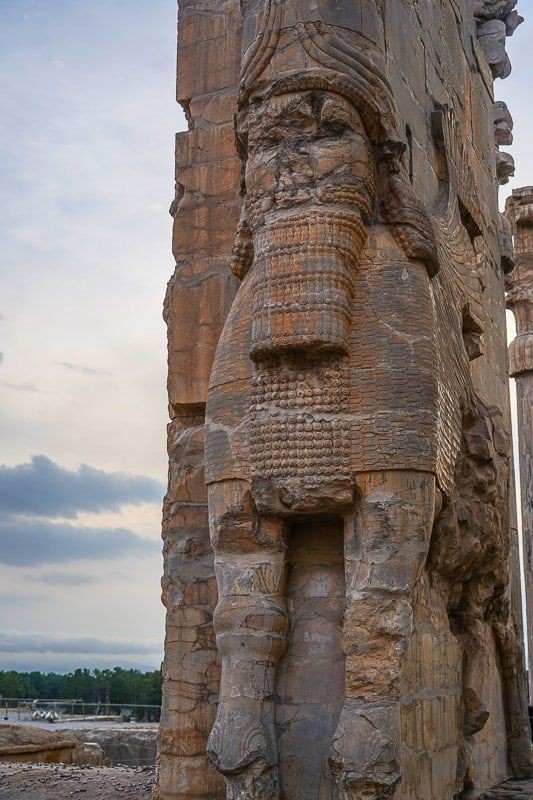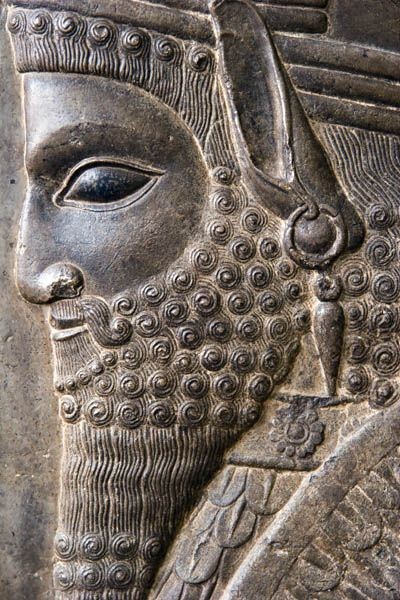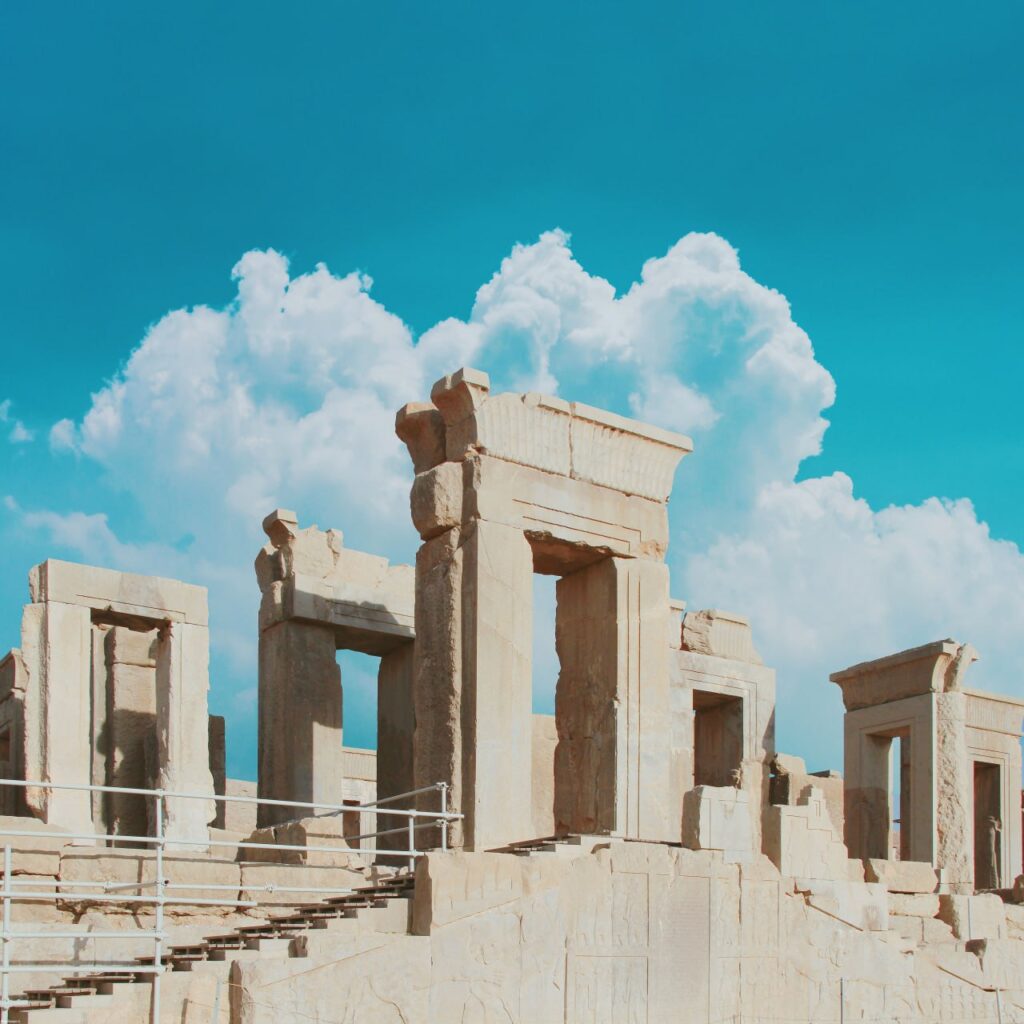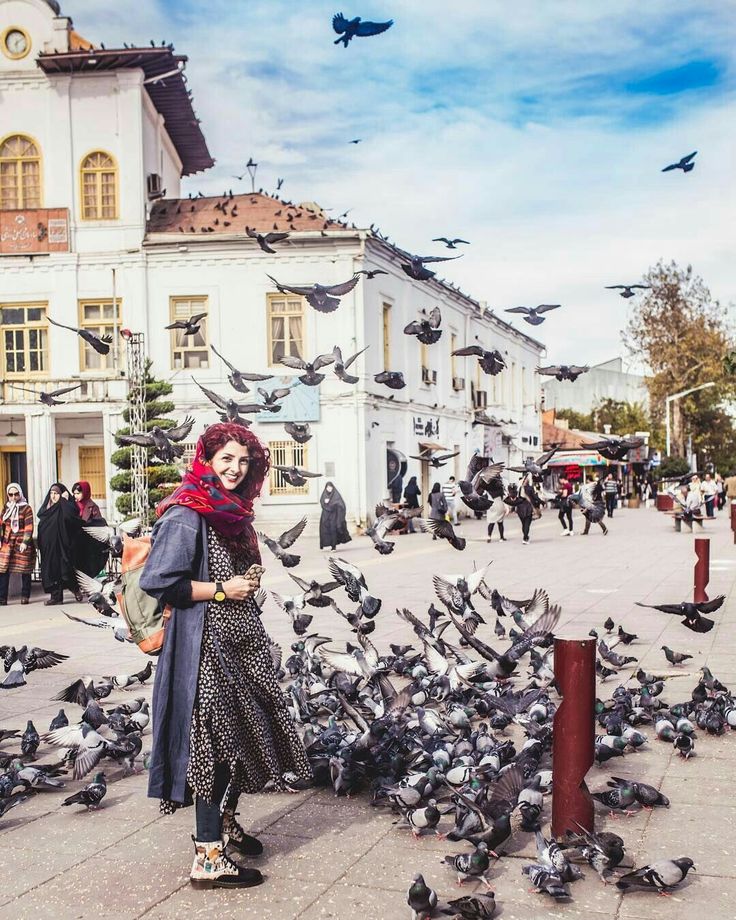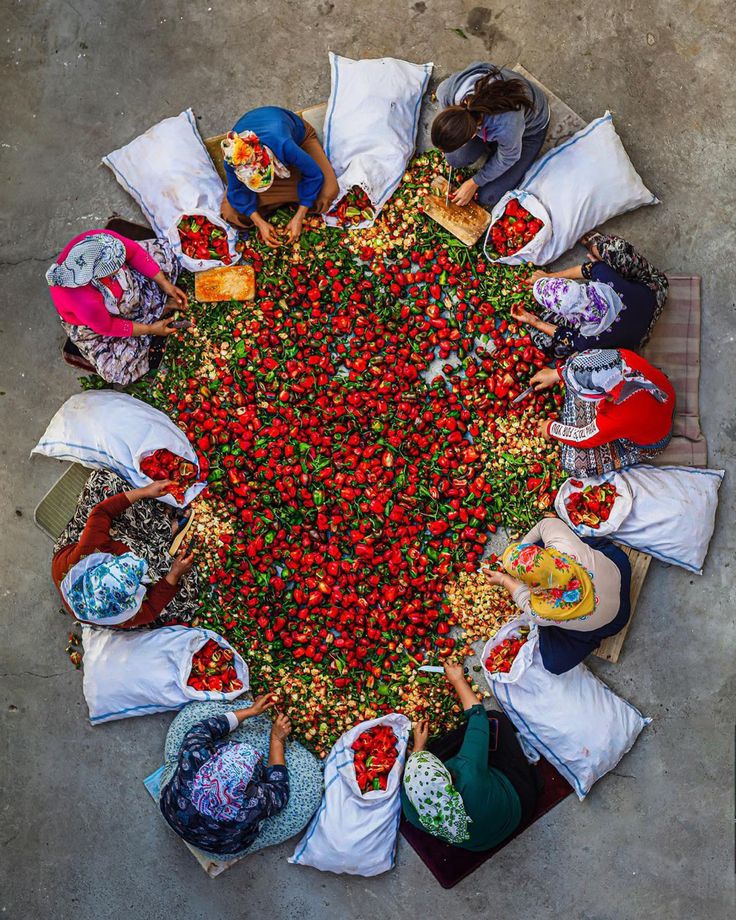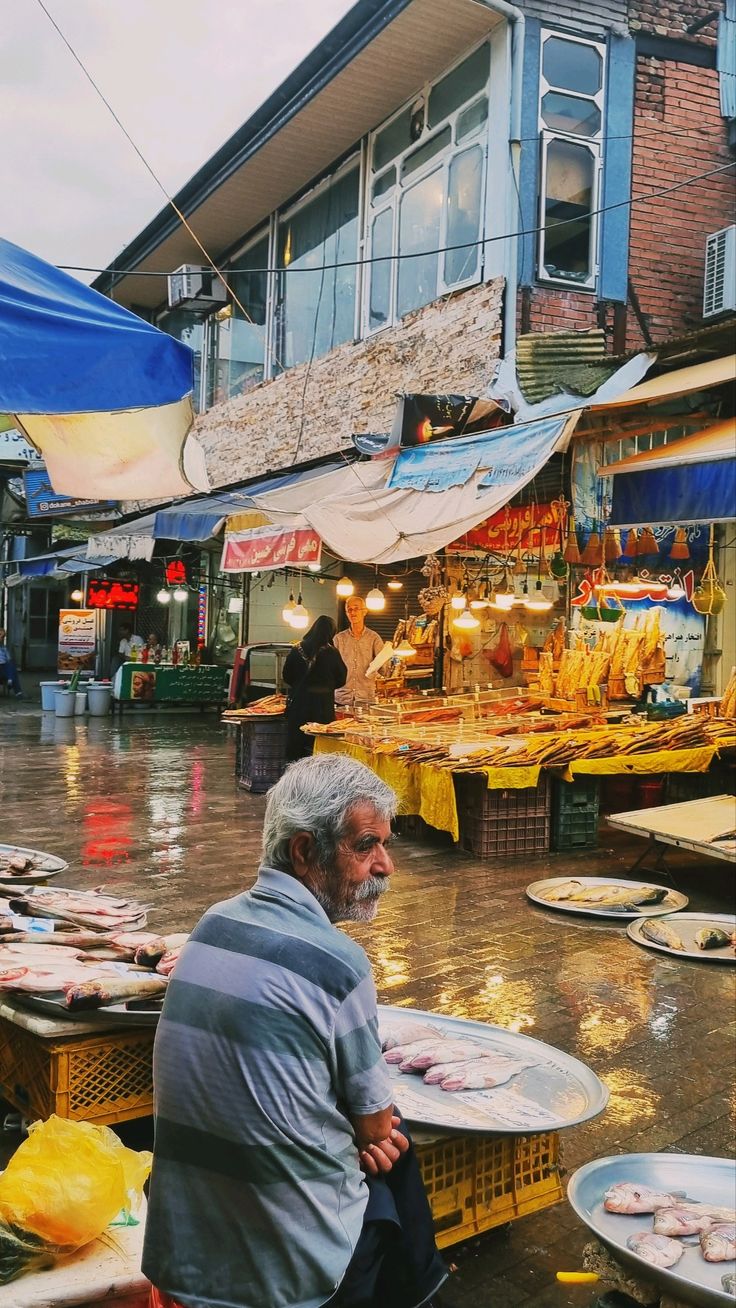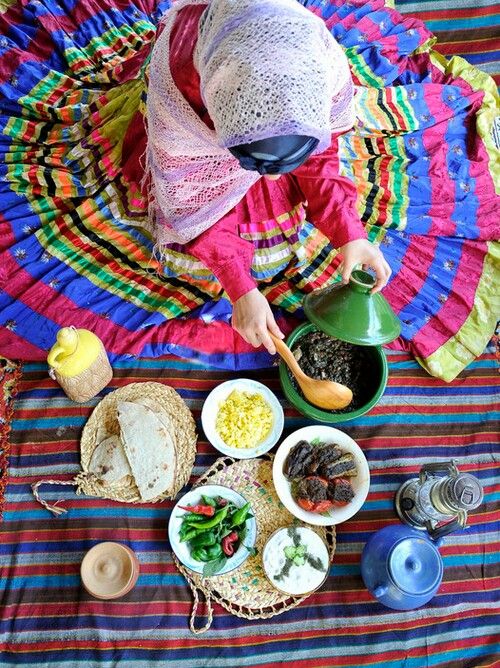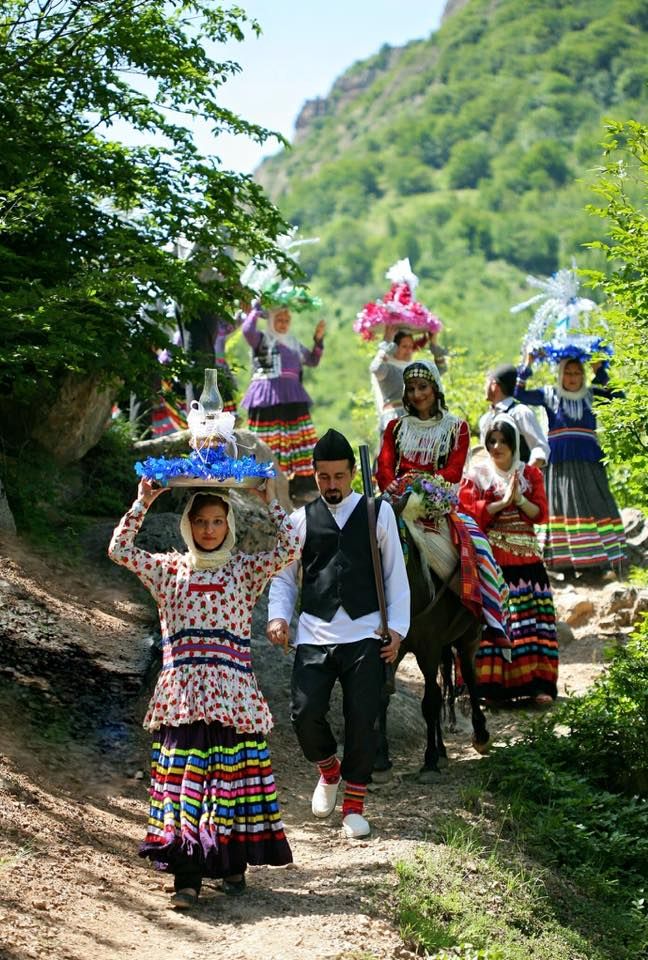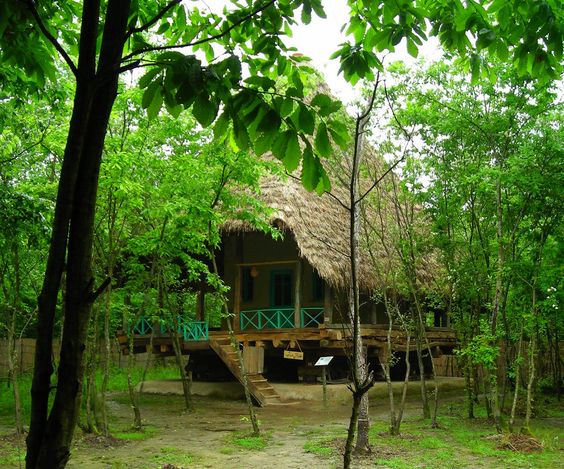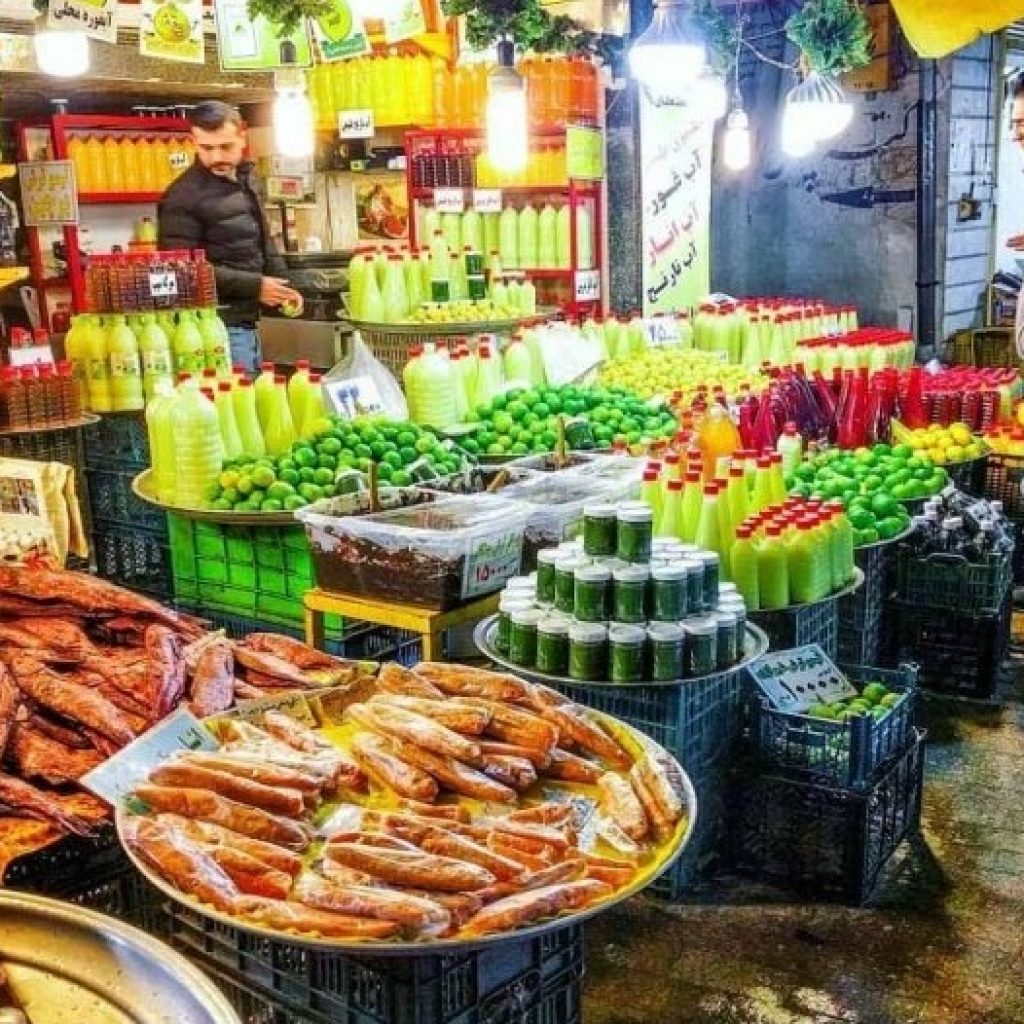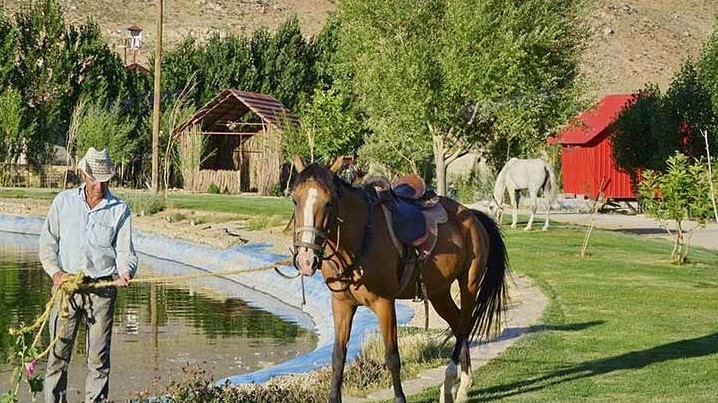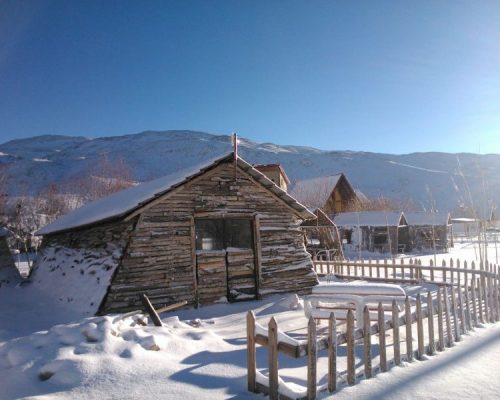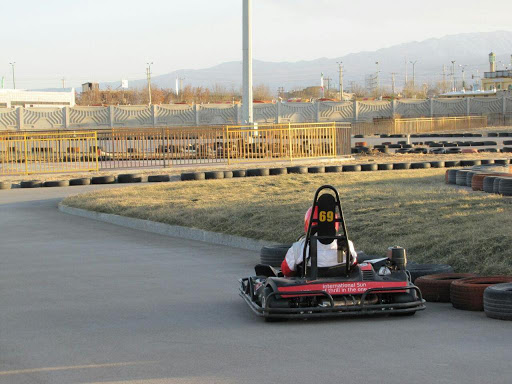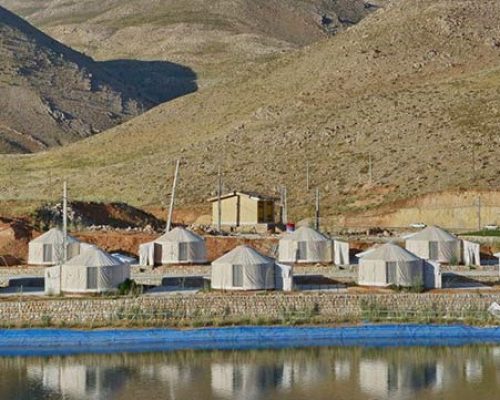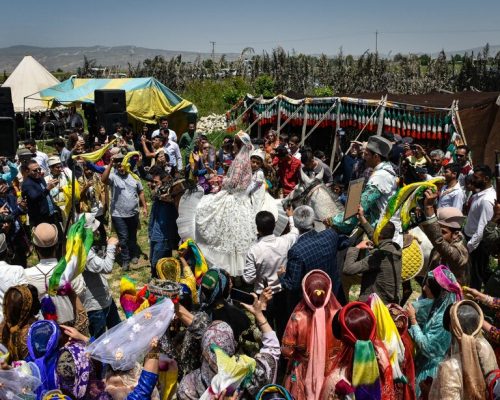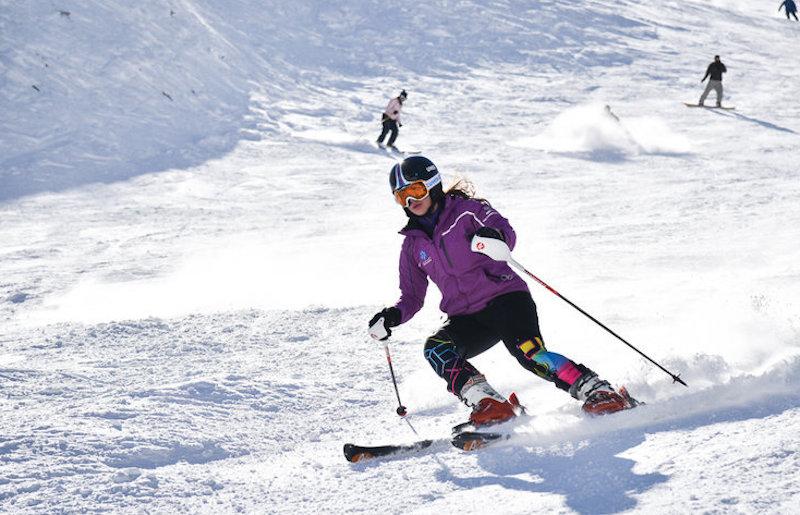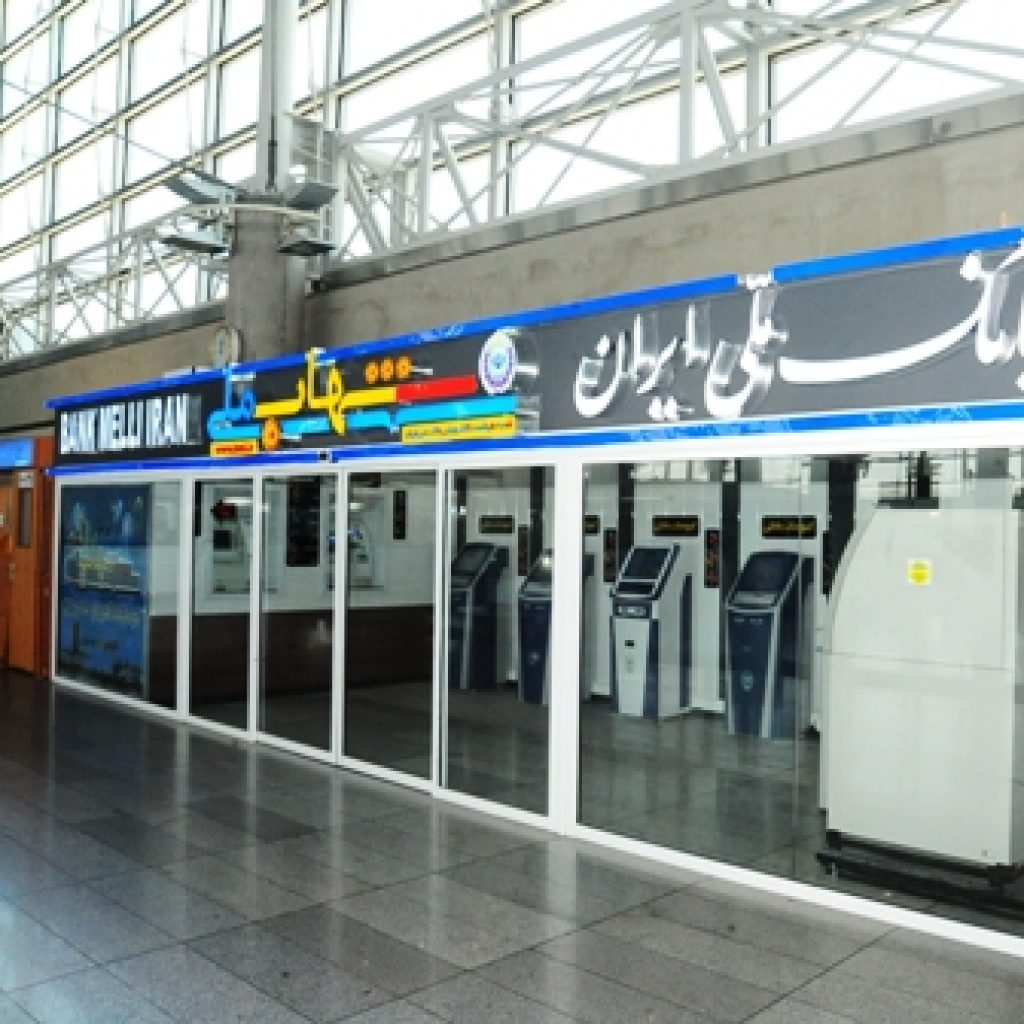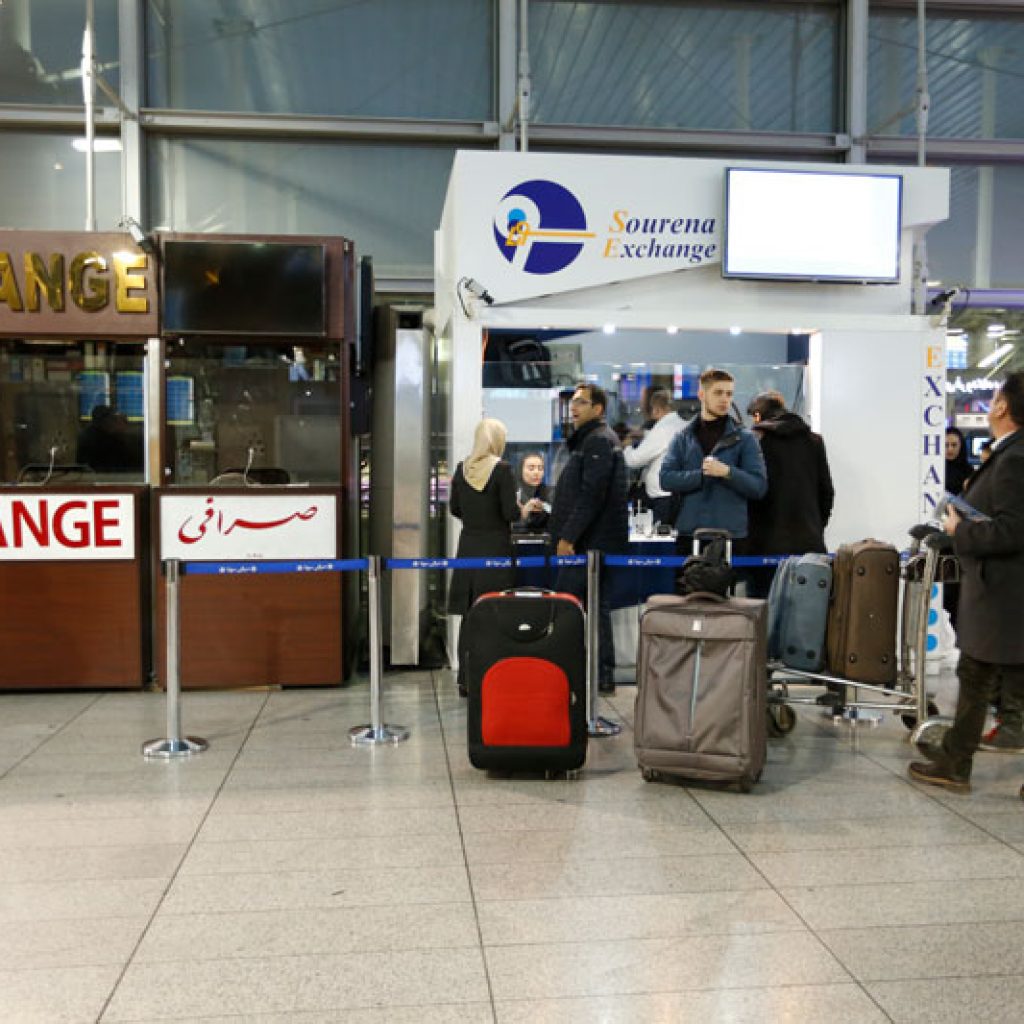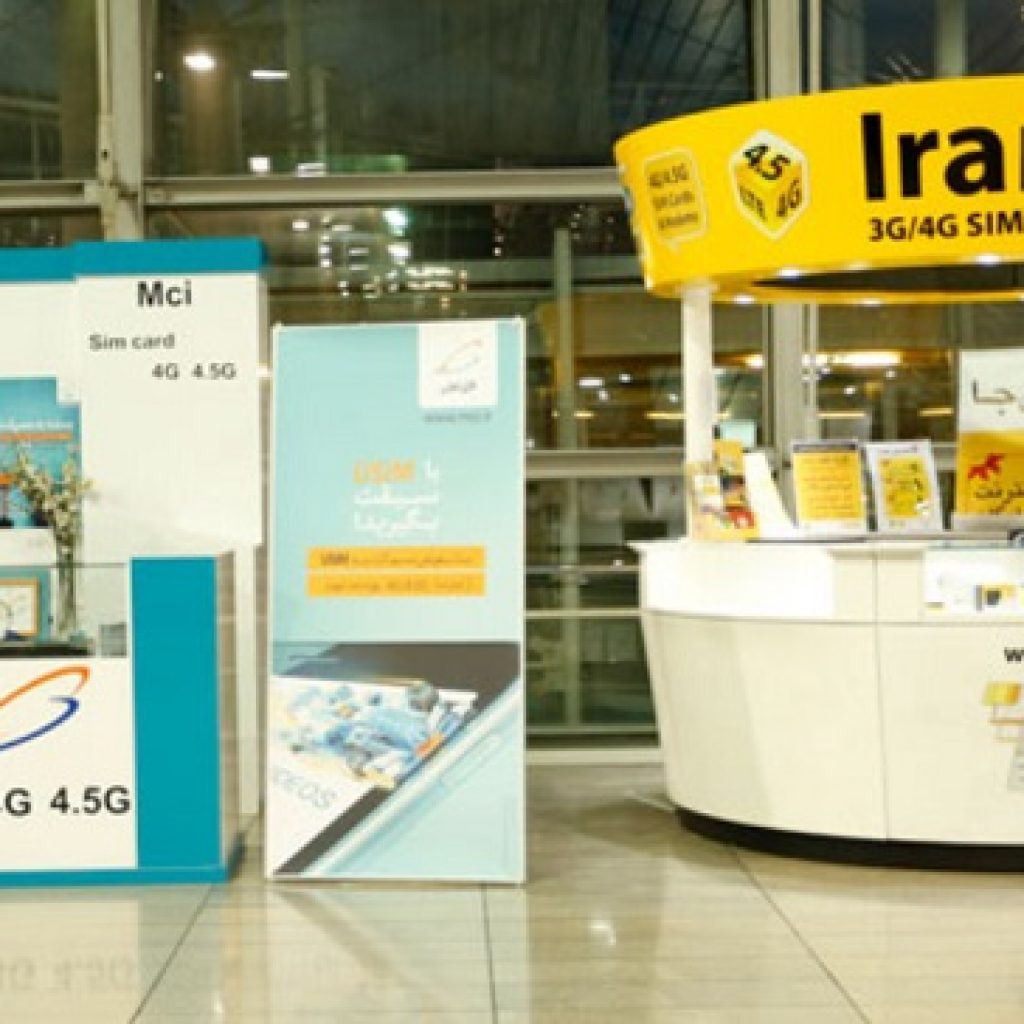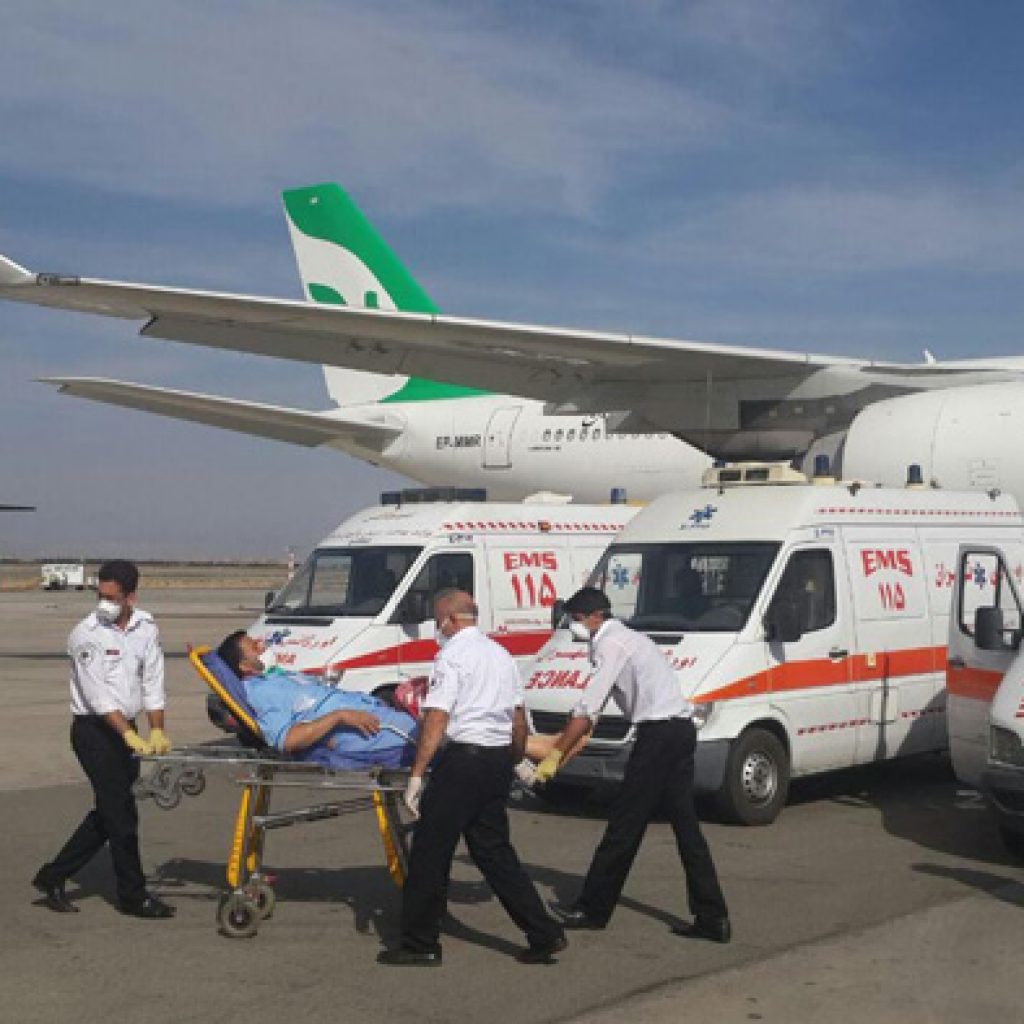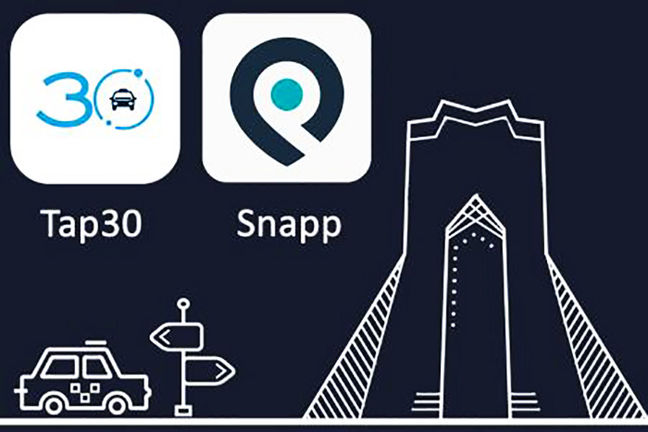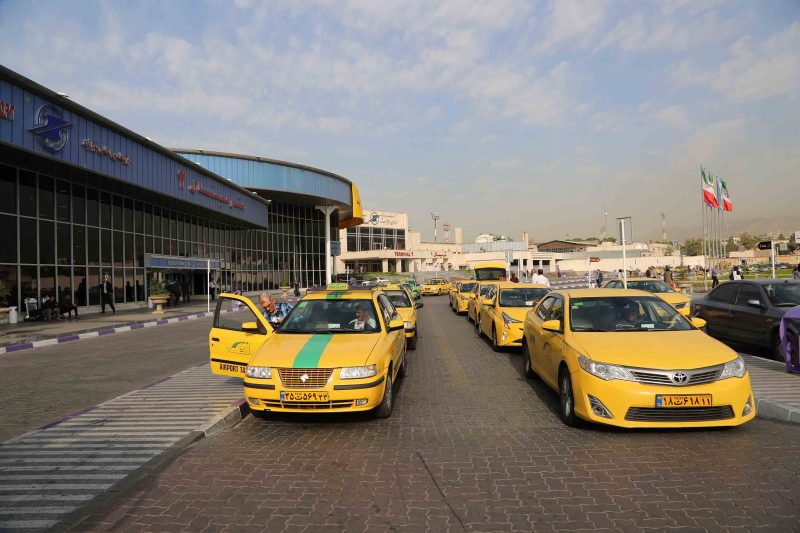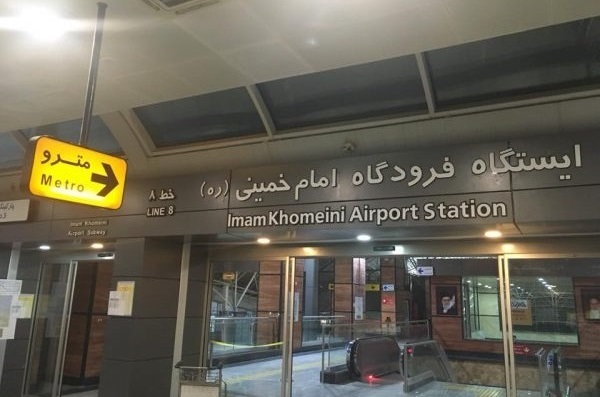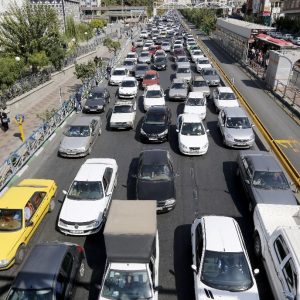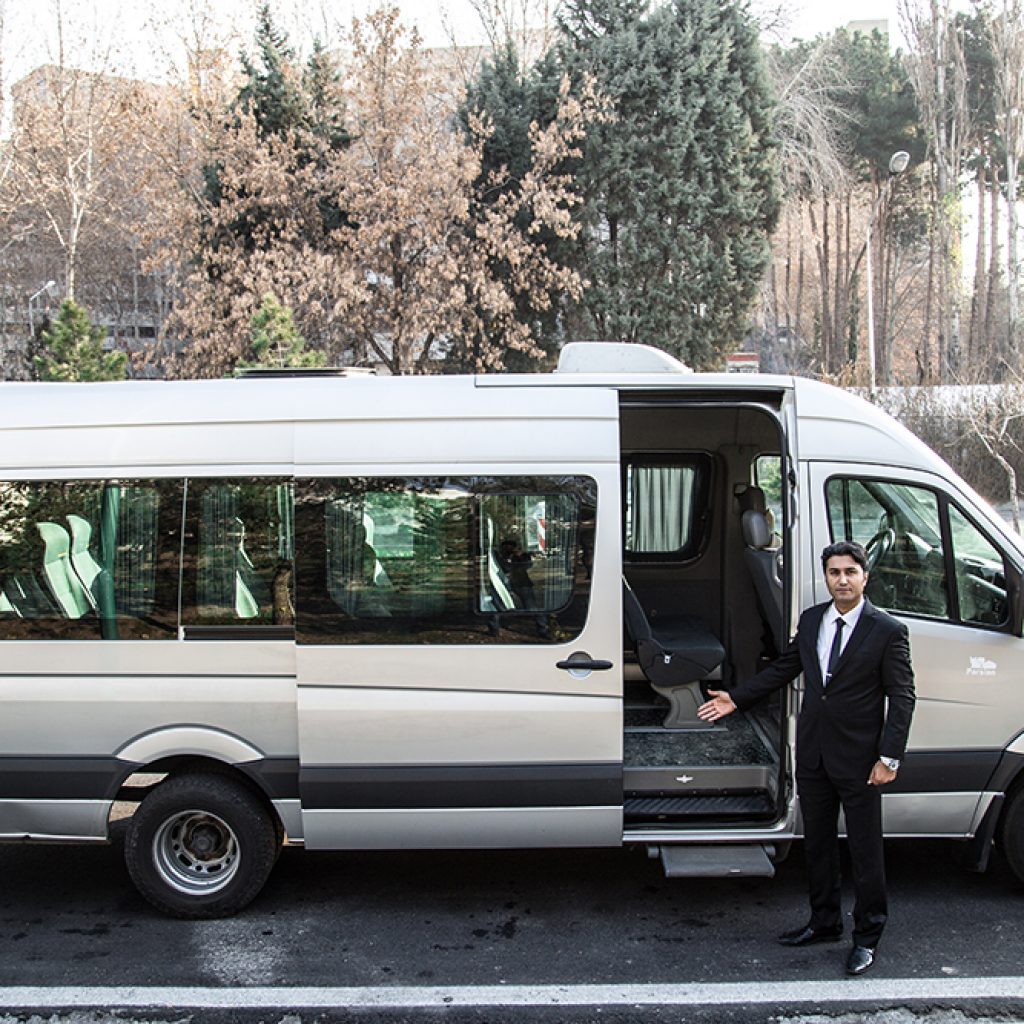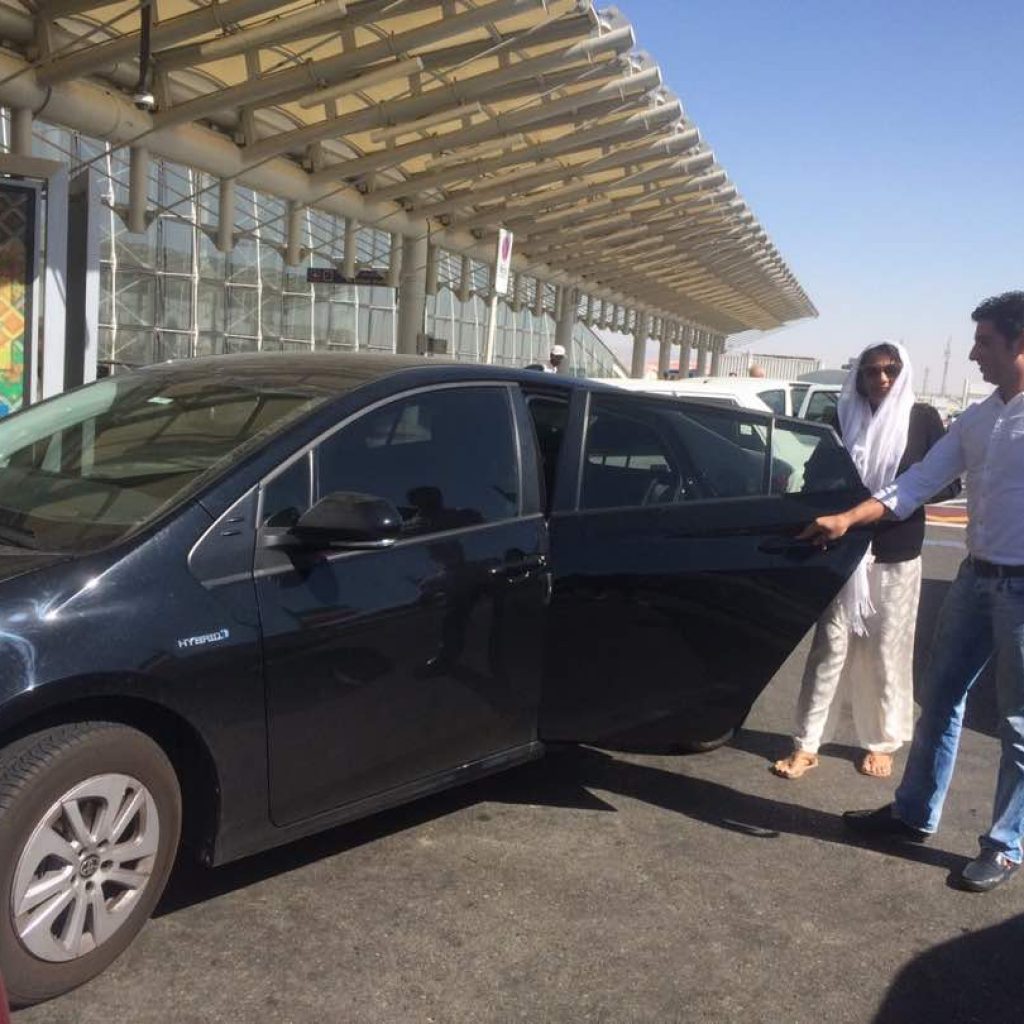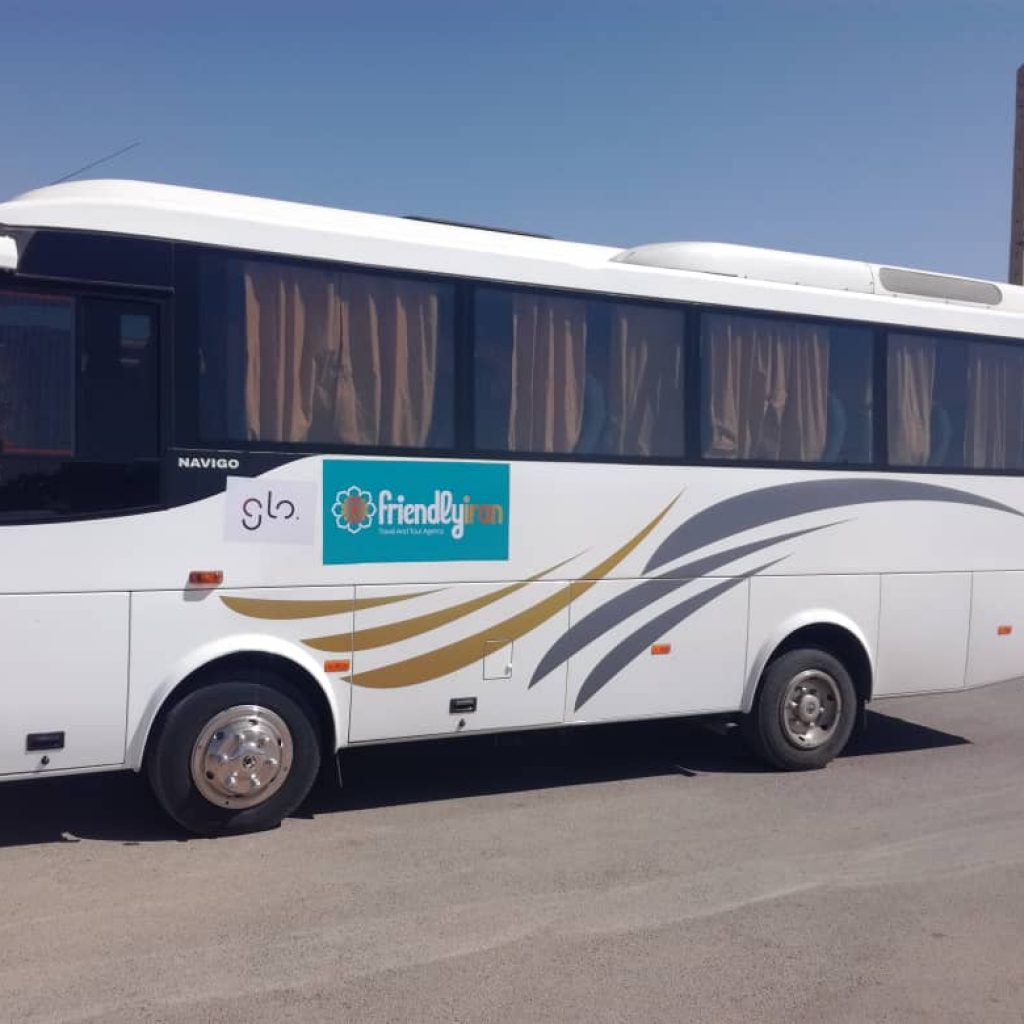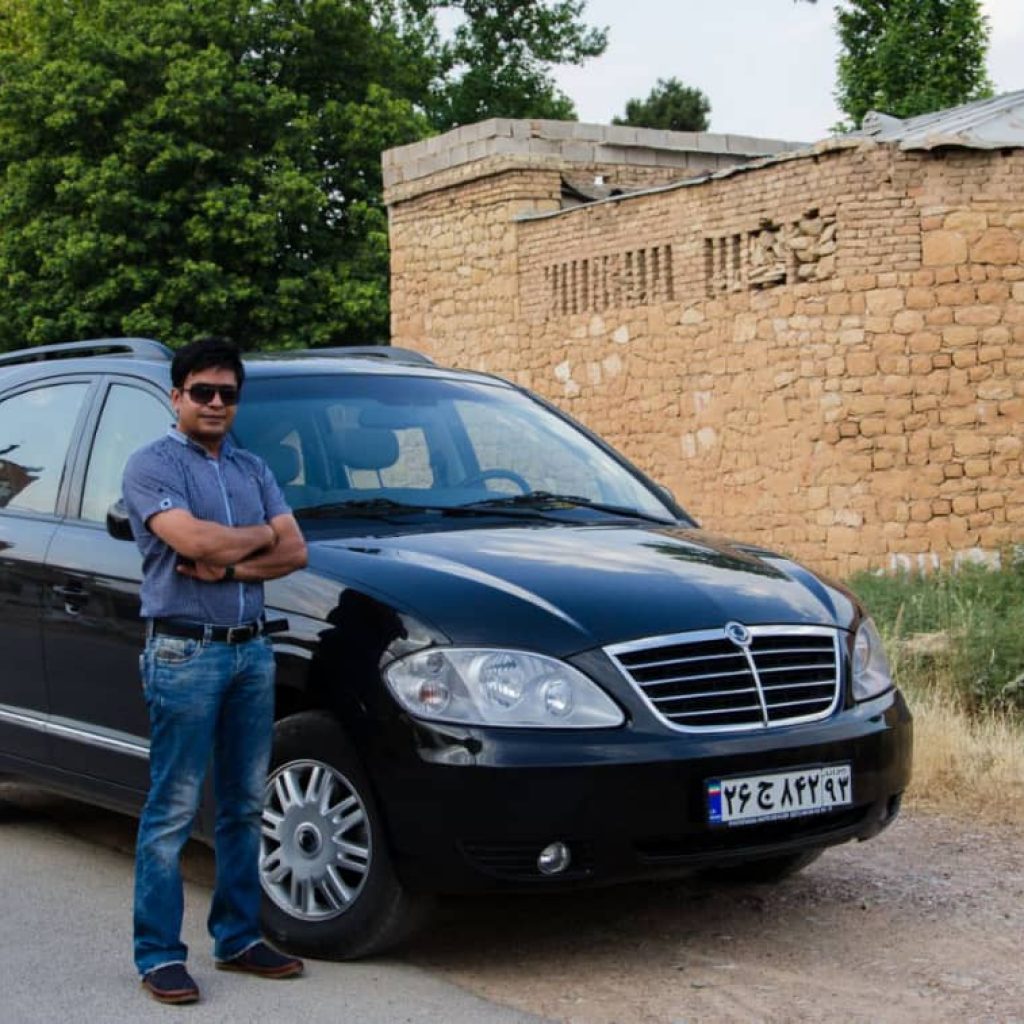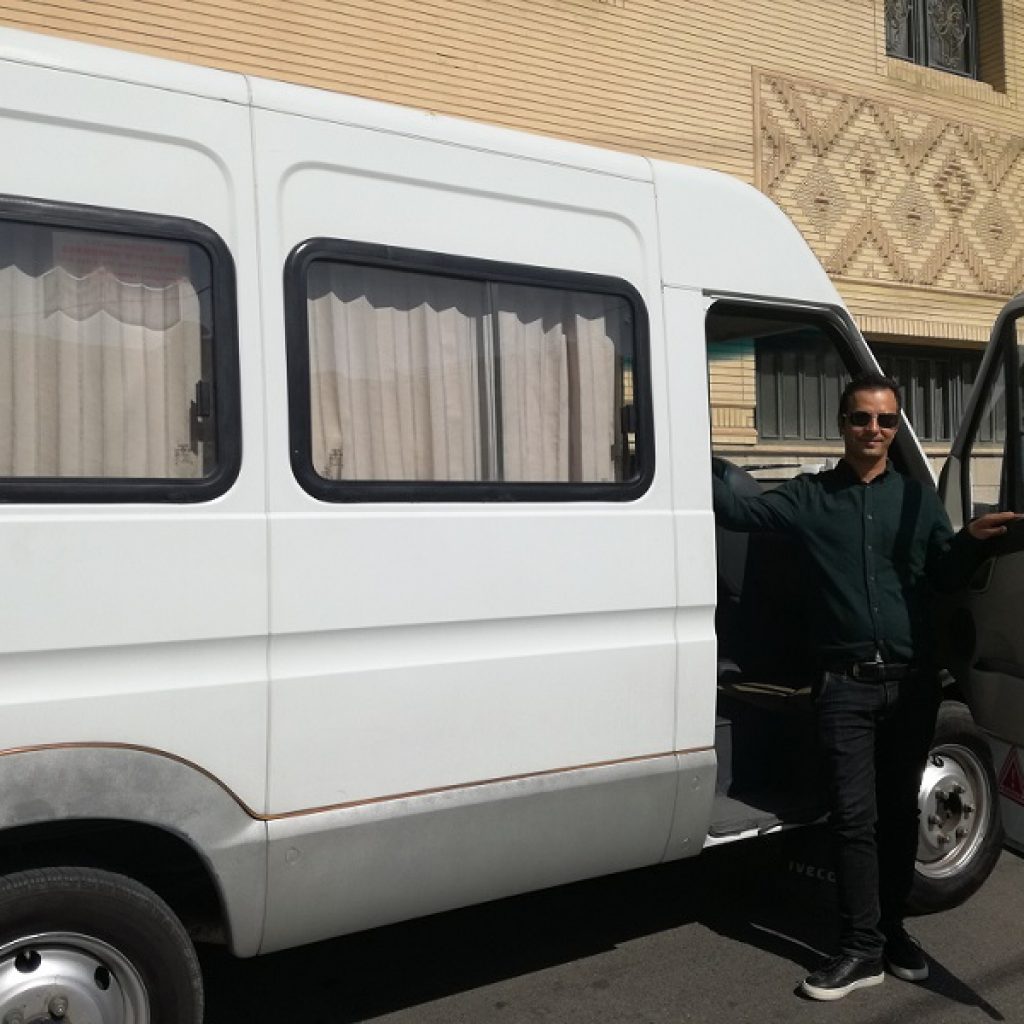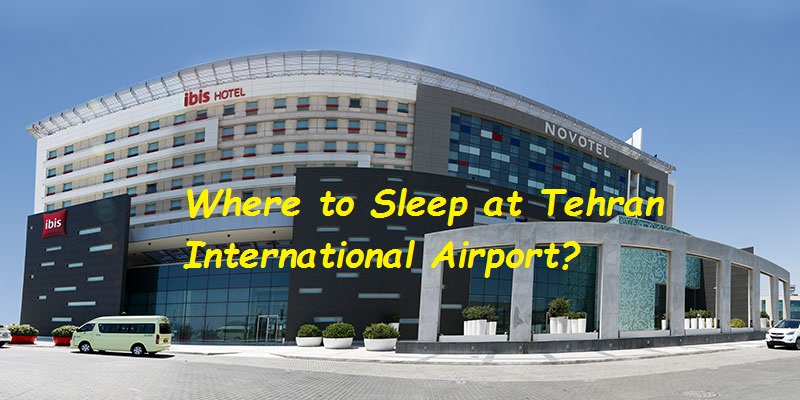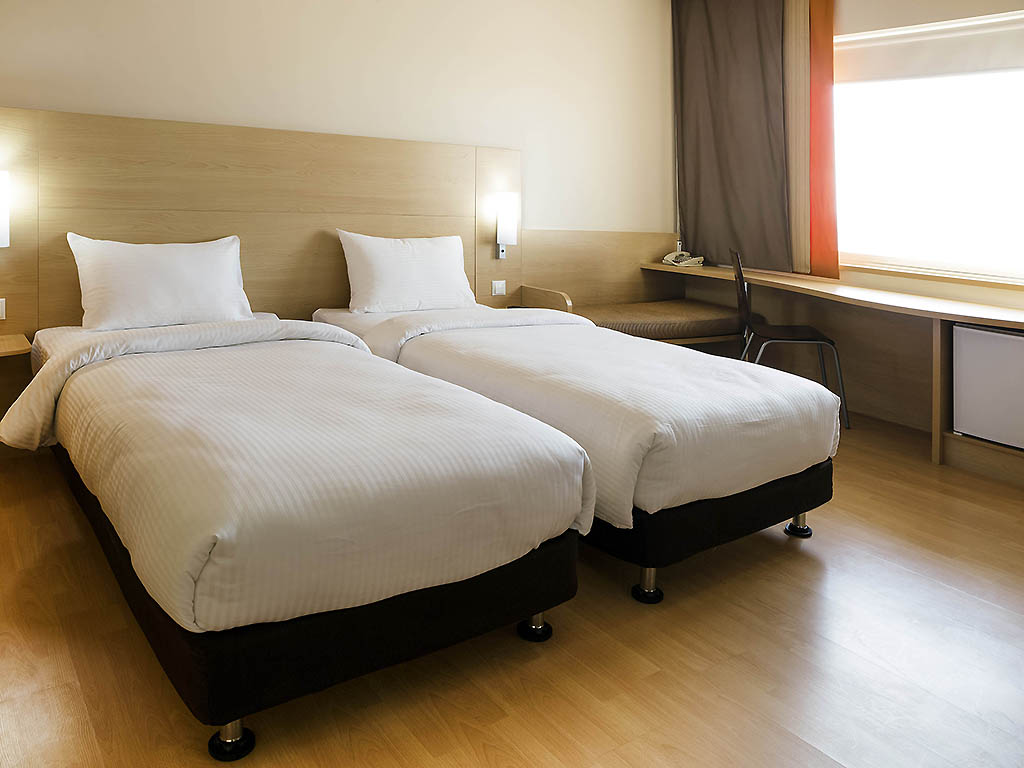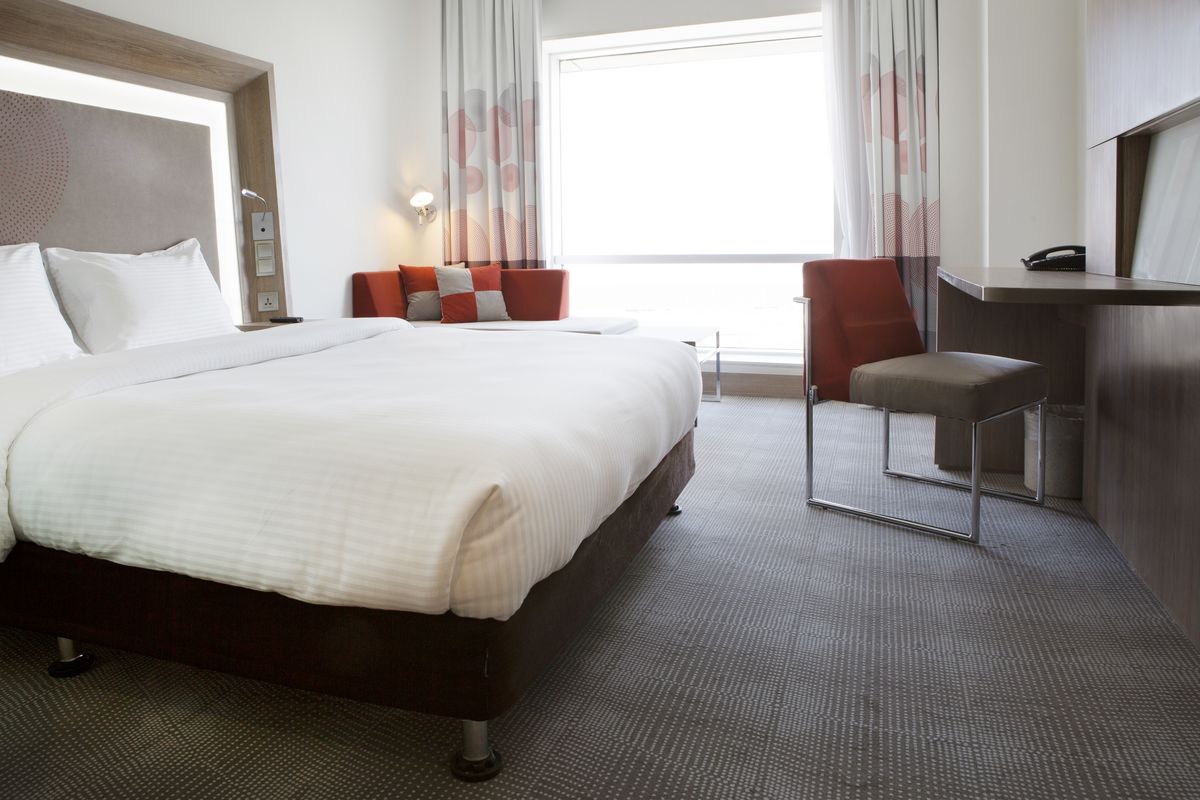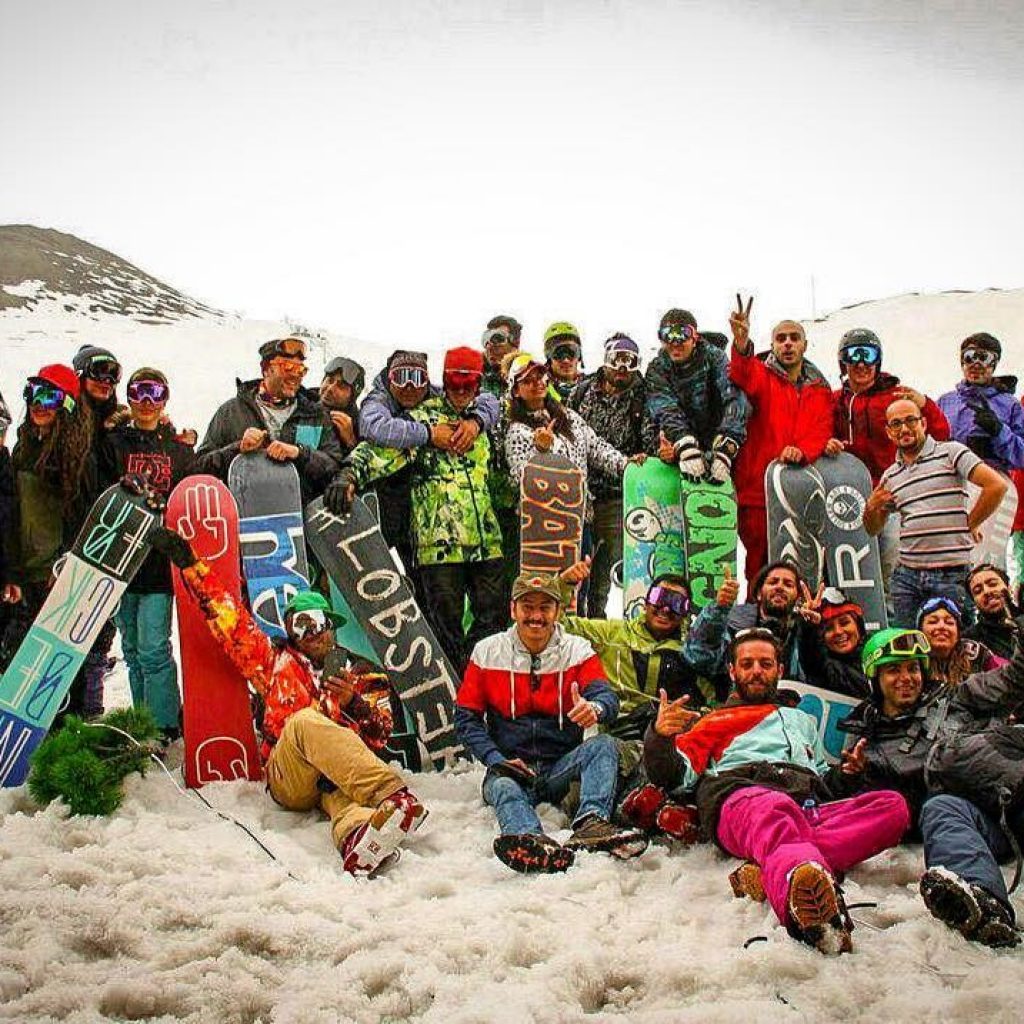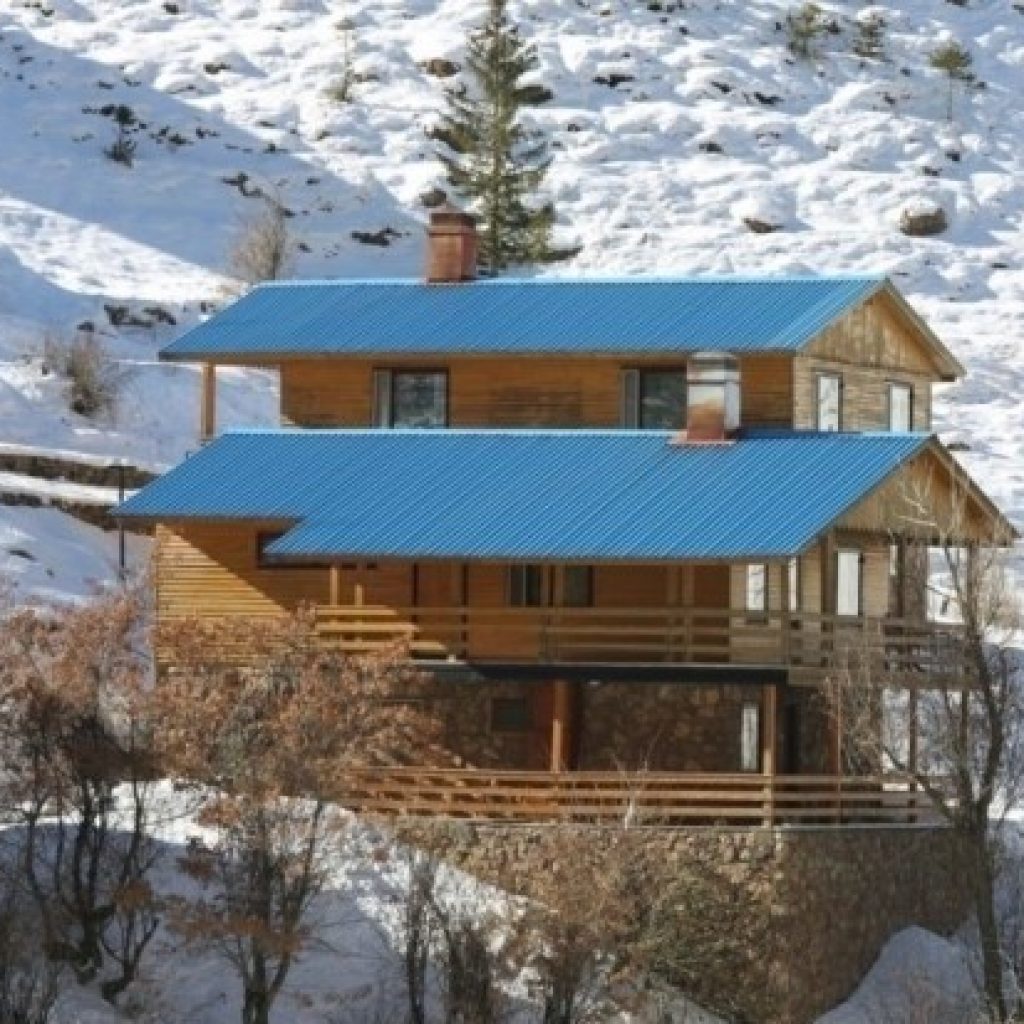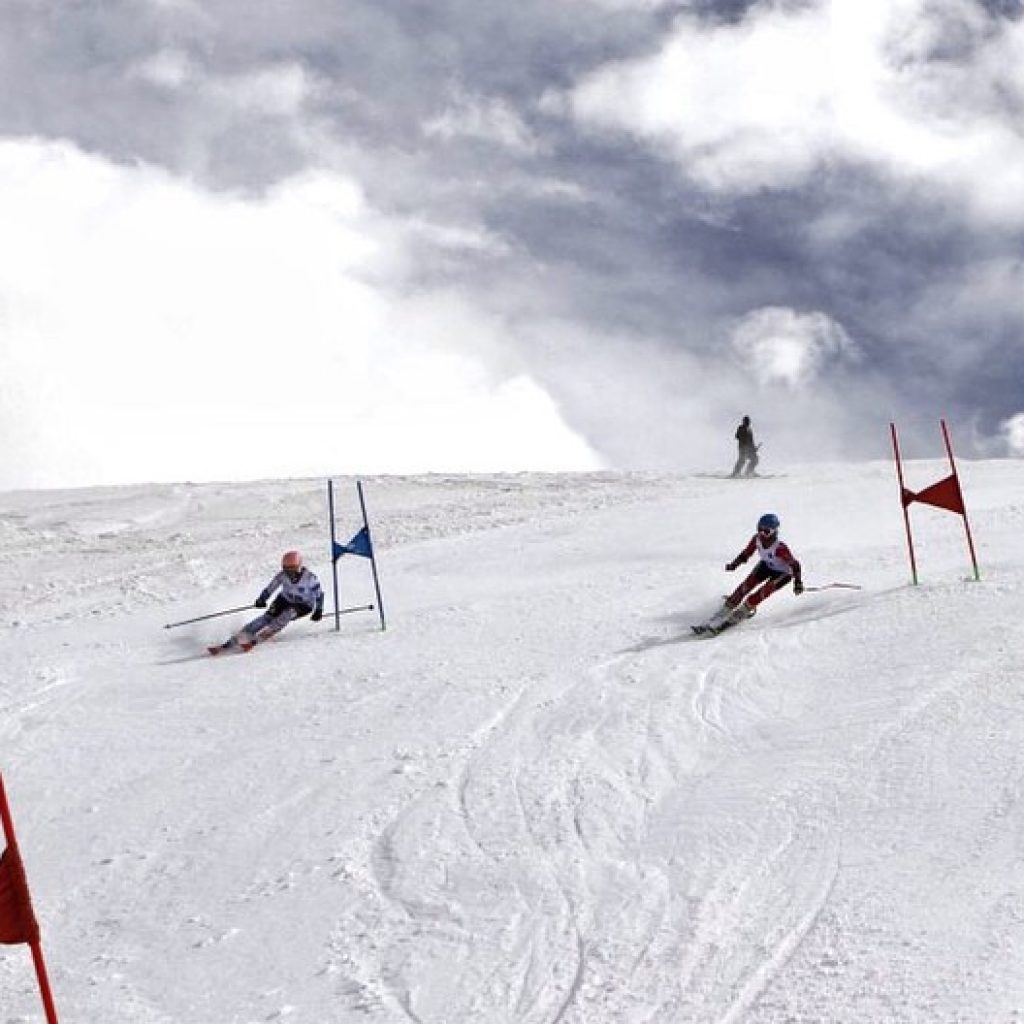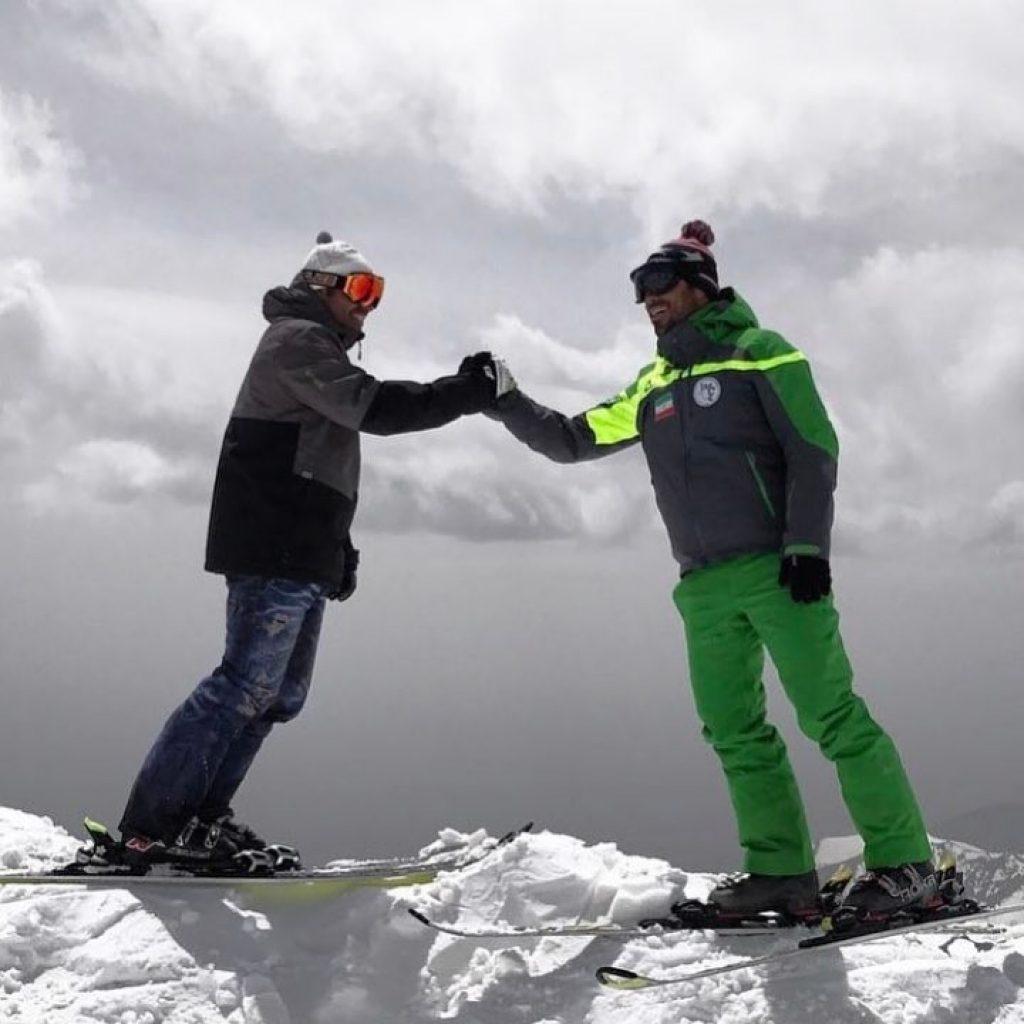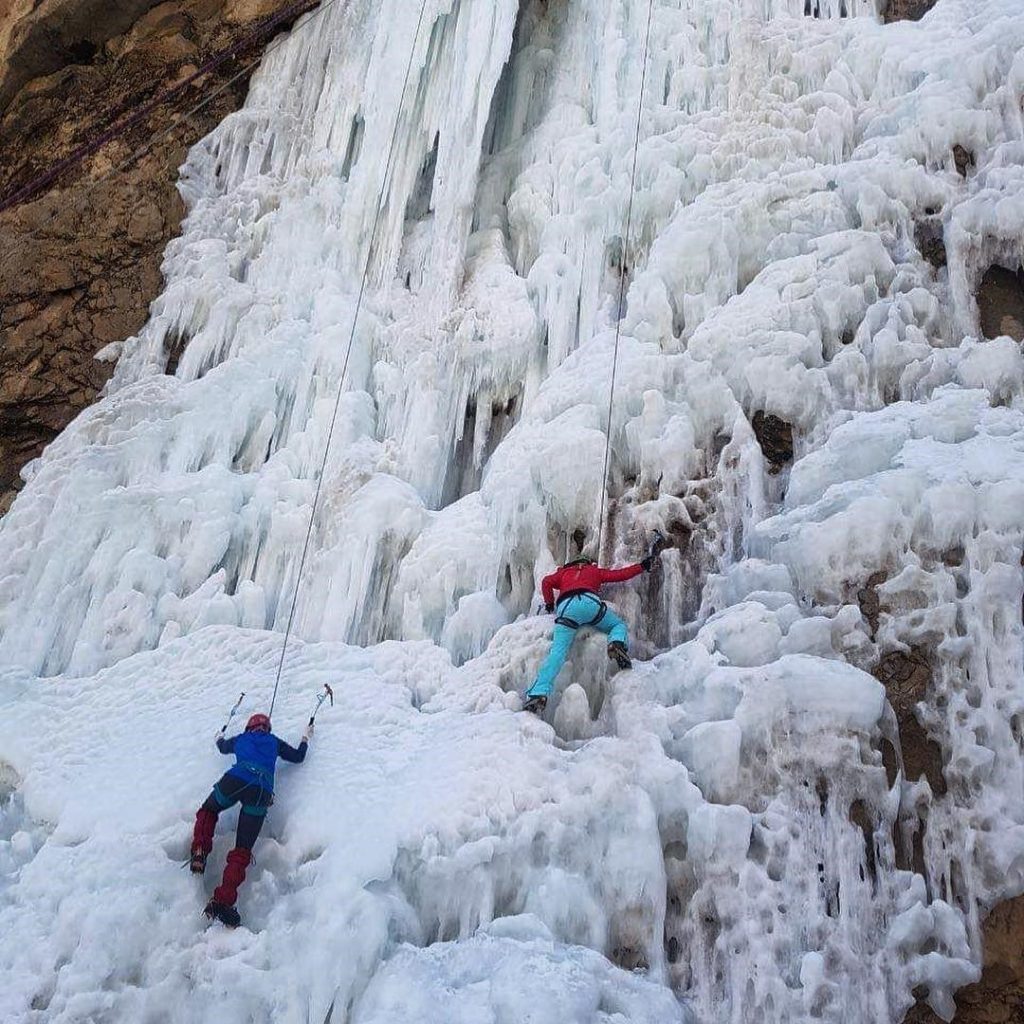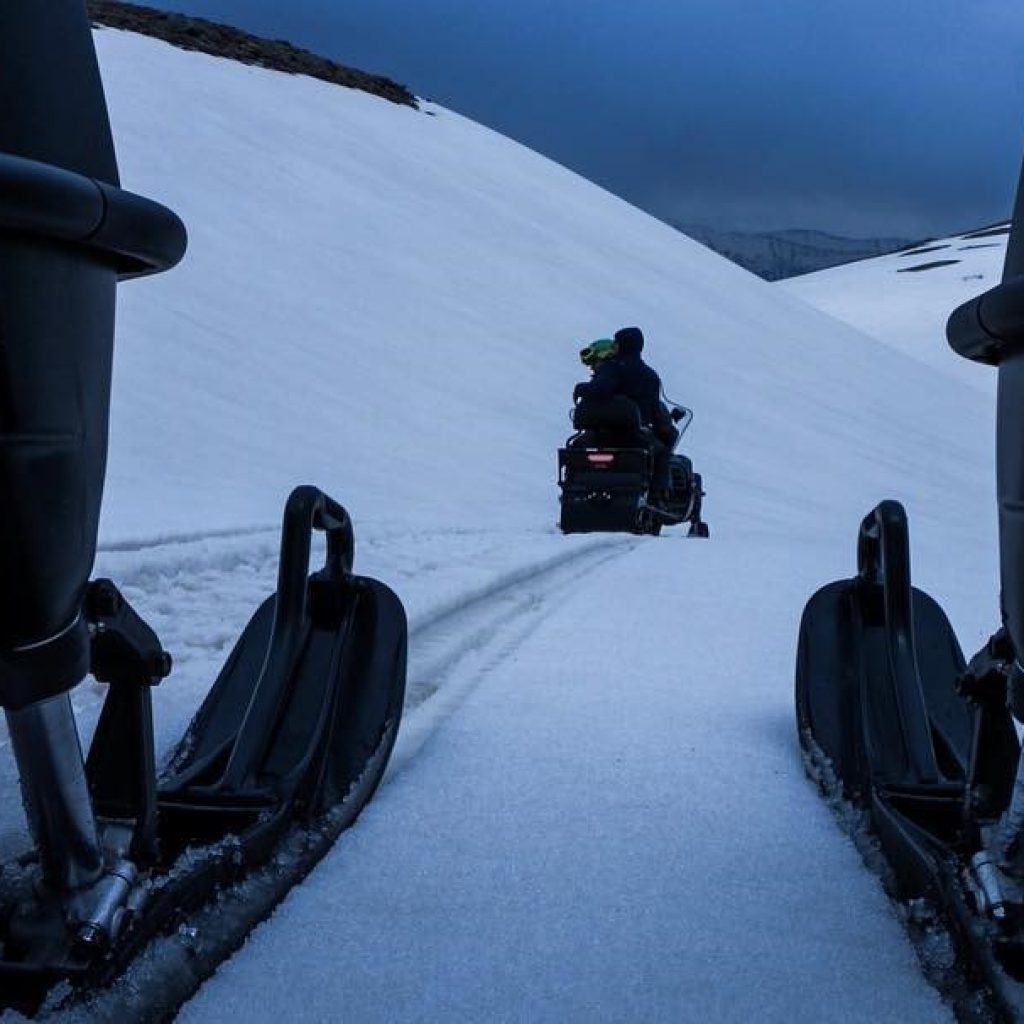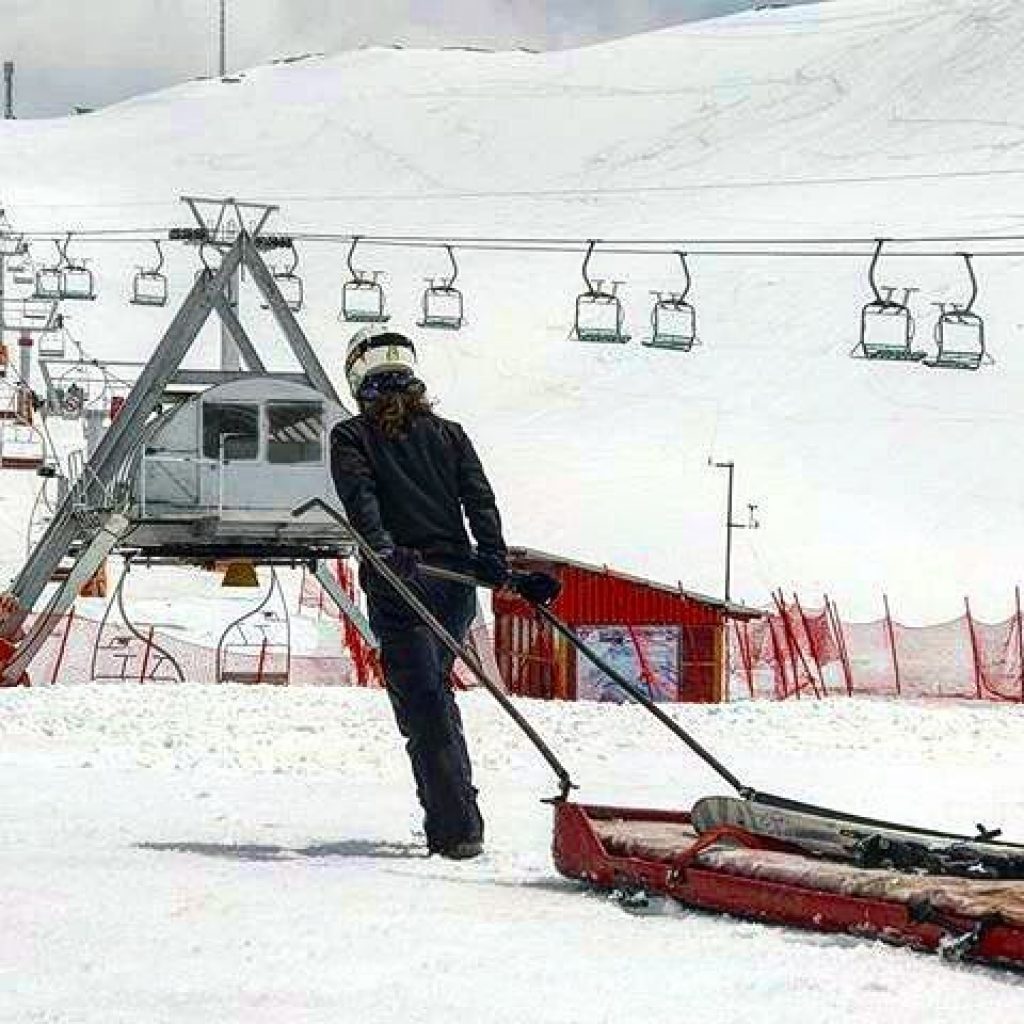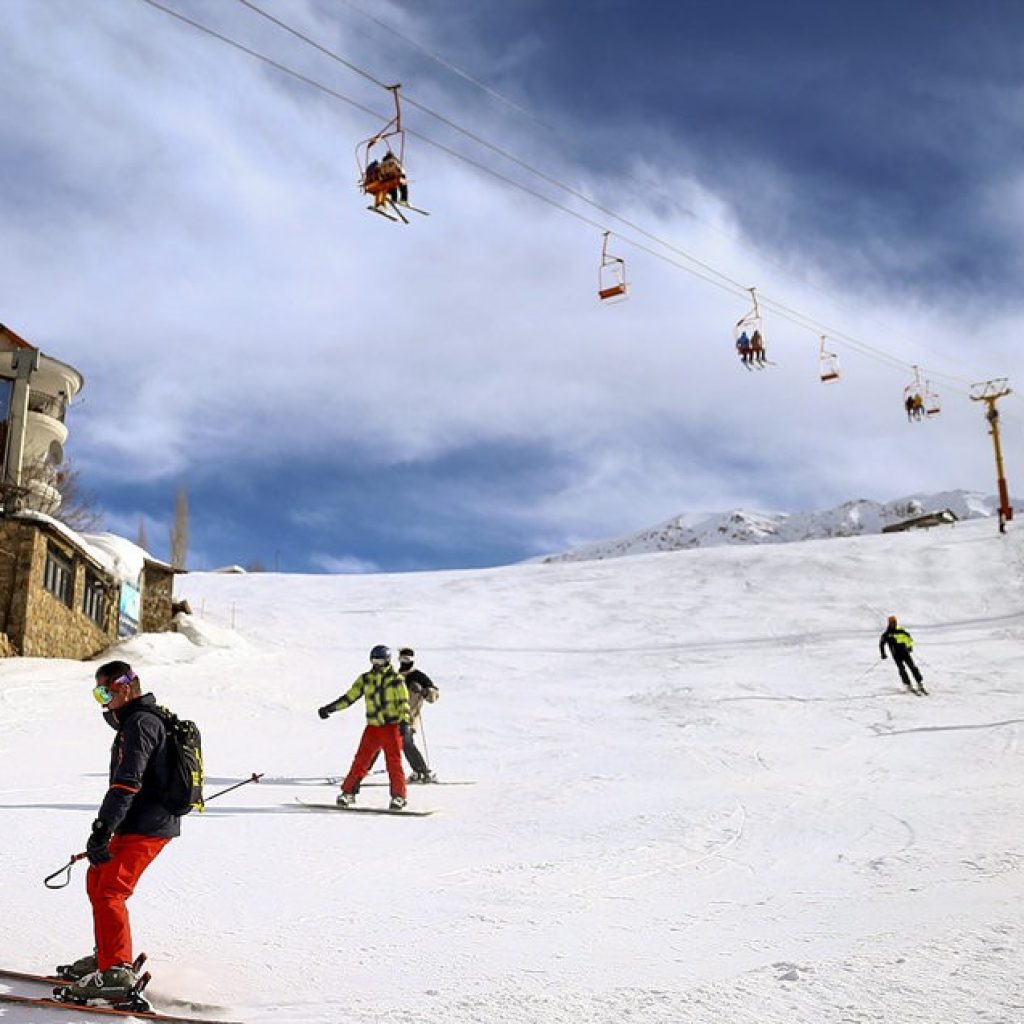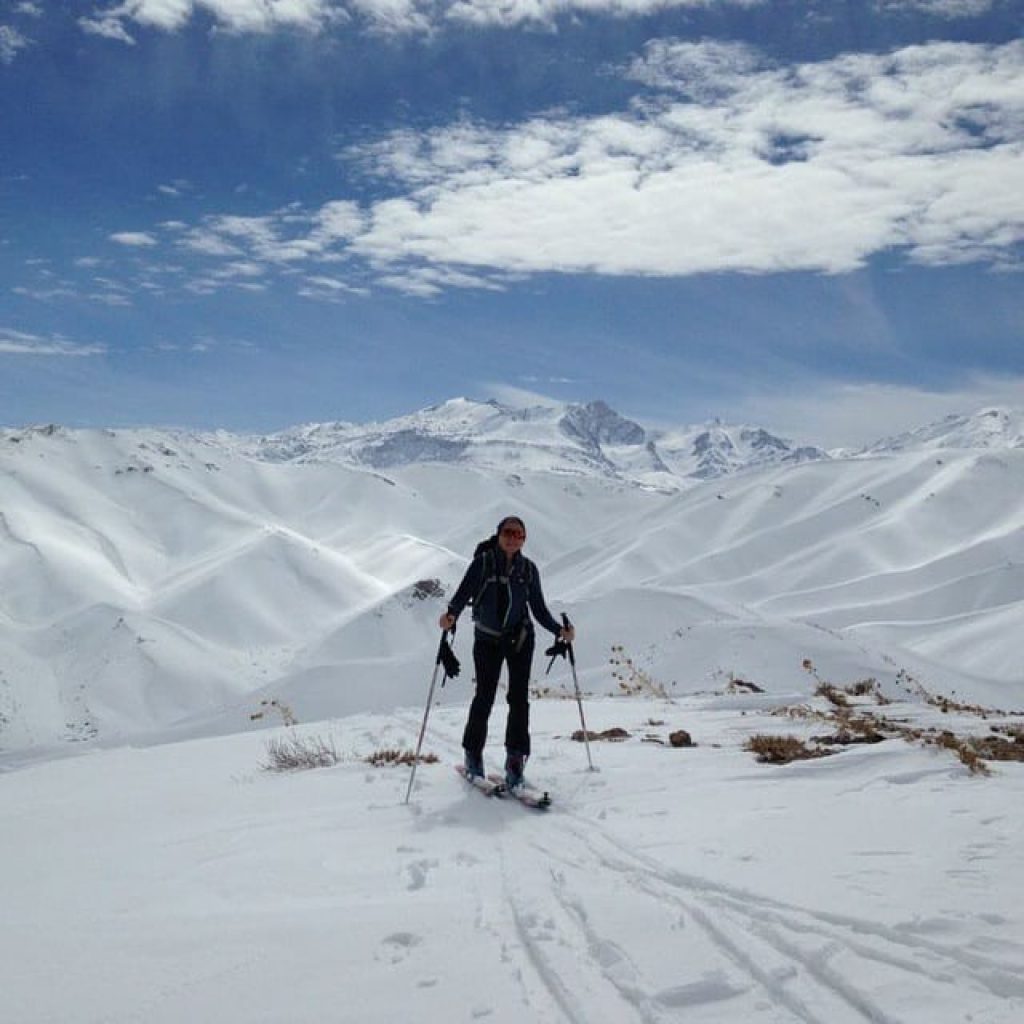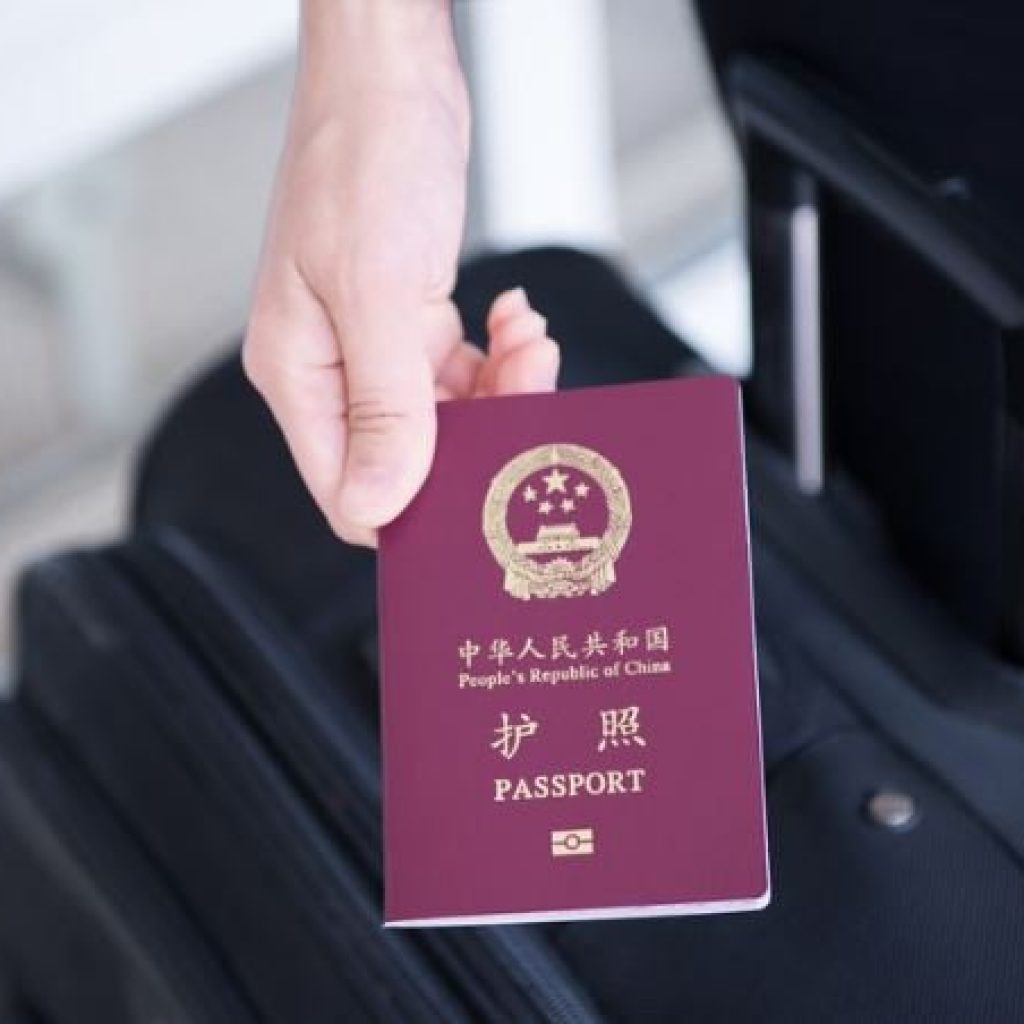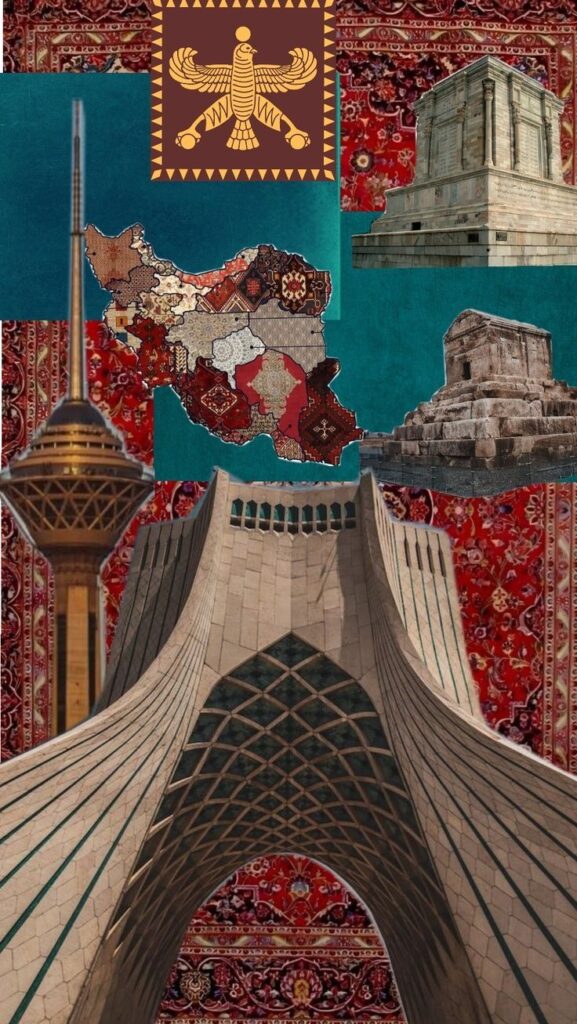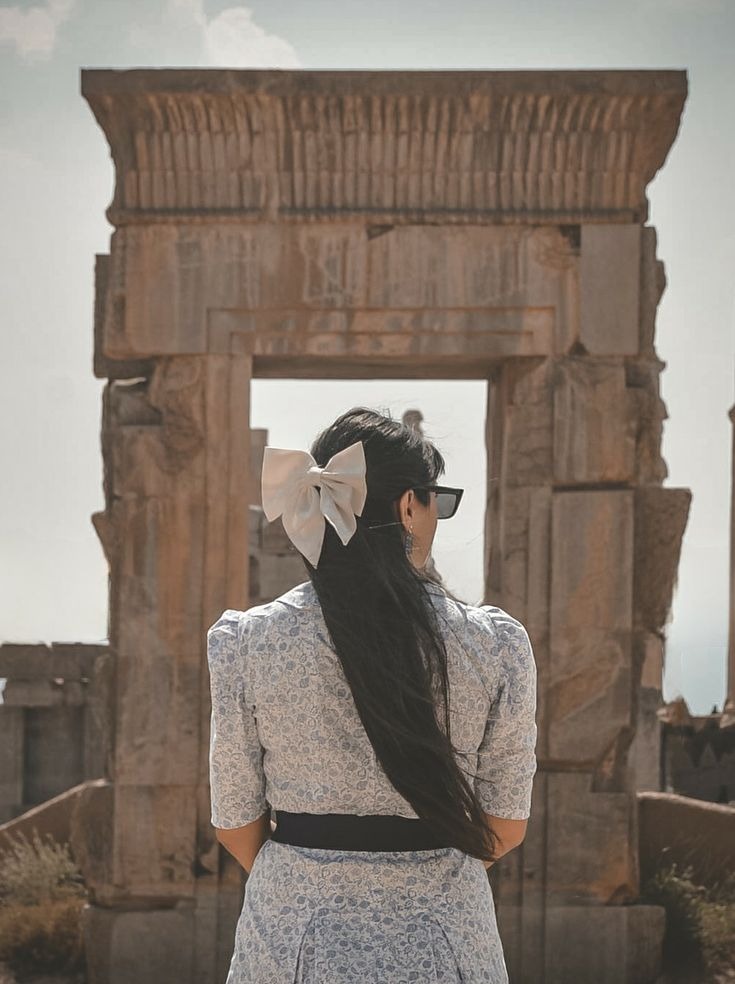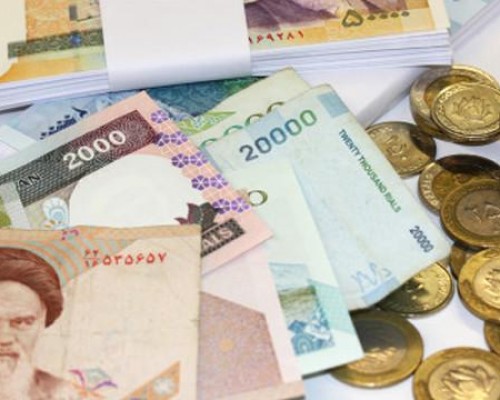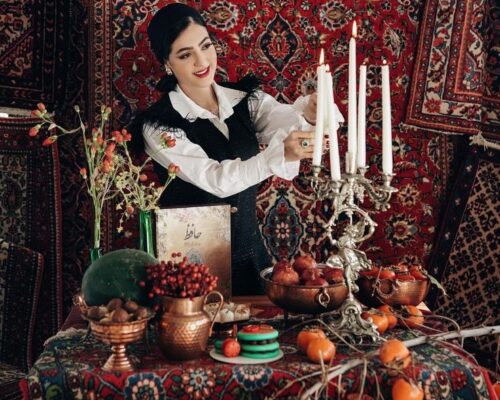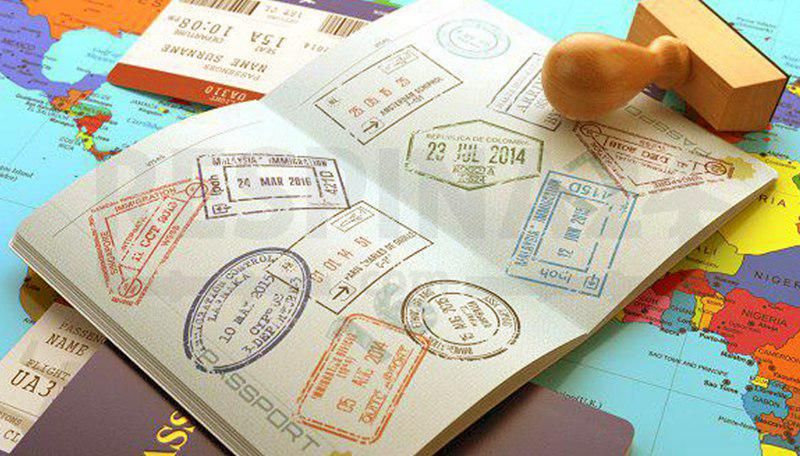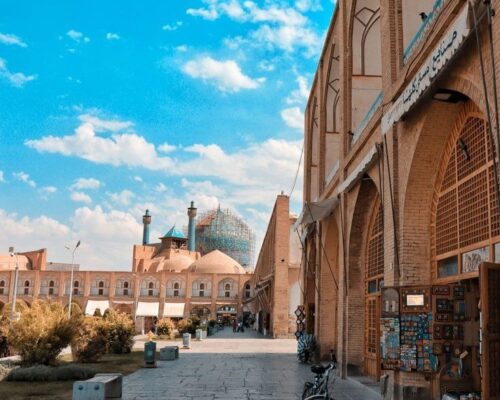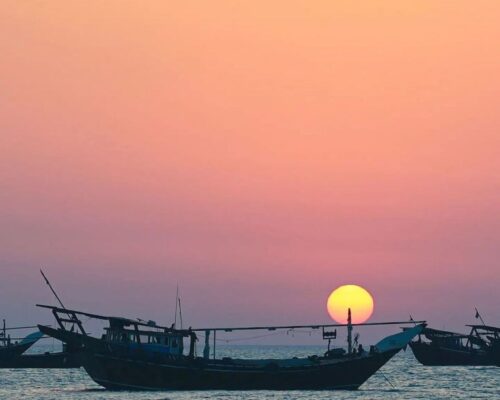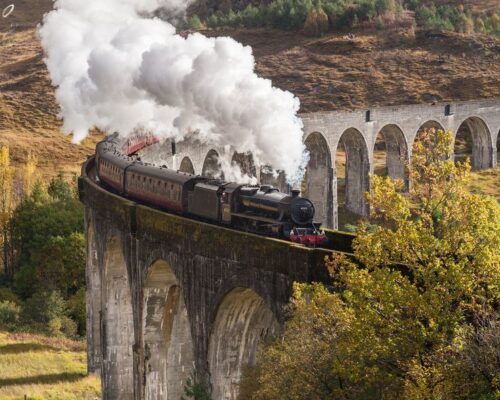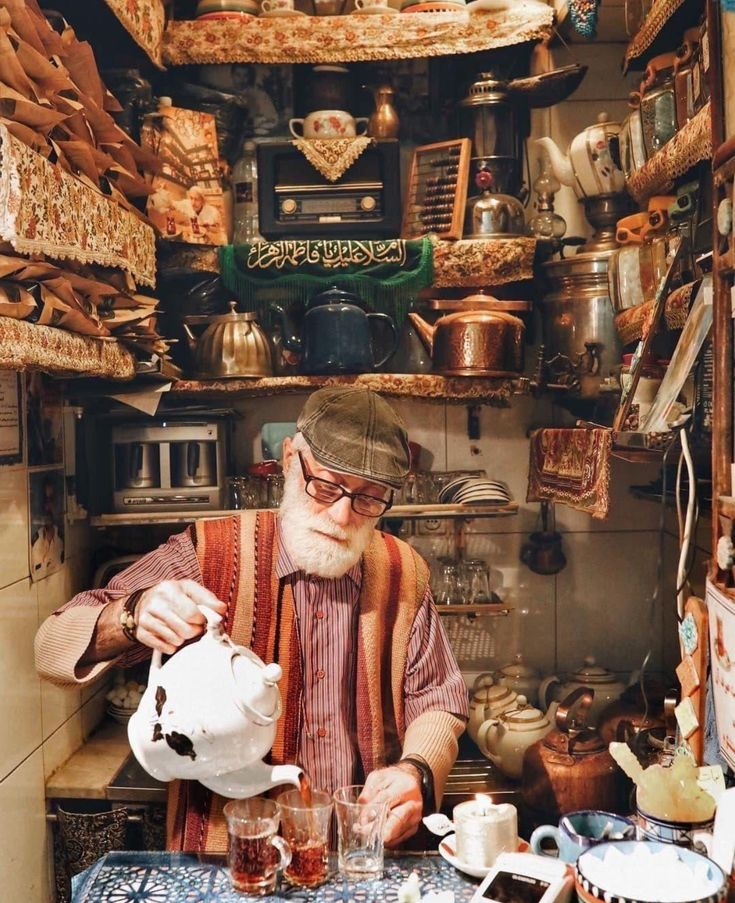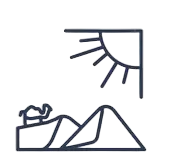Traveling to a new country always brings excitement — new tastes, new faces, and new stories to tell.
For many Chinese travelers, Iran might feel like a mysterious destination full of ancient wonders and warm smiles, yet sometimes there are small worries before the trip.
People often ask:
“Will I be able to communicate?”
“Will the culture feel too different?”
“Can I pay easily?”
“Is it safe?”
Let’s take a closer look at these questions — and see how, in reality, they’re not challenges at all. Iran welcomes Chinese guests with open arms, and every so-called ‘problem’ turns out to be a part of the adventure.
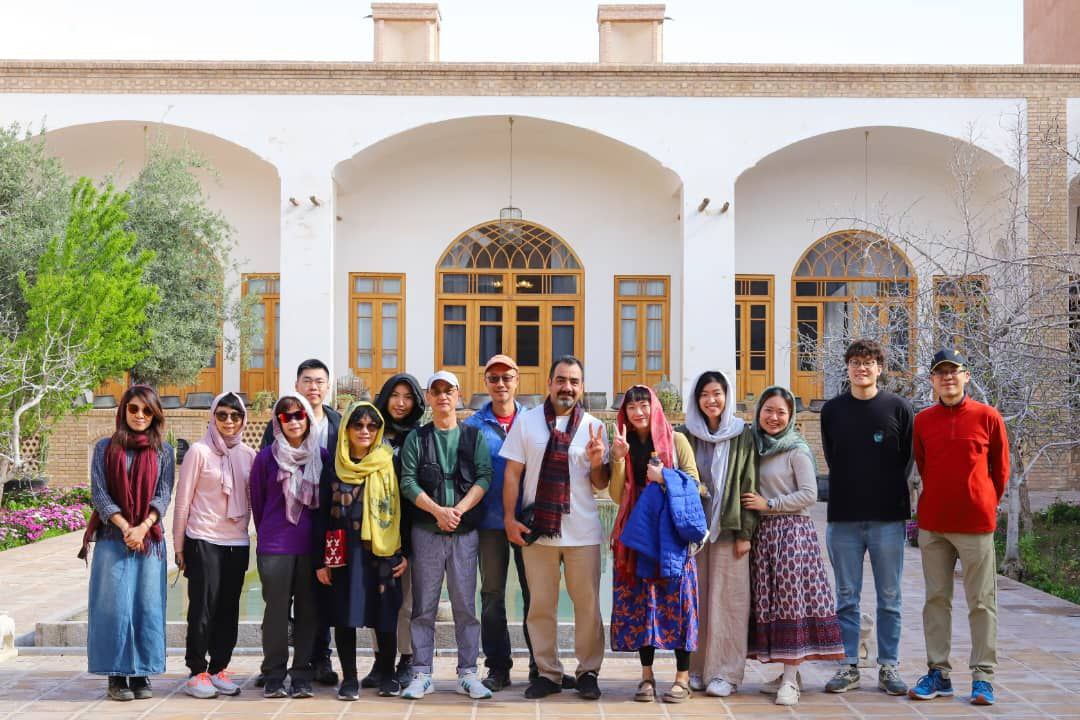
Language Barriers — But Never Communication Barriers
It’s true: Persian (Farsi) and Chinese are very different languages.
But here’s the secret — communication in Iran doesn’t always need words.
You’ll notice this the moment you arrive. At airports, hotels, and bazaars, people greet you with a smile and a warm “Welcome!” Iranians are famous for their friendliness and curiosity toward foreign guests. Even if you don’t speak the same language, you’ll still be understood — through smiles, gestures, and laughter.
Most hotels and tour guides who work with Chinese travelers speak English and are trained to assist international guests. Some even know a few Chinese phrases! And with translation apps like Baidu Translate or Google Translate, communication is smooth and fun.
In fact, many travelers say that not sharing a language actually made their journey more memorable — because every small interaction became a story.
Cultural Differences — The Joy of Discovery
Chinese and Persian cultures are both rich, ancient, and deeply respectful of tradition.
So yes, there are differences — but that’s exactly what makes travel so meaningful.
Maybe you’ll notice Iranians greet with a hand on the heart instead of a handshake. Or that families love gathering for long dinners filled with storytelling and poetry. Instead of feeling strange, these moments feel beautiful — because they show how another culture expresses warmth and connection.
You’ll enjoy trying Persian dishes flavored with saffron, rosewater, and pomegranate — tastes that are new yet comforting. You might be invited into a family home for tea, where the smell of freshly baked bread fills the air, and laughter echoes through the room.
Cultural differences aren’t obstacles — they’re doors. Each one opens to a new experience, a new friendship, a new way of seeing the world.
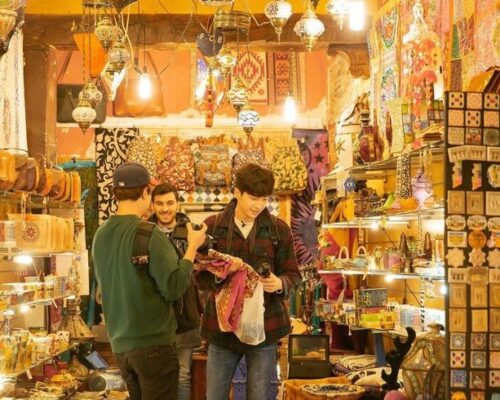
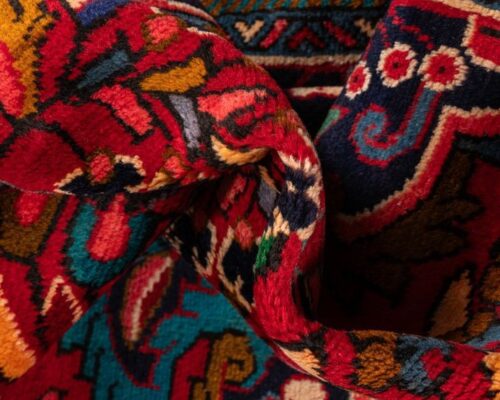
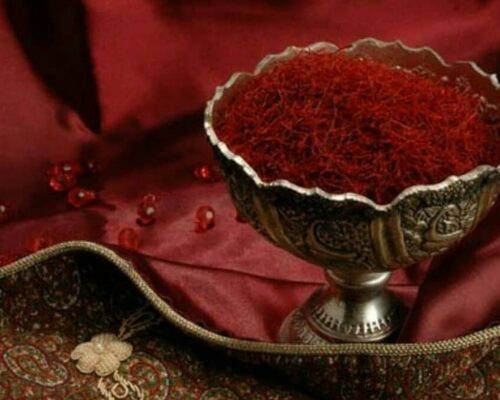
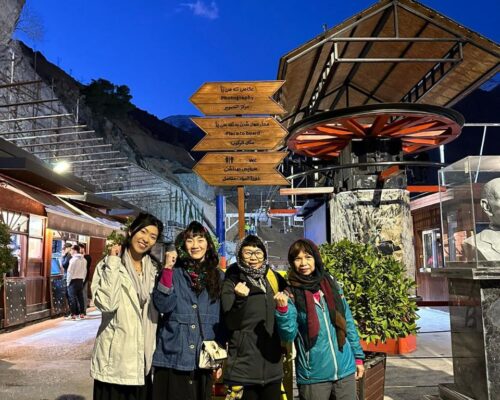
Unfamiliar Payment Methods — Modern and Easy Solutions
One common question from Chinese visitors is: “Can I use Alipay or my Chinese bank card in Iran?”
At the moment, international cards don’t work directly in Iran due to banking restrictions — but don’t worry. There are many simple and safe alternatives.
Most travel agencies (like ours) assist visitors by offering local prepaid travel cards that can be loaded with your travel budget. You can use these cards to pay in restaurants, shops, and even traditional bazaars. Many hotels and tourist sites also accept cash payments in Chinese Yuan or USD, and your tour guide will always help with smooth exchanges.
Recently, local payment solutions and mobile wallets designed especially for Chinese travelers have started growing.
So, instead of thinking about how to pay, you can focus on what to enjoy — maybe a handmade carpet, a piece of turquoise jewelry, or a bowl of rosewater ice cream.
Safety Concerns — Seeing the Real Iran
Before coming, some travelers worry because of what they’ve seen in international news.
But the truth is, Iran is one of the safest destinations in the Middle East — peaceful, family-oriented, and full of hospitality.
Walk through the streets of Shiraz at night, and you’ll see families enjoying ice cream and children playing in parks. In Yazd, you’ll meet shop owners who invite you in for tea just to chat.
Crime rates against tourists are extremely low, and the local people take pride in protecting and guiding visitors.
Travelers often say they feel more secure in Iran than in many other destinations. It’s a country where the phrase “Mi casa es su casa” truly comes to life — in Persian, it’s “Khosh Amadid” — meaning “you are warmly welcome.”
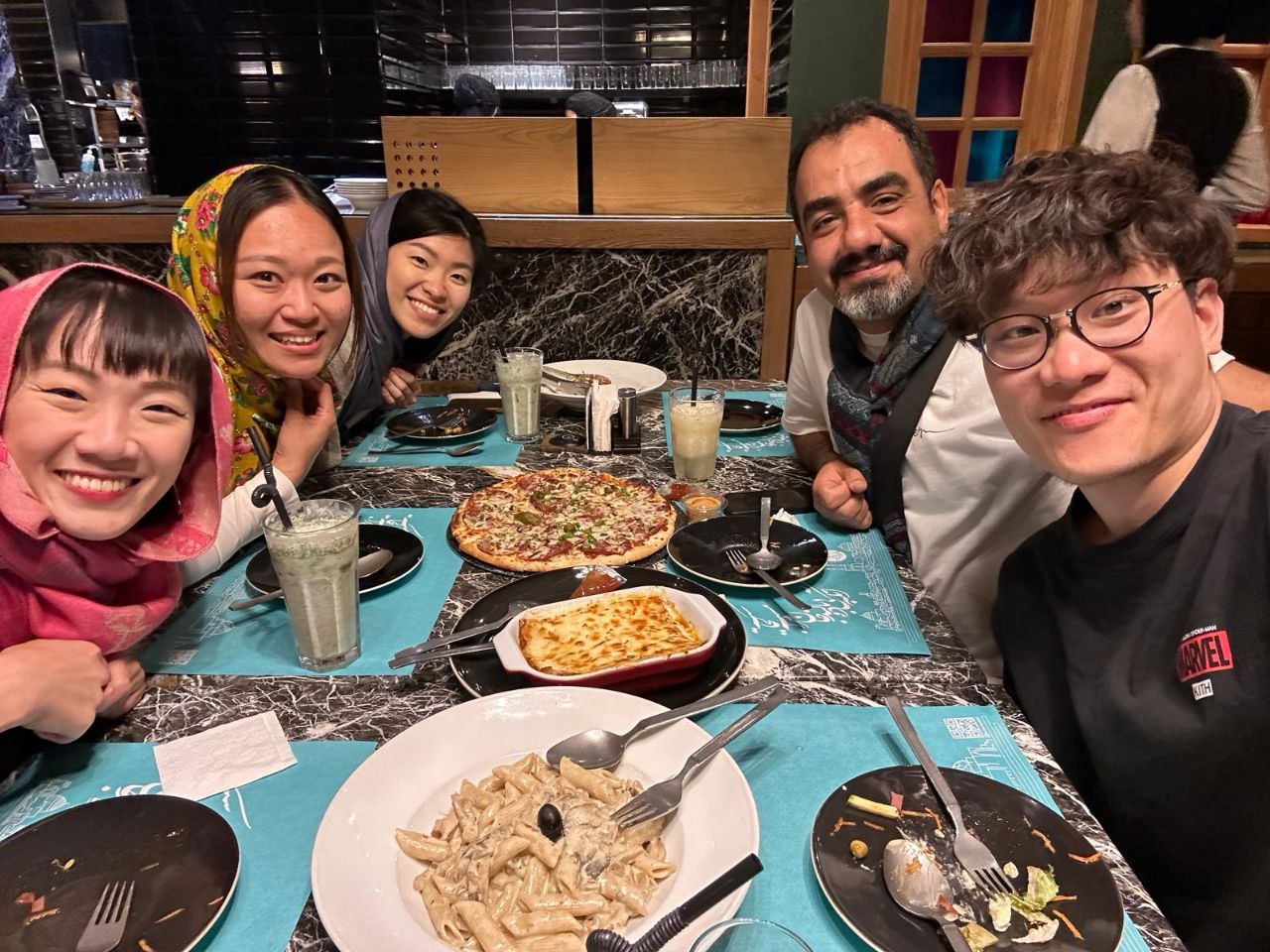
Turning Challenges into Beautiful Stories
So, are there challenges? Maybe small ones. But in Iran, every challenge turns into a story — one that makes you laugh later, one you’ll share with friends back home.
Language barriers become memories of kindness.
Cultural differences turn into friendship.
Payment systems turn into teamwork with your guide.
And safety concerns vanish as you experience real Iranian hospitality.
Iran is not just a destination — it’s a feeling. It’s the sound of prayer echoing softly at sunset, the taste of kebab on saffron rice, the scent of rosewater in the air, and the touch of ancient stone beneath your fingers.
By the time you leave, you’ll realize: what you once called “challenges” were actually the most beautiful parts of your journey.
❤️ Welcome to Iran — A Country Ready for Friendship
Iran is ready for Chinese travelers — with expert guides, comfortable hotels, delicious food, and a genuine desire to make you feel at home.
Here, every smile tells you that you’re not just a visitor — you’re a guest, a friend, a story waiting to happen.
So pack your curiosity, your camera, and your love for discovery.
Because Iran is waiting — and it’s ready to surprise you in the best way.
- 📍 Isfahan, Kashan, Shiraz, Yazd
from:
from:

